Advancing Plant Cell Wall Modelling: A Review
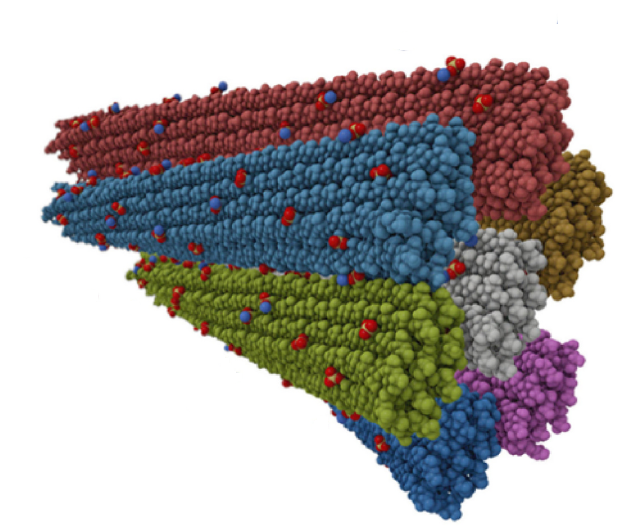
The complexity of plant cell walls at different hierarchical levels still hinders the detailed understanding of biosynthetic pathways, impedes processing in industry, and ultimately limits the applicability of cellulosic materials. While there are many challenges to readily accessing these hierarchies at (sub-)angstrom resolution, the development of advanced computational methods has the potential to unravel essential […]
An Engineered Enzyme Embedded into PLA to Make Self-Biodegradable Plastic

Plastic production reached 400 million tons in 2022, with packaging and single-use plastics accounting for a substantial amount. The resulting waste ends up in landfills, incineration or the environment, contributing to environmental pollution. Shifting to biodegradable and compostable plastics is increasingly considered an efficient waste-management alternative. Although polylactide (PLA) is the most widely used bio-sourced […]
Predicting Glycan Structure from Tandem Mass Spectrometry via Deep Learning
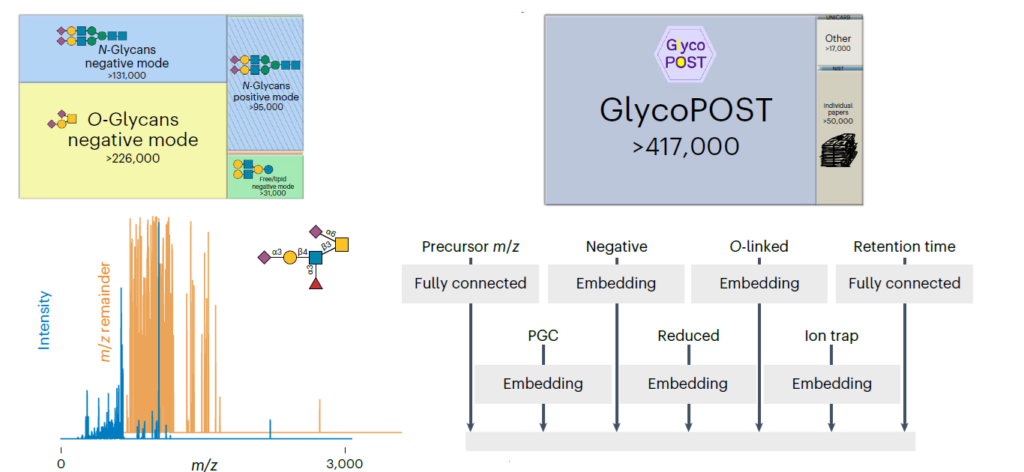
Glycans constitute the most complicated post-translational modification, modulating protein activity in health and disease. However, structural annotation from tandem mass spectrometry (MS/MS) data bottlenecks in glycomics, preventing high-throughput endeavors and relegating glycomics to a few experts. Trained on a newly curated set of 500,000 annotated MS/MS spectra, the authors present CandyCrunch, a dilated residual neural […]
Accurate Structure Prediction of Biomolecular Interactions with AlphaFold 3
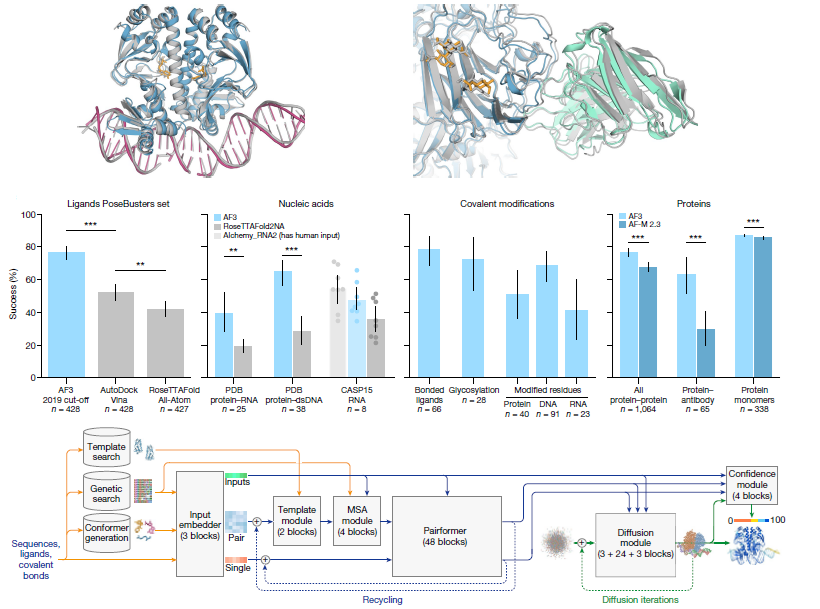
The introduction of AlphaFold 2 has sparked a revolution in the modelling of protein structure and of proteins and their interactions. It enables a wide range of applications in protein modelling and design. The article presents the AlphaFold 3 model with a significantly updated diffusion-based architecture. It is capable of predicting the joint structure of […]
Highly accurate carbohydrate-binding site prediction with DeepGlycanSite

Understanding how carbohydrates regulate proteins in physiological and pathological processes provides opportunities to address key biological problems and develop new therapeutics. The diversity and complexity of carbohydrates pose a challenge in experimentally identifying the sites where carbohydrates bind to and act on proteins. The authors present a deep learning model, DeepGlycanSite, that can accurately predict […]
Comprehensive characterization of bacterial glycoconjugate vaccines by liquid chromatography – mass spectrometry

Bacterial pathogens can cause a wide range of infections with adverse health effects. The development of vaccines is essential as multi-drug resistance in bacterial infections is an increasing concern. Recombinant O-antigen glycosylated proteins are promising glycoconjugate vaccine candidates for the prevention of bacterial infections. However, methods for their comprehensive structural characterisation are lacking. The article […]
Beyond Neptune, ionizing radiation exposure on Arrokoth shapes a sugar world.
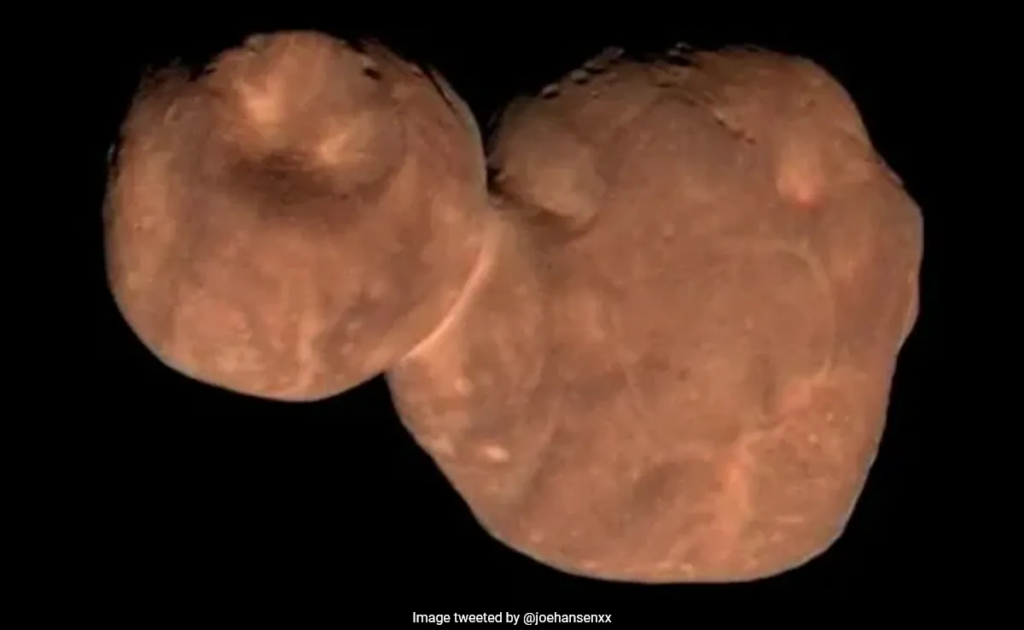
The Kuiper Belt object (KBO) Arrokoth orbits the Sun as part of the Kuiper belt of objects beyond the planet Neptune. It is the farthest object in the Solar System ever visited by a spacecraft. Arrokoth possesses a distinctive reddish surface and is characterized by pronounced spectroscopic features associated with methanol. Apart from looking like […]
Glycosaminoglycans exhibit distinct interactions and signaling with Modulating Bone Morphogenetic Protein (BMP) according to their nature and localization
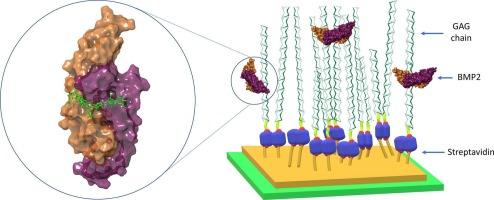
The role of glycosaminoglycans (GAGs) in modulating bone morphogenetic protein (BMP) signaling is a relatively emerging and under-explored area. Conflicting reports suggest a dual effect: some suggest a positive influence, while others show a negative effect. This duality suggests that the localization of GAGs (either on the cell surface, in the surface, or within the […]
What comes next in glycobiology

Glycans, due to their variable compositions and highly dynamic conformations, significantly enhance the diversity of the molecules or cells to which they are attached. These characteristics make them important contributors to biological function and overall organismal health, but they also present challenges for research. Nevertheless, there are promising advancements on the horizon for the future […]
From Complex Data to Clear Insights: Visualizing Molecular Dynamics Trajectories
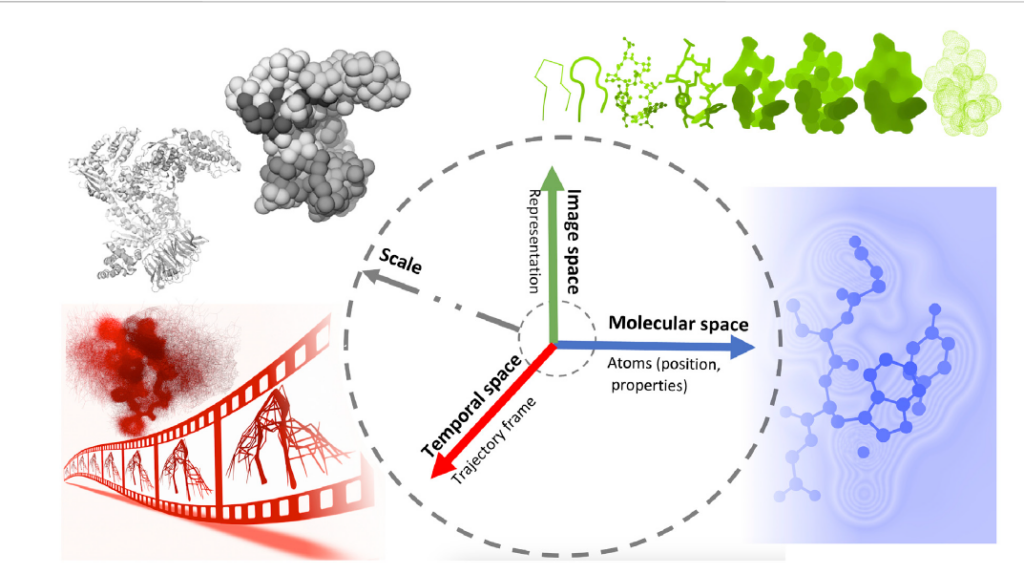
Advances in simulation, combined with technological developments in high-performance computing, have made it possible to produce physically accurate dynamic representations of complex biological systems involving millions to billions of atoms over increasingly longer simulation times. Analysis of these computational simulations is crucial, involving the interpretation of structural and dynamic data to gain insight into the […]
Vaccines and Monoclonal Antibodies as Alternative Strategies to Antibiotics to Fight Antimicrobial Resistance
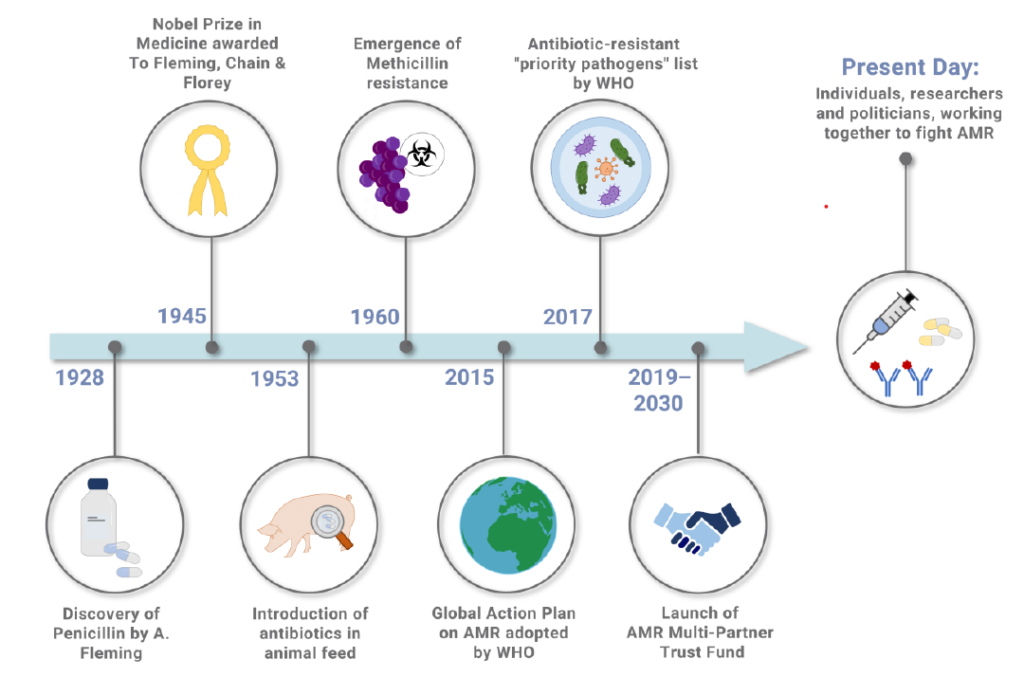
Antimicrobial resistance (AMR) is one of the most critical threats to global public health in the 21st century, causing many deaths each year in both high-income and low- and middle-income countries. Vaccines and monoclonal antibodies can be used to prevent and treat diseases caused by AMR pathogens, thereby reducing the use of antibiotics and the […]
From Periphery to Center Stage: 50 Years of Advancements in Innate Immunity

/ Over the past 50 years in the field of immunology, something of a Copernican revolution has happened. For a long time, immunologists were mainly concerned with what is termed adaptive immunity, which involves the exquisitely specific activities of lymphocytes. But the other arm of immunity, so-called ‘‘innate immunity,’’ had been neglected. To celebrate Cell’s […]
Ion Mobility Mass Spectrometry-based Disaccharide Analysis of Glycosaminoglycans

Glycosaminoglycans (GAGs) are linear acidic polysaccharides, ubiquitous molecules involved in a wide range of biological processes. Despite their seemingly simple structure, with a repeating backbone of alternating hexuronic acid and hexosamine dimers, GAGs present a highly complex structure, mainly due to their heterogeneous sulfation patterns. The commonly used method for compositional analysis of all GAGs […]
Bacterial synthase-dependent exopolysaccharide secretion: a focus on cellulose

Bacterial biofilms are a prevalent multicellular life form in which individual members can undergo significant functional differentiation and are typically embedded in a complex extracellular matrix of proteinaceous fimbriae, extracellular DNA, and exopolysaccharides (EPS). Bacteria have evolved at least four major mechanisms for EPS biosynthesis, of which the synthase-dependent systems for bacterial cellulose secretion (Bcs) […]
The evolving world of milk oligosaccharides: Biochemical diversity understood by computational advances
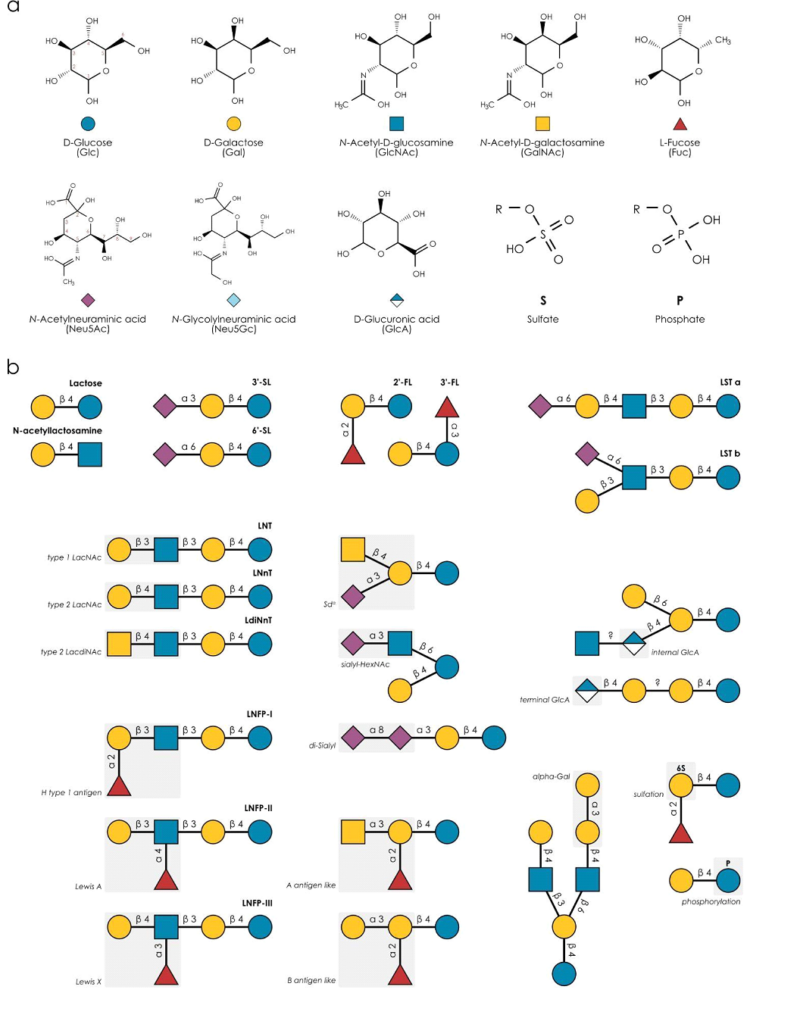
Milk oligosaccharides, complex carbohydrates unique to mammalian milk, play a crucial role in infant nutrition and immune development. This review explores their biochemical diversity, tracing the evolutionary pathways that have led to their variation across species. The authors highlight the intersection of nutrition, biology and chemistry in understanding these compounds. In addition, they discuss the […]
Monitoring carbohydrate 3D structure quality with the Privateer database
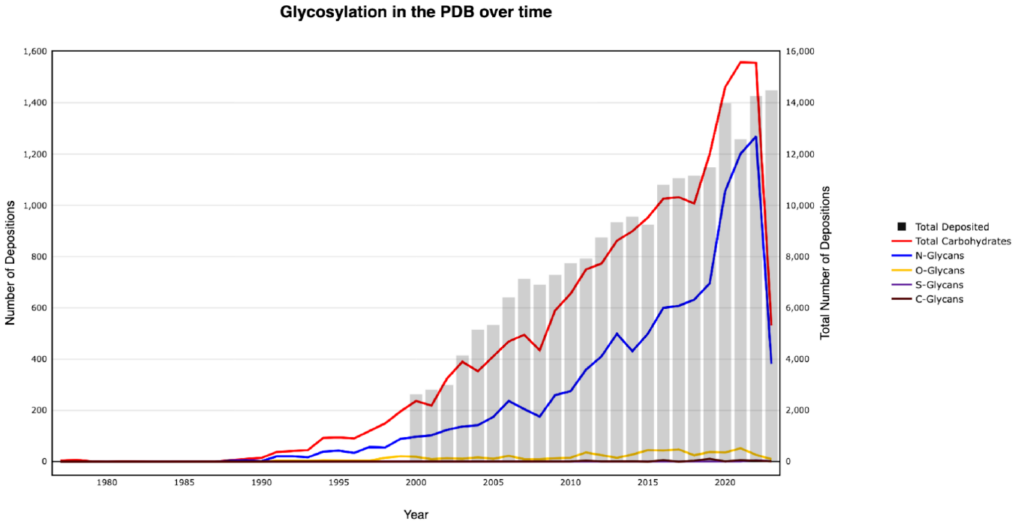
The Protein Data Bank’s (PDB) carbohydrate data clean-up has brought many improvements in the discoverability and interpretability of deposited glycan structures, but crucial quality indicators are either missing or difficult to find on the PDB pages. Without the ability to access the broader glycochemical context, problematic structures can be taken as fact by eager but […]
Mirror-image cyclodextrins
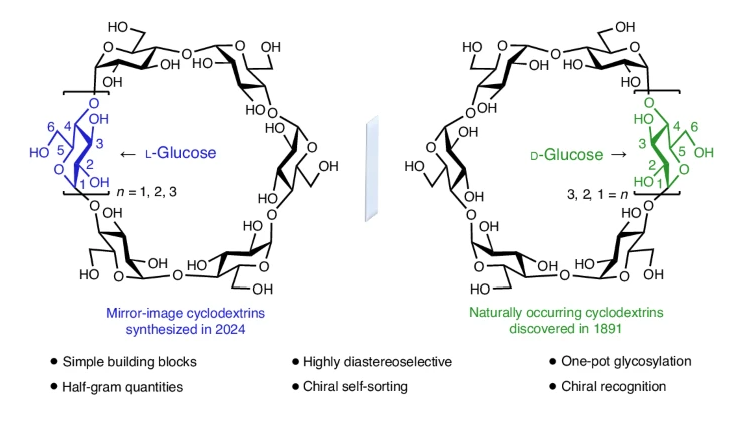
Naturally occurring cyclodextrins (CDs) have been studied intensively and extensively for more than a century. CDs possess inherently stable chiralities, making them versatile players in various technology fields. Although naturally occurring CDs can be mass-produced by enzymatic modification of amylose, their mirror images have remained inaccessible. Here, the authors report the syntheses of three mirror-image […]
Glycolanguage of the oral microbiota
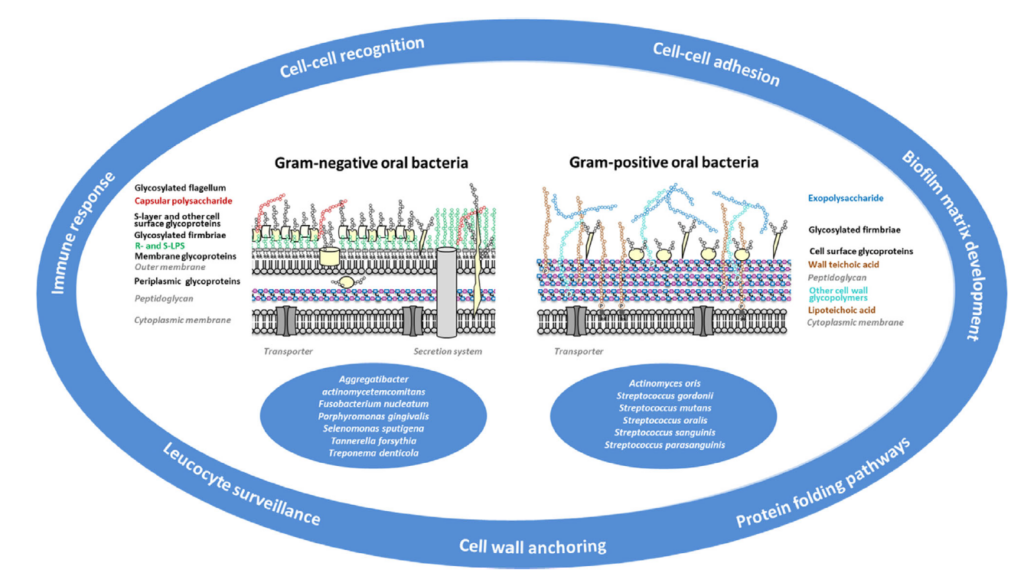
The oral cavity is home to a diverse and dynamic bacterial biofilm community that is central to maintaining oral health and, if dysbiotic, can contribute to various diseases. As unmatched carriers of biological information, glycans are involved in the underlying processes that shape oral health and disease. The bacterial glyco-infrastructure – comprising compounds as diverse […]
Extracellular Matrix Cues Regulate Mechanosensing and Mechanotransduction of Cancer Cells
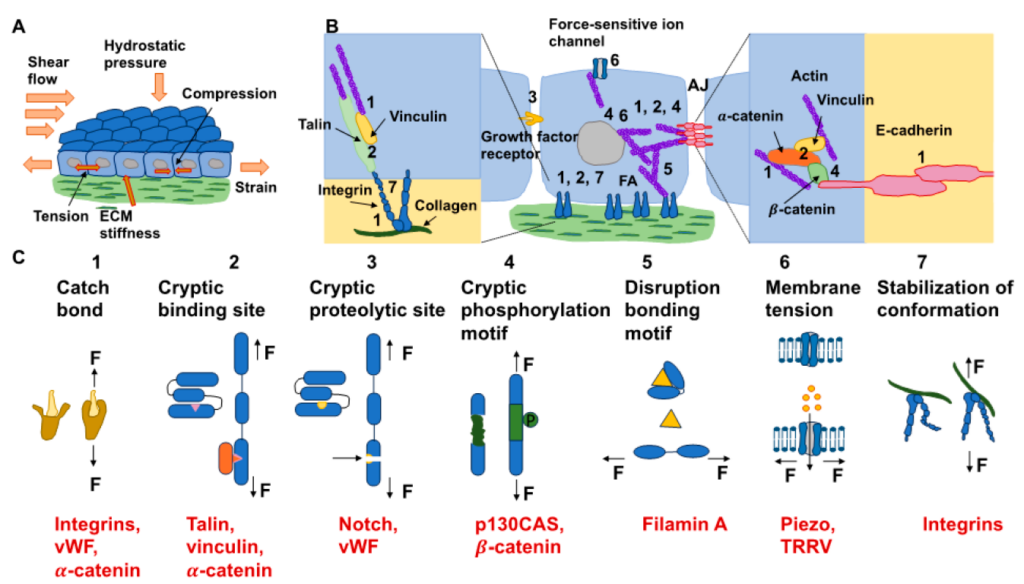
Extracellular biophysical properties have particular implications for various cellular behaviours and functions, including growth, motility, differentiation, apoptosis, gene expression, cell-matrix and cell-cell adhesion, and signaling, including mechanotransduction. Cells not only respond to distinct mechanical cues from the extracellular matrix (ECM)? They can manipulate the mechanical properties of the matrix in parallel with biological properties, thereby […]
A biological guide to glycosaminoglycans: current perspectives and pending questions

Glycosaminoglycans (GAGs) were first considered structural components of the ECM and were then found to regulate numerous biological processes, such as signalling, cell–matrix interactions, and host–pathogen interactions. This article focuses on the biological landscape of GAGs. It summarizes, first, key biological findings for the most widespread GAGs, namely hyaluronan (HA), chondroitin sulfate/dermatan sulfate (CS/DS), keratan […]
GlycoSHIELD: Rapid simulation of glycoprotein structures by grafting and steric exclusion of glycan conformer libraries

Most membrane proteins are modified by the covalent addition of complex sugars through N- and O-glycosylation. Unlike proteins, glycans do not typically adopt specific secondary structures and remain highly mobile, potentially shielding large fractions of the protein surface. Their high degree of conformational freedom hinders the complete structural elucidation of glycoproteins. Computer simulations can be […]
Spaceflight Impacts Xyloglucan Oligosaccharide Abundance
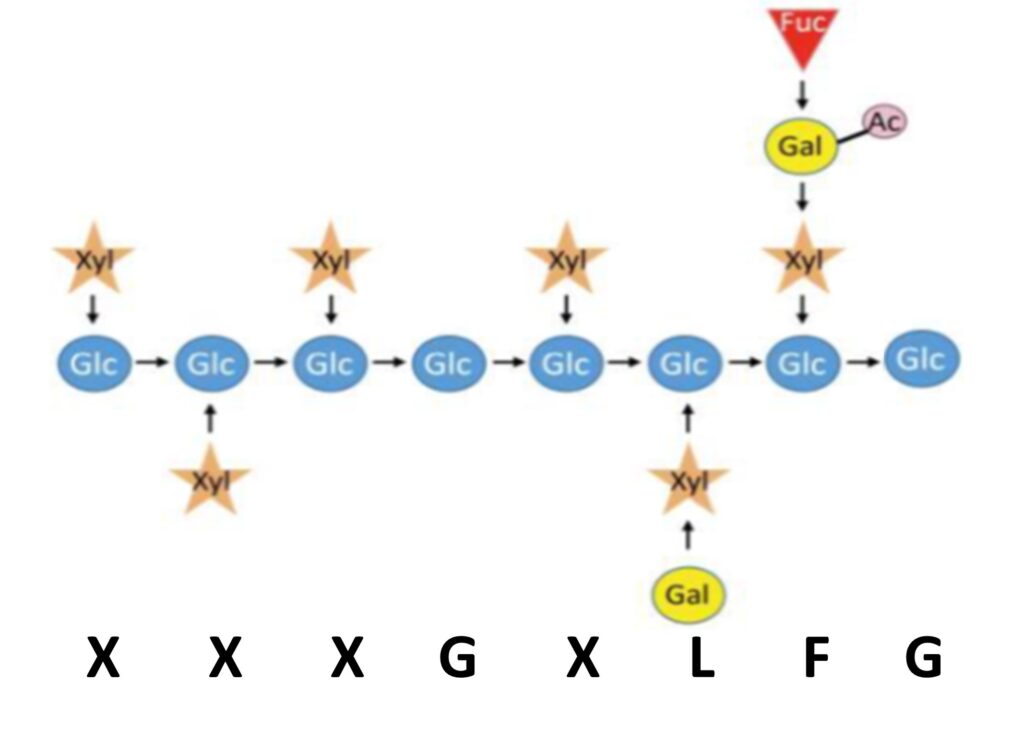
Over more than a decade, studies in space biology have consistently revealed significant cell wall remodelling in various plants grown in space. This article presents a mass spectrometric approach to analyze the fundamental composition of xyloglucan, the predominant hemicellulose found in dicot cell walls, in plants cultivated in space. Utilizing four representative Arabidopsis root samples […]
The accomplices: Heparan sulfates and N-glycans foster SARS-CoV-2 spike: ACE2 receptor binding and virus priming
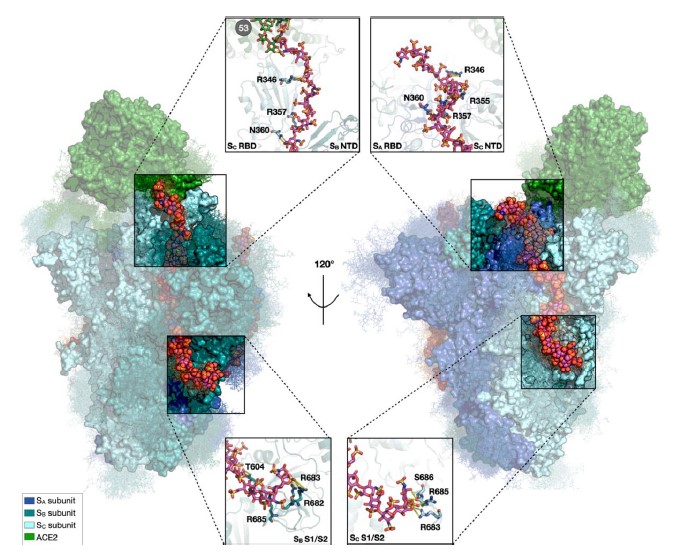
The SARS-CoV-2 spike glycoprotein mediates virus attachment to human host cells by binding angiotensin-converting enzyme 2 (ACE2) and heparan sulfate (HS) proteoglycans. To elucidate these interactions’ structure, dynamics, and functional consequences, the authors carried out microsecond-long all-atom molecular dynamics simulations, followed by random acceleration molecular dynamics simulations, of the fully glycosylated spike: ACE2 complex with […]
Algae in the Bioeconomy
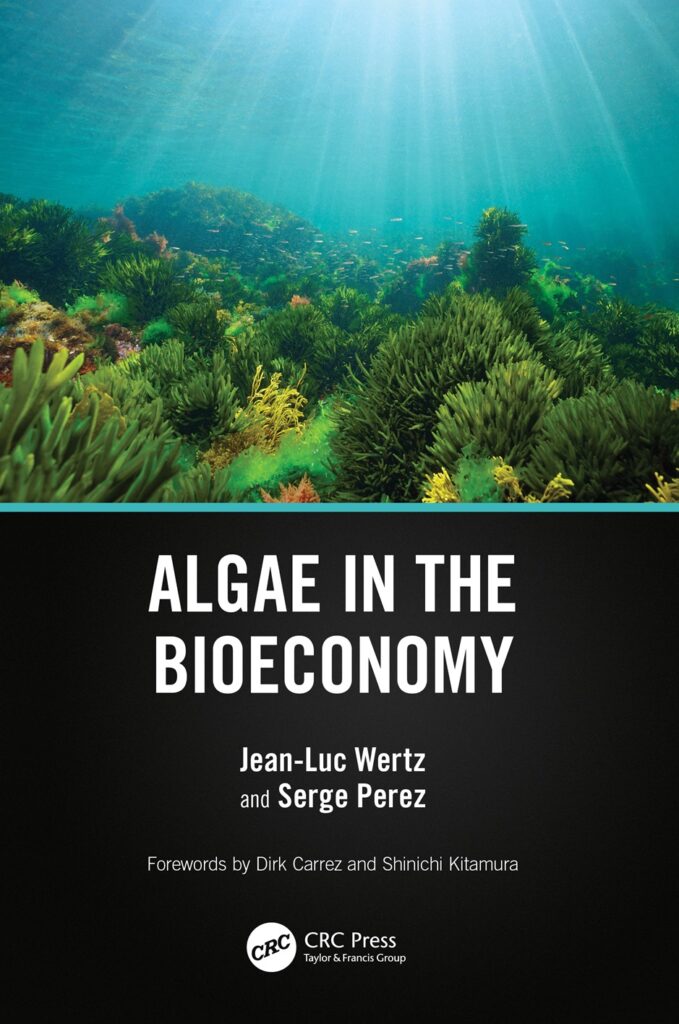
Algae play an important ecological role as oxygen producers and carbon sequesters and are the food base for all aquatic life. Algae are economically important as a source of crude oil, food and feed, and pharmaceutical and industrial products. High-value and sustainable products from algae are already economically viable and can be a fundamental driver […]
Vascular Network-Inspired Fluidic System
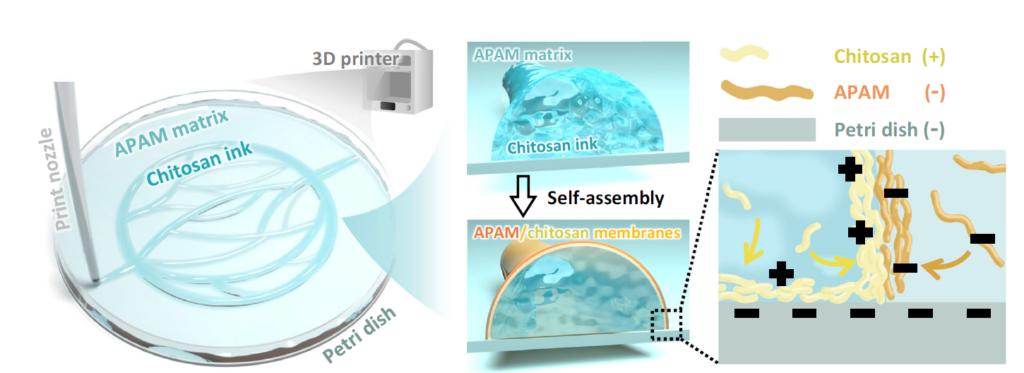
In biological systems, vascular networks play a pivotal role in regulating the chemical compositions of blood through the intricate process of trans-wall transport across different vessel walls. Replicating this dynamic and spatially heterogeneous transport mechanism in synthetic fluidic systems holds immense potential for programming fluid compositions in both space and time. However, this endeavor has […]
Targeting Tumor Glycans for Cancer Therapy
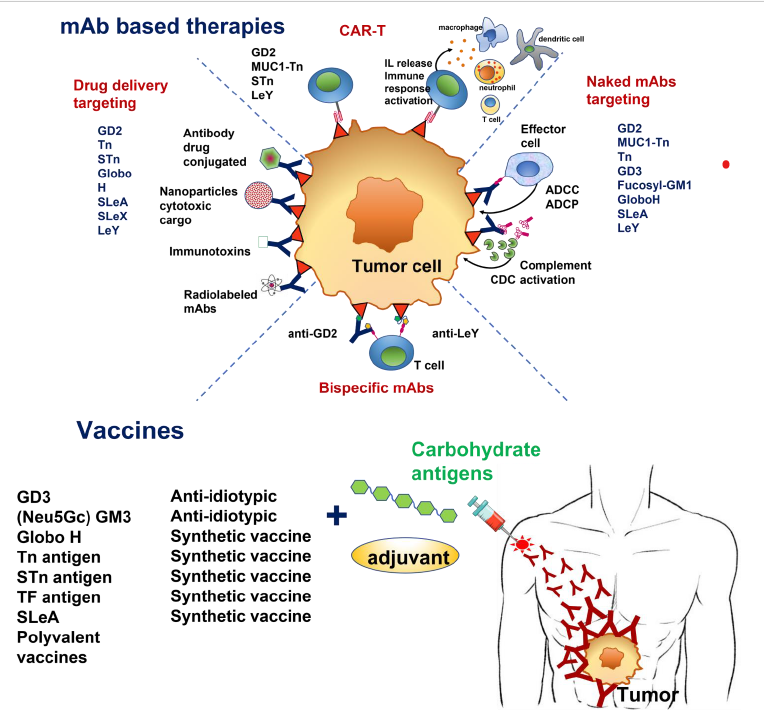
Aberrant glycosylation, a characteristic feature of cancer, plays a pivotal role in shaping tumor behavior. Glycans, emerge as promising targets for novel clinical biomarker development, offering a specific repertoire of targets for therapeutic intervention. Various mechanisms of aberrant glycosylation culminate in the formation of tumor-associated carbohydrate antigens (TACAs), which present viable targets for selective cancer-targeting […]
Amylose Dimerization in Solution
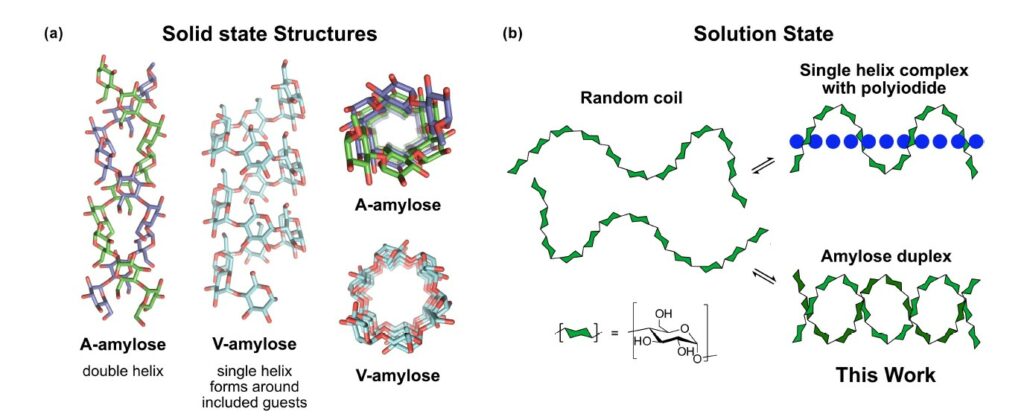
Amylose, a linear polymer comprised of α-1,4-linked glucopyranose units, is renowned for its propensity to crystallize into a parallel double helix structure. However, direct evidence of this duplex formation in solution has remained elusive for decades. The article presents a novel approach to detect the dimerization of short amylose chains in solution using NMR spectroscopy. […]
Molecular Insights into O‑Linked Sialoglycans Recognition…

Streptococcus gordonii is a Gram-positive bacterial species that typically colonizes the human oral cavity, but can also cause local or systemic diseases. Serine-rich repeat (SRR) glycoproteins exposed on the S. gordonii bacterial surface bind to sialylated glycans on human salivary, plasma, and platelet glycoproteins, which may contribute to oral colonization as well as endocardial infections. […]
Orthotropic Organization of a Cellulose Nanocrystal Suspension
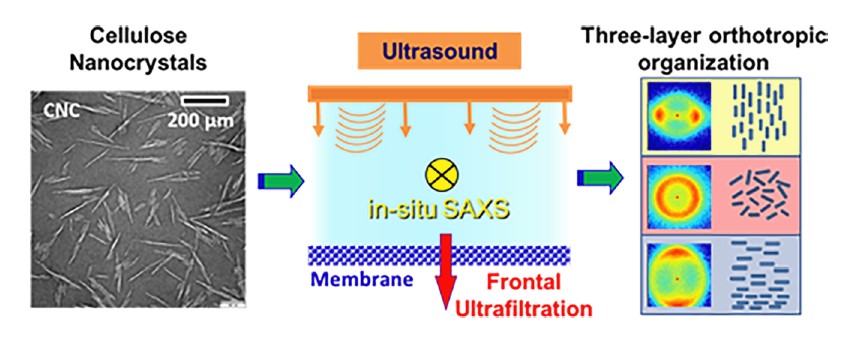
Cellulose nanocrystals (CNCs) are bio-sourced nanorods exhibiting a large variety of interesting intrinsic properties such as tunable aspect ratio and surface chemistry, exceptional mechanical properties, the ability to self-organize into liquid crystalline phases, non-toxicity, in addition to an abundant and renewable origin. Although CNCs have a high potential as elementary bricks in bio-sourced composites, achieving […]
Immobilized enzyme cascade for targeted glycosylation
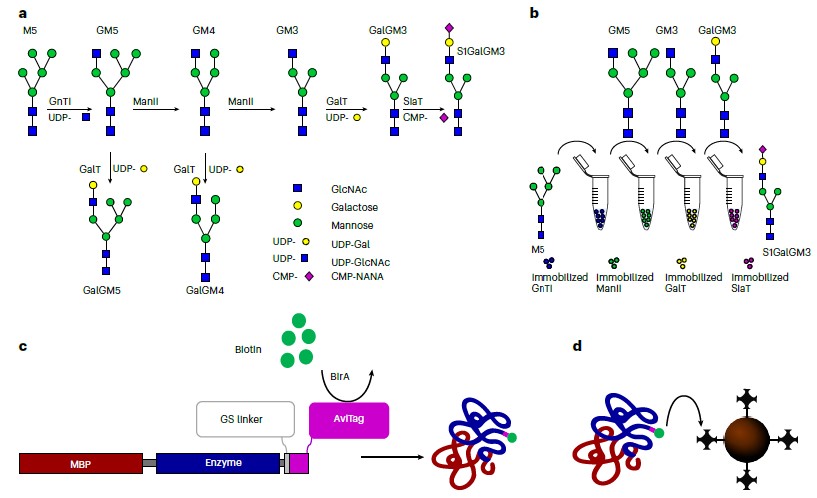
/Glycosylation stands as a pivotal post-translational protein modification, exerting profound effects on protein folding, half-life, and functionality. Its non-templated and heterogeneous nature stems from the inherent promiscuity of the enzymes involved. In their study, the authors present a novel platform termed Sequential Glycosylation Reactions for Tailored Sugar Structures (SUGAR-TARGET), which facilitates bespoke and controlled N-linked […]
GlyComb: a novel glycoconjugate data repository that bridges glycomics and proteomics

Protein glycosylation is a general post-translational modification involved in cell membrane formation, is crucial to dictate proper conformation of many membrane proteins, retaining stability on some secreted glycoproteins, and playing a role in cell–cell adhesion. Therefore, the analysis of post-translational modifications of proteins, including glycosylation, is essential to understand the exact functions and interactions of each […]
Computational Simulations of Glycan Recognition by Lectins and Other Carbohydrate Binding Proteins.
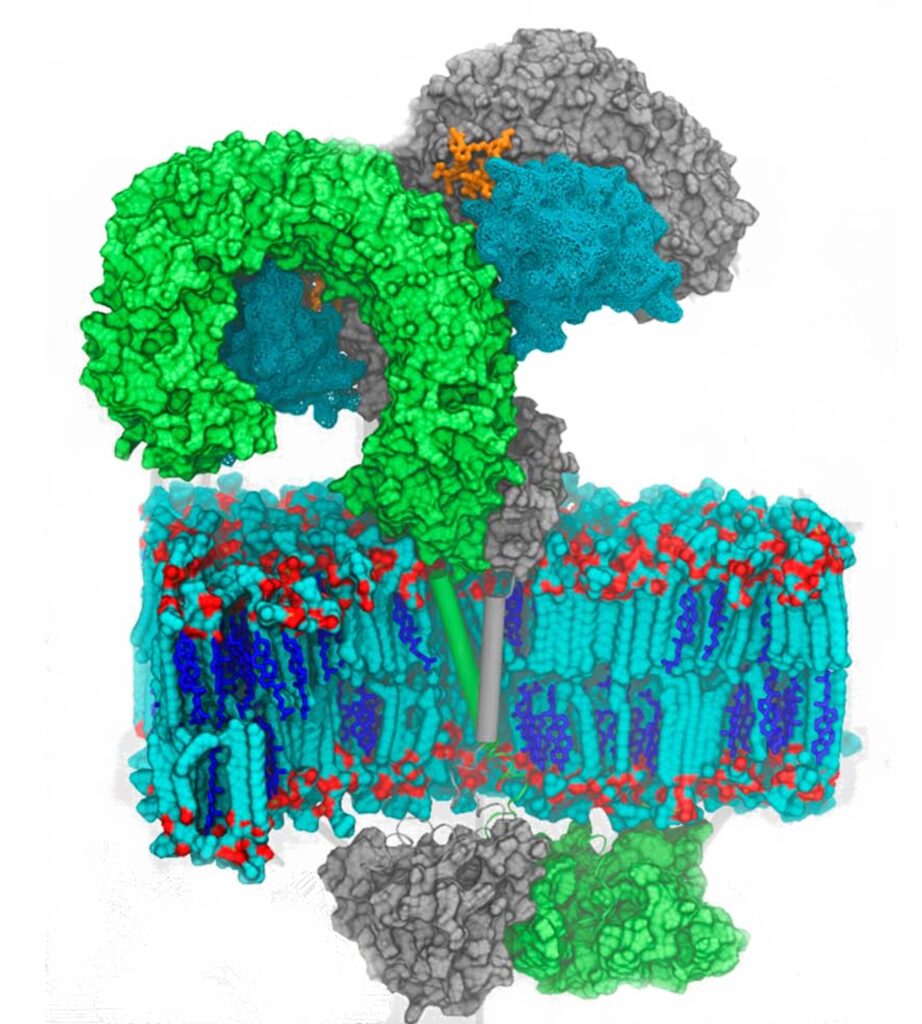
/Glycans participate in many biological phenomena, tuning the response in innate immunity, metabolism and cellular signalization. Studying carbohydrates and glycan-binding proteins using computational techniques provides valuable insights into the role and recognition of such sophisticated systems. In particular, molecular dynamics simulations can bring insight into the activation mechanism and the dynamic behavior of naturally and […]
Glycan Shape, Motions, and Interactions Explored by NMR Spectroscopy
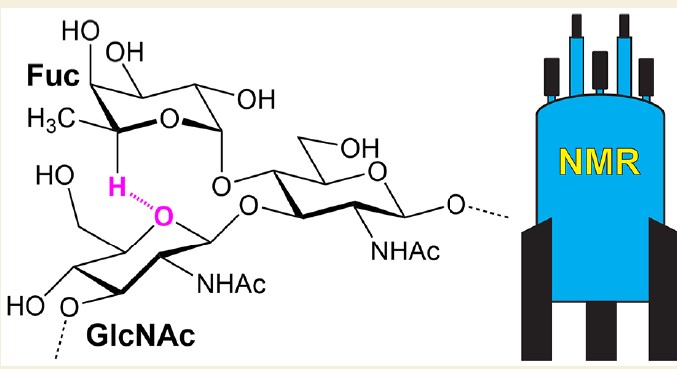
Glycans in the form of oligosaccharides, polysaccharides, and glycoconjugates are ubiquitous, and their structures range from linear assemblies to highly branched and decorated constructs. Solution-state NMR spectroscopy facilitates the elucidation of preferred conformations and shapes of the saccharides, motions, and dynamic aspects related to processes over time, as well as the study of transient interactions […]
Discrimination of Disaccharide Isomers of Different Glycosidic Linkages Using a Modified MspA Nanopore

/Disaccharides comprise two monosaccharide subunits joined by a glycosidic linkage in an α or β configuration. Different combinations of isomeric monosaccharide subunits and different glycosidic linkages result in different isomeric disaccharide products. Thus, directly discriminating these disaccharide isomers from a mixture is extremely difficult. In this paper, a hetero-octameric Mycobacterium smegmatis porin A (MspA) nanopore […]
Sialic Acids in Infection and their Potential Use in Detection and Protection against Pathogens
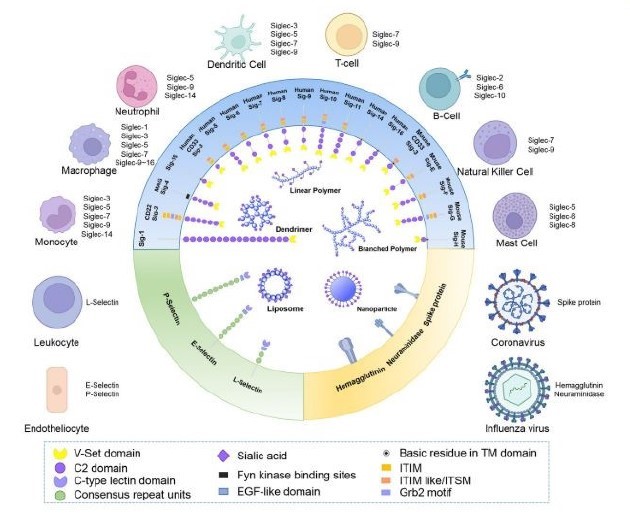
In structural terms, the sialic acids are a large family of nine carbon sugars based around an alpha-keto acid core. They are widely spread in nature, where they are often found to be involved in molecular recognition processes, including in development, immunology, health and disease. The prominence of sialic acids in infection is a result […]
Translational Glycobiology in Human Health and Disease
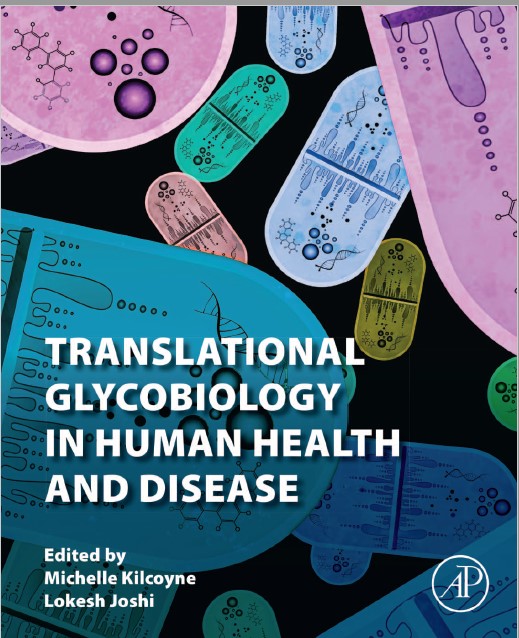
Translational Glycobiology in Human Health and Disease offers a deep examination of glycobiology for experts and non-experts alike in areas ranging from the role of glycobiology in chronic and infectious diseases to advances in technologies for higher throughput analysis and diagnosis. While keeping human health at the forefront, this book integrates a thorough discussion of […]
Prediction of Heparin Oligosaccharide Binding Geometries onto Proteins

Assessing Genetic Algorithm-Based Docking Protocols Although molecular docking has evolved dramatically over the years, its application to glycosaminoglycans (GAGs) has remained challenging because of their intrinsic flexibility, highly anionic character and somewhat ill-defined binding site on proteins. GAGs have been treated as either fully “rigid” or fully “flexible” in molecular docking. The authors reasoned that […]
Exploring Ring Conformation in Uronate Monosaccharides

Insights from Ab Initio Calculations and Classical Molecular Dynamics Simulations The study focuses on the conformational properties of biologically relevant monosaccharides belonging to the group of uronates: α-L-iduronate, O2-sulfated-α-L-iduronate, and O2-sulfated-α-L-guluronate, either unfunctionalized or O1-methylated. The authors applied a previously proposed two-step methodology, combining classical MD simulations and subsequent ab initio (QM) calculations performed on […]
The colorful self-assemblies of Cellulose and Chitin Nanocrystals

Widespread concerns over the impact of human activity on the environment have resulted in a desire to replace artificial functional materials with naturally derived alternatives. As such, polysaccharides are drawing increasing attention due to offering a renewable, biodegradable, and biocompatible feedstock for functional nanomaterials. In particular, cellulose and chitin nanocrystals have emerged as versatile and […]
The Thermodynamic Considerations of Biological Evolution; the Role of Entropy

Although Darwin’s theory of biological evolution is the cornerstone of modern biology, it lacks proper physical foundations. The author considers ecosystems as closed systems that only exchange energy and information, not matter with the outside. In generalizing, the Darwinian Thermodynamic principles to distinguish order-increasing (low entropy) and disordered (high entropy) evolutionary processes are used. Extinctions […]
Sweet but Challenging: Tackling the Complexity of GAGs with Engineered Tailor-Made Biomaterials
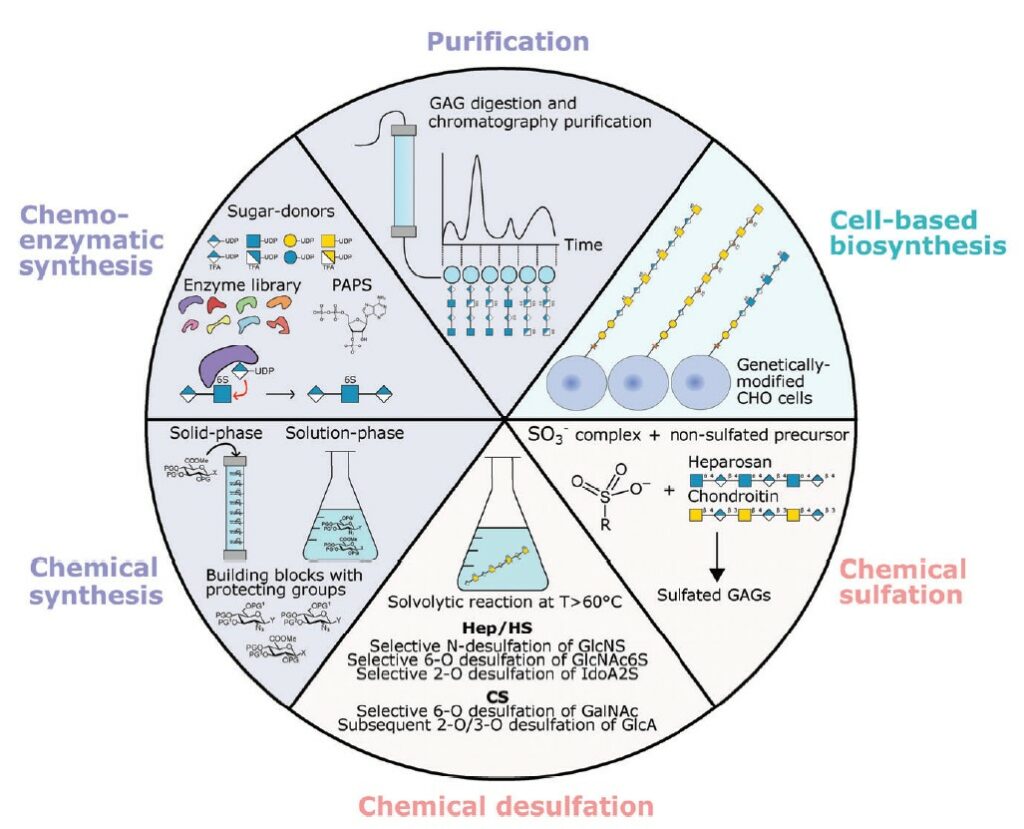
Glycosaminoglycans (GAGs) play a critical role in tissue homeostasis by regulating the activity and diffusion of bioactive molecules. Incorporating GAGs into biomaterials has become a widely adopted strategy in medical applications. This is due to their biocompatibility and ability to control the release of bioactive molecules. Nevertheless, immobilised GAGs on biomaterials can elicit different cellular […]
Glycosylated queuosines in tRNAs Optimize Translational Rate and Post-Embryonic Growth

Transfer RNA (tRNA) modifications are critical for protein synthesis. Queuosine (Q), a 7-deaza-guanosine derivative, is present in tRNA anticodons. Q is further glycosylated with galactose and mannose to form galQ and manQ in vertebrate Tyr and Asp tRNAs. However, biogenesis and physiological relevance remain poorly understood. The authors report the biochemical identification of two RNA […]
Plant Cell Wall Patterning and Expansion Mediated by Protein-Peptide-Polysaccharide Interaction

How cell wall polymers assemble into specific mesoscale patterns, giving the walls the physicochemical properties that allow growth and development, is a central question in plant biology. The cell walls of plants comprise cellulose microfibrils and matrix polymers, among which the homogalacturonan pectin polysaccharide is the most abundant component in expanding cell walls. During cell […]
Structural Insights into the Modulation of Coronavirus Spike Tilting and Infectivity by Hinge Glycans

Coronavirus spike glycoproteins presented on the virion surface mediate receptor binding and membrane fusion during virus entry and are the primary target for vaccine and drug development.How the structural dynamics of the full-length spikes incorporated into the viral lipid envelope correlate with virus infectivity remains poorly understood. The authors present structures and distributions of native […]
Glycoengineered Keratinocyte Library Reveals Essential Functions of Specific Glycans for all Stages of Herpes Simplex Virus-1 Infection
Viral and host glycans represent an understudied aspect of host-pathogen interactions despite their potential implications for treating viral infections. This is due to the lack of readily available tools to analyse glycan function in a meaningful context. The authors generated a glycoengineered keratinocyte library of human glycosylation pathways to reveal the role of specific glycans […]
HumanLectome, an Update of UniLectin for the Annotation and Prediction of Human Lectins

The UniLectin portal ( https://unilectin.unige.ch/) was designed in 2019 to centralise curated and predicted data on carbohydrate-binding proteins known as lectins. UniLectin is also intended to support the study of lectomes (complete lectin set) of organisms or tissues. The present update describes the inclusion of several new modules. It details the latest (https://unilectin.unige.ch/humanLectome/), covering the present […]
Global Impact of Proteoglycan Science on Human Diseases
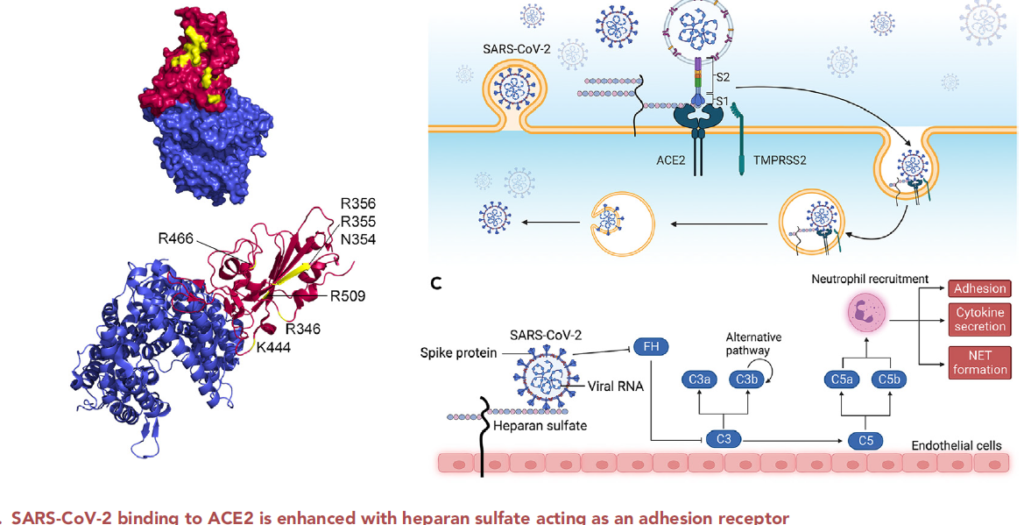
The authors provide a comprehensive review that analyses the impact of research on proteoglycans. They focus on recent developments in their synthesis, degradation and interactions while critically assessing their involvement in various biological processes. The SARS-Cov-2 pandemic drew attention to the role of proteoglycans in global infections and their emerging functions in regenerative medicine and […]
A Periodic Table of Monosaccharides
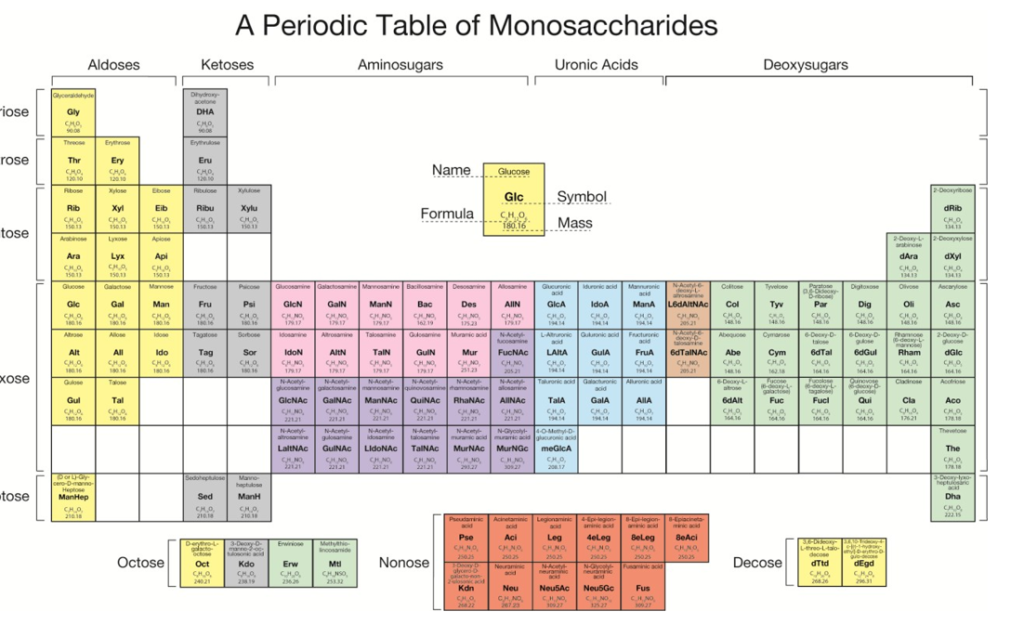
It is important to recognize the great diversity of monosaccharides commonly encountered in animals, plants, and microbes, as well as to organize them in a visually interesting style that also emphasizes their similarities and relatedness. This article discusses the nature of building blocks, monosaccharides, and monosaccharide derivatives – terms commonly used in discussing ‘glycomolecules’ found […]
Carbohydrate Flow through Agricultural Ecosystems

Carbohydrates are chemically and structurally diverse biomolecules, serving numerous and varied roles in agricultural ecosystems. Crops and horticulture products are inherent sources of carbohydrates that humans and non-human animals consume ; however, carbohydrates are also present in other agricultural materials, such as soil and compost, human and animal tissues, milk and dairy products, and honey. The […]
On the Roles of Function and Selection in Evolving Systems
ABSTRACT. Physical laws—such as the laws of motion, gravity, electromagnetism, and thermodynamics—codify the general behavior of varied macroscopic natural systems across space and time. The authors propose that an additional, hitherto unarticulated law is required to characterize familiar macroscopic phenomena of our complex, evolving universe. An important feature of the classical laws of physics is the […]
Molecular Mechanism of Decision-making in Glycosaminoglycan Biosynthesis
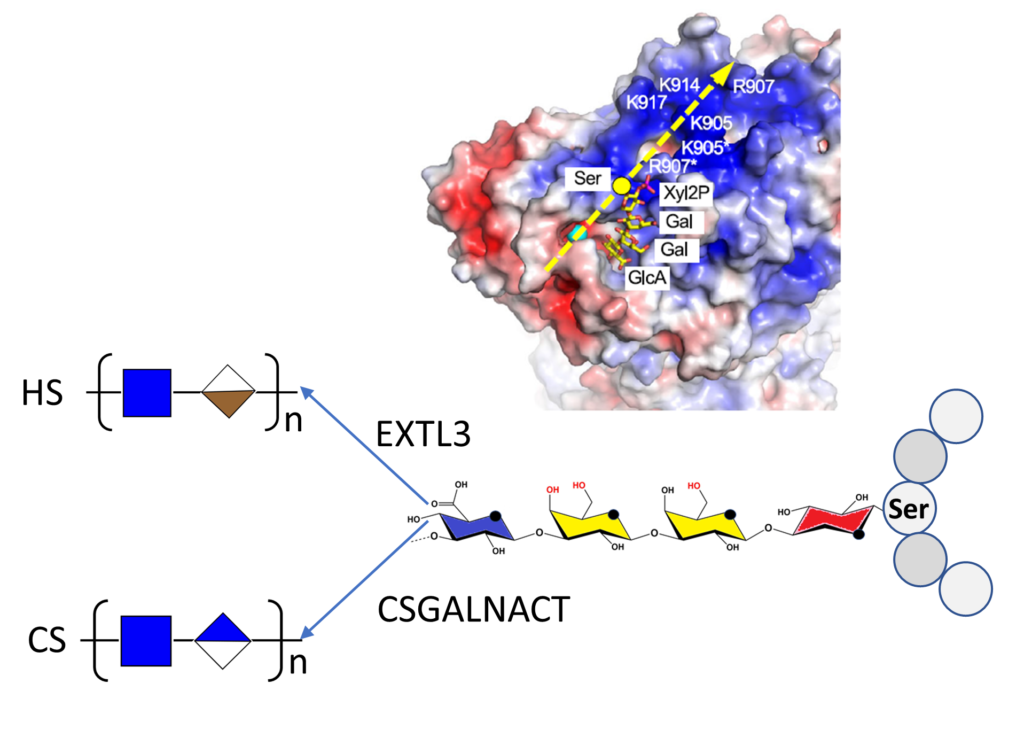
Two major glycosaminoglycan types, heparan sulfate (HS) and chondroitin sulfate (CS), control many aspects of development and physiology in a type-specific manner. The biosynthesis of HS and CS is initiated by forming a common tetrasaccharide linkage region from where GSGALNACT and EXTL3 enzymes start CS and HS polymerization, respectively. How core proteins are specifically modified […]
Analysis and Validation of Overall N-glycan Conformation in Privateer

The oligosaccharides in N-glycosylation provide key structural and functional contributions to a glycoprotein. These contributions are dependent on the composition and overall conformation of the glycans. The Privateer software allows structural biologists to evaluate and improve the atomic structures of carbohydrates, including N-glycans; this software has recently been extended to check glycan composition through the […]
The World of Sugar

The World of Sugar begins with the earliest evidence of sugar production. Through the Middle Ages, traders brought small quantities of the precious white crystals to rajahs, emperors, and caliphs. But after sugar crossed the Mediterranean to Europe, where cane could not be cultivated, demand spawned a brutal quest for supply. European cravings were satisfied […]
PREDIG : Web Application to Model and Predict the Enzymatic Saccharification of Plant Cell Wall

Enzymatic digestion of lignocellulosic plant biomass is key in bio-refinery approaches for producing biofuels and other valuable chemicals. However, the recalcitrance of this material, in conjunction with its variability and heterogeneity, strongly hampers the economic viability and profitability of biofuel production. To complement academic and industrial experimental research, we designed an advanced web application that […]
A Perspective on the Prospective Use of AI in Protein Structure Prediction
This article examines the impact and limitations of AlphaFold2 (AF2) and RoseTTaFold (RF) as highly reliable and effective methods for predicting protein structure. Emphasis is placed on their integration into experimental pipelines and their application to different classes of proteins, including membrane proteins, intrinsically disordered proteins (IDPs) and oligomers. Due to difficulties in capturing conformational […]
Controlling the assembly of cellulose-based oligosaccharides through sequence modifications

The authors demonstrate that the primary sequence of oligosaccharides can be designed to access materials with tunable shapes and properties. Synthetic cellulose-based oligomers were assembled into 2D or 3D rod-like crystallites. Equipped with a self-assembling model oligosaccharide and tools to control the assembly process, they explored whether systematic variations in the primary sequence could unlock […]
Visualizing Chiral Interactions in Carbohydrates Adsorbed on Au(111) by High-Resolution STM Imaging

Carbohydrates are the most abundant organic material on Earth and the structural “material of choice” in many living systems. Nevertheless, the design and engineering of synthetic carbohydrate materials presently lag behind that of protein and nucleic acids. Bottom-up engineering of carbohydrate materials demands an atomic-level understanding of their molecular structures and interactions in condensed phases. […]
A High-Throughput Screening Platform for Enzymes Active on Mucin-Type O-Glycoproteins

Mucin-type O-glycosylation is a post-translational modification present at the interface between cells, where it has essential roles in cellular communication. However, deciphering the function of O-glycoproteins and O-glycans can be challenging, especially as few enzymes are available for their assembly or selective degradation. Here, to address this deficiency, we developed a genetically encoded screening methodology […]
Click-electrochemistry for the Rapid Labeling of Virus, Bacteria and Cell-Surfaces

Methods for direct covalent ligation of microorganism surfaces remain poorly reported and primarily based on metabolic engineering for bacteria and cell functionalization. While effective, a faster method avoiding the bio-incorporation step would be highly complementary. The authors used N- N-methyl luminol (NML), a fully tyrosine-selective protein anchoring group after one-electron oxidation, to label the surface […]
Popular Glycoscience: Starch-Human Evolution
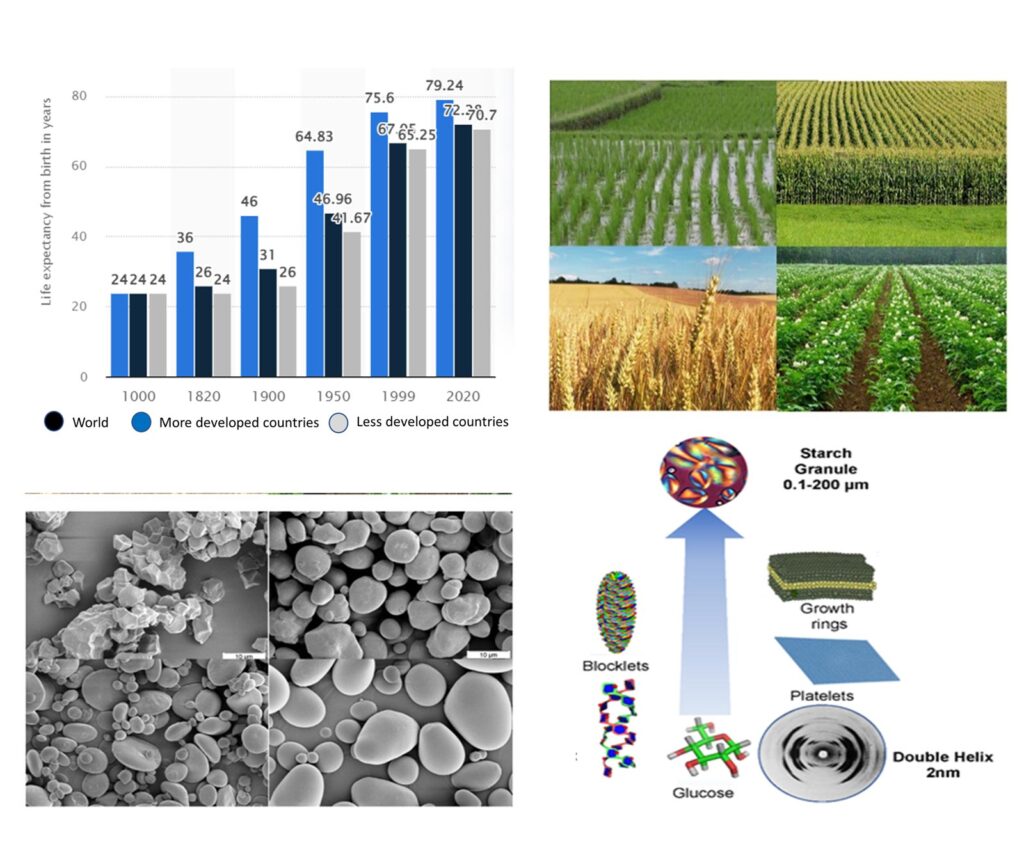
A brief account of how a resource such as starch has accompanied human evolution for more than 20,000 years. With an optimistic vision, starch can also contribute to making new products in an environmentally sustainable way, reducing our footprint while meeting future economic needs in the context of changing world temperatures and climate change. Two […]
Immune Regulatory Networks Coordinated by Glycans and Glycan-Binding Proteins in Autoimmunity and Infection
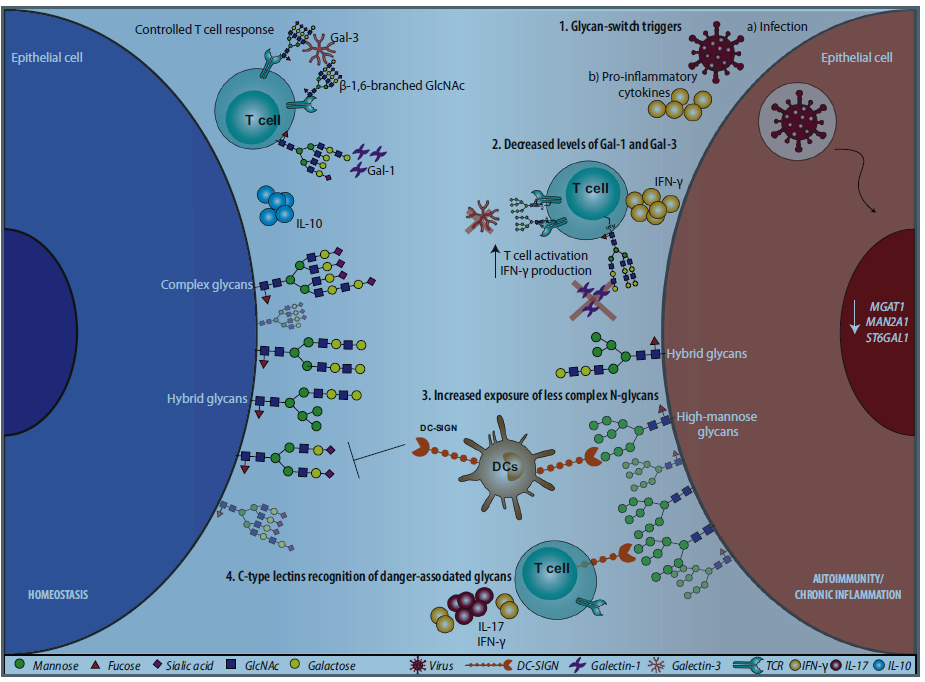
An intricate network of stimulatory and inhibitory circuits regulates the immune system throughout host responses to endogenous and exogenous insults. Disruption of these protective and homeostatic mechanisms can lead to unpredictable inflammatory and autoimmune responses, whereas deficiency of immunostimulatory pathways can orchestrate immunosuppressive programs that contribute to the maintenance of chronic infections but also influence […]
Glycovaccinology: The design and Engineering of Carbohydrate-Based Vaccine Components
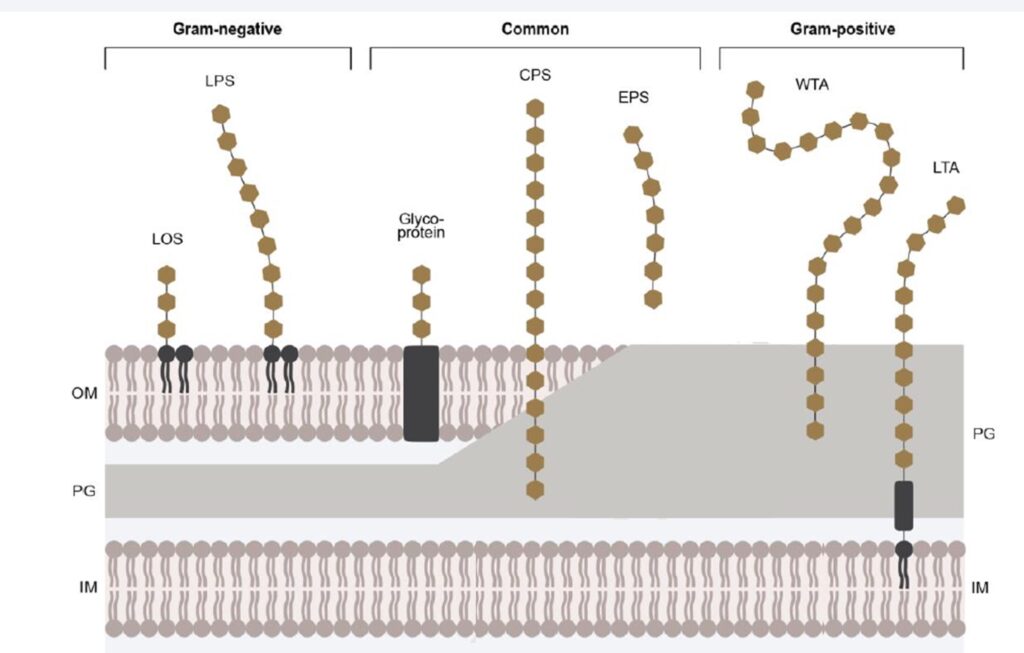
Vaccines remain one of the cornerstones of preventive medicine, providing against a wide range of diseases by inducing humoral and/or cellular immunity. Among the many possible antigen candidates for subunit vaccine development, carbohydrates are desirable due to their ubiquitous presence on the surface of all living cells, viruses and parasites, and their known interactions with […]
A ‘Glyco-Fluorine’ Code Revealing Differential Recognition by Glycan Binding Partners
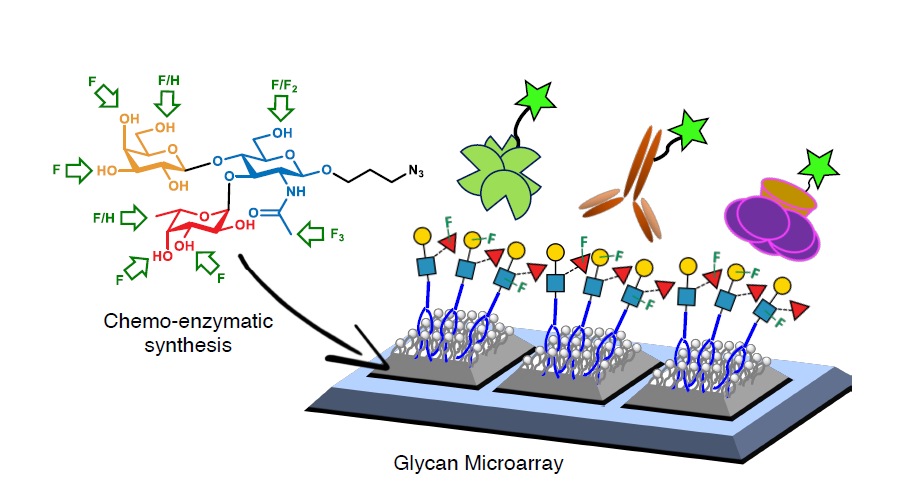
Biosensing or diagnostic applications that use glycan sequences as targets are limited by the cross-reactivity of glycans. The authors introduce a library of synthetic analogues of a single glycan ligand as a powerful approach to obtaining fingerprint binding profiles since the binding sites of different proteins that all recognize a given glycan will not be […]
Open Structural Glycoscience

Structural glycobiology is a subfield of glycobiology that studies the diverse structures and interactions of glycans, glycoconjugates and polysaccharides. These are complex carbohydrates that bind to proteins and other biomolecules in living systems. Structural glycobiology employs various methods to reveal the molecular details of these carbohydrates and their partners.Some of these methods are X-ray and […]
Mucin Glycans and their Degradation by Gut Microbiota
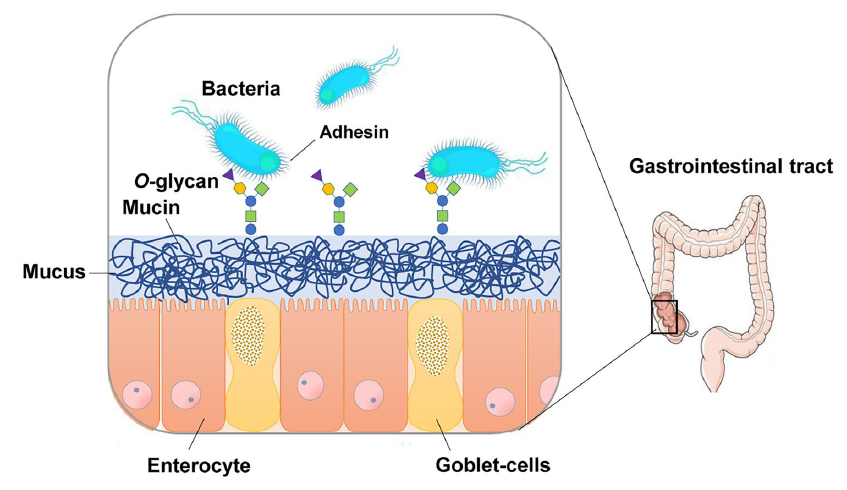
A vast array of microorganisms inhabits the human intestinal tract, collectively called the “gut microbiota. The intestinal epithelium is covered by a dense layer of mucus that prevents the gut microbiota from penetrating the underlying host tissues. Recent studies have shown that the gut microbiota strongly influences the maturation and function of the mucus layer, […]
Synthesis of a Glycan Hairpin
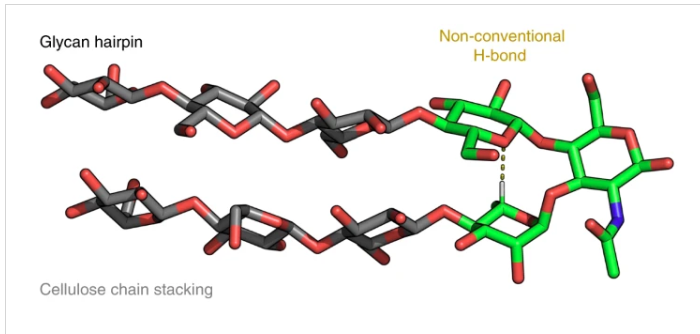
The primary sequence of a biopolymer encodes the essential folding information that allows it to perform sophisticated functions. Inspired by natural biopolymers, peptide and nucleic acid sequences have been designed to adopt specific three-dimensional (3D) shapes and programmed to perform specific functions. In contrast, synthetic glycans capable of autonomously folding into defined 3D conformations have […]
Structural and Mechanistic Studies of the N-glycosylation Machinery
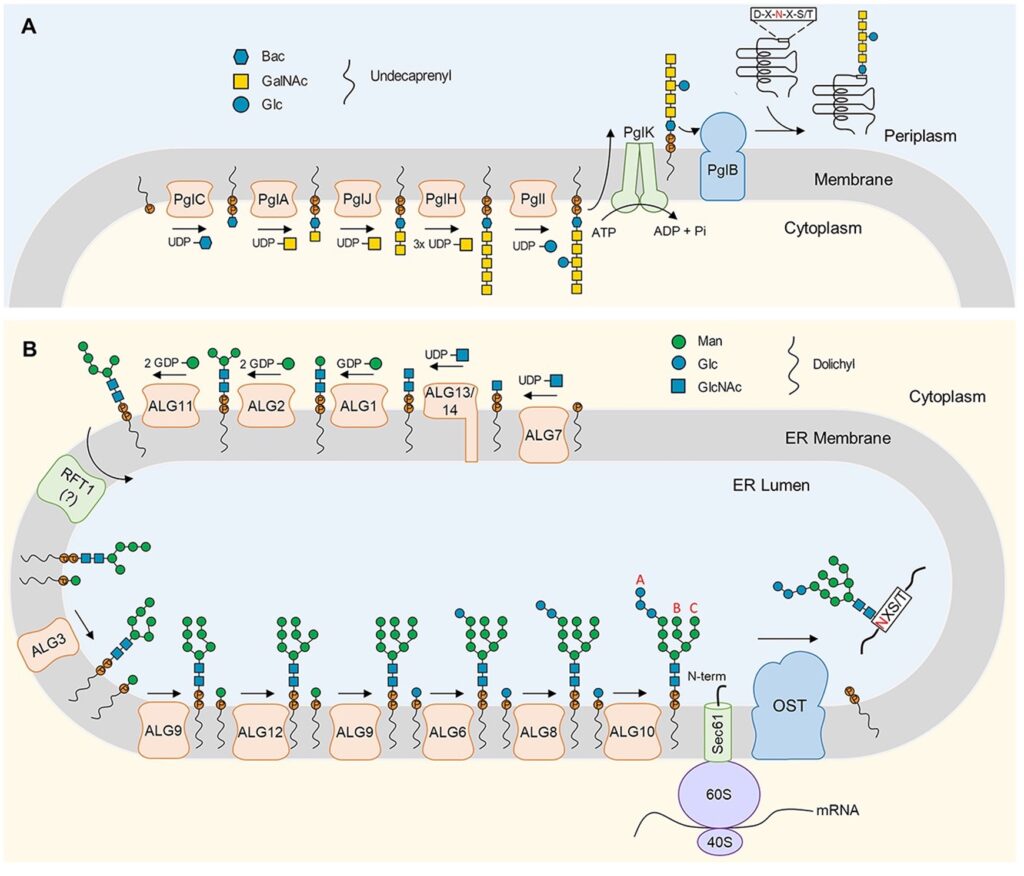
N-linked glycosylation of proteins is a post-translational modification that exists in all areas of life. It involves two sequential steps: (i) biosynthesis of a lipid-linked oligosaccharide (LLO), and (ii) glycan transfer from the LLO to asparagine residues in secretory proteins, catalyzed by the integral membrane enzyme oligosaccharyltransferase (OST). Over the past decade, structural and functional […]
A Multi-Enzyme Machine Polymerizes the Haemophilus influenzae Type b Capsule
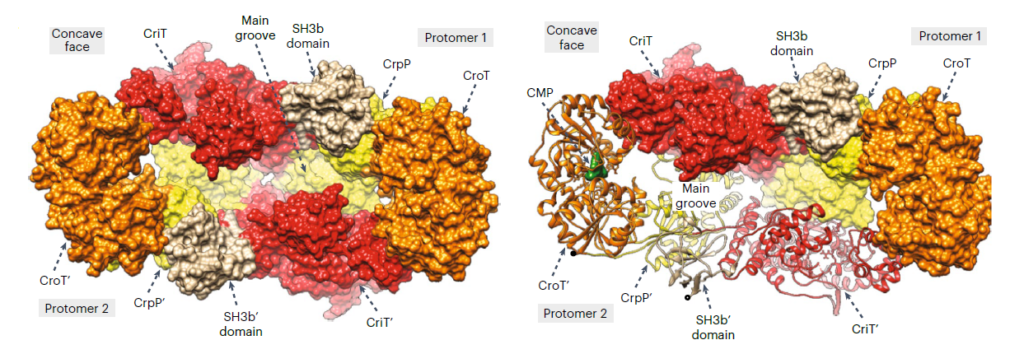
Bacterial capsules play a critical role in host-pathogen interactions. They provide a protective envelope against host recognition, leading to immune evasion and bacterial survival. Here, we define the capsule biosynthetic pathway of Haemophilus influenzae serotype b (Hib), a Gram-negative bacterium that causes severe infections in infants and children. Reconstitution of this pathway allowed fermentation-free production […]
Origins of Life: Chemistry and Evolution

Progress in understanding the origins of life is enhanced when models and their predictions are clearly understood and explicitly stated. Two different models can be used to explain the origin of biopolymers during the origin of life. RNA results from inherent chemical reactivities of prebiotic chemical species in one model, which has been pursued for […]
Outer Membrane Utilisomes Mediate Glycan Uptake in Gut Bacteroidetes
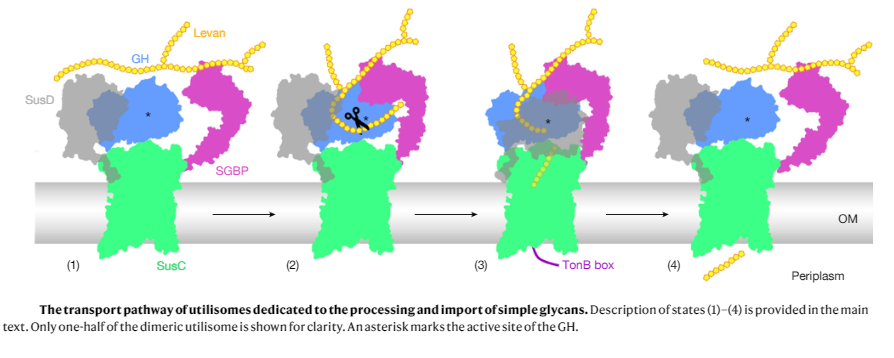
Bacteroidetes are abundant members of the human microbiota, utilizing a myriad of diet- and host-derived glycans in the distal gut1. Glycan uptake across the bacterial outer membrane of these bacteria is mediated by SusCD protein complexes, comprising a membrane-embedded barrel and a lipoprotein lid, which is thought to open and close to facilitate substrate binding […]
Glycomimetics for the Inhibition and Modulation of Lectins

Carbohydrates play vital roles in how cells interact with each other and their environment. They help cells recognize self from non-self, which is important for immune responses, cancer prevention and infection control. They affect how proteins fold, work and last in the body. They coat the surface of microorganisms and influence how they stick together […]
Computational Studies on Glycosaminoglycan Recognition of Sialyl Transferases
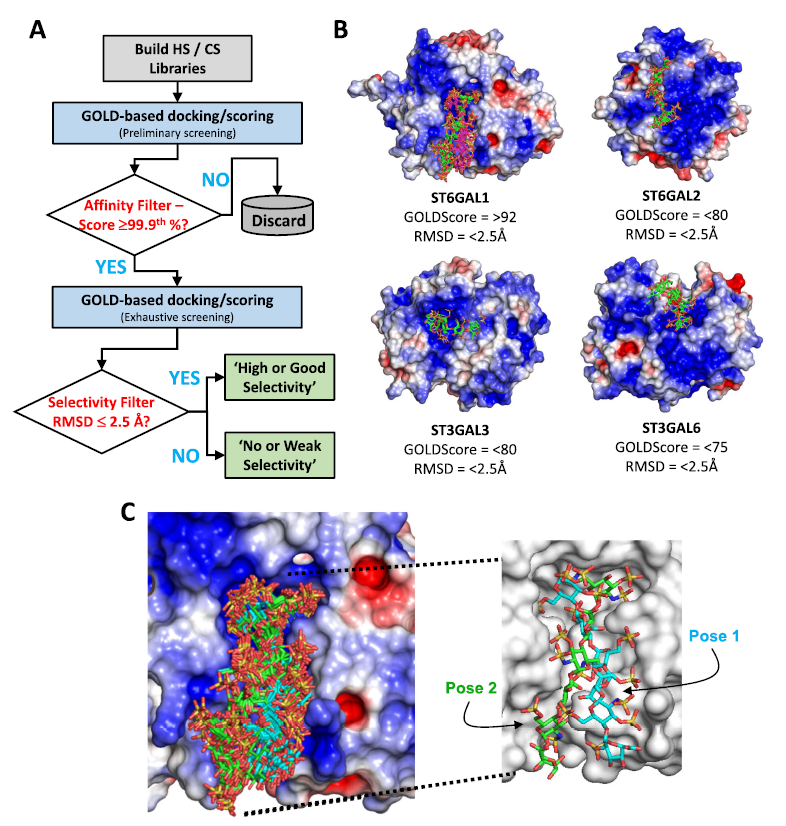
Despite decades of research, glycosaminoglycans (GAGs) have not been known to interact with sialyl transferases (STs). Using an in-house combinatorial virtual library screening (CVLS) technology, the authors investigated seven human isoforms, including ST6GAL1, ST6GAL2, ST3GAL1, ST3GAL3, ST3GAL4, ST3GAL5, and ST3GAL6, and predicted that GAGs, especially heparan sulfate (HS), are likely to differentially bind to STs. […]
Spatial Imaging of GlycoRNA in Single Cells with ARPLA
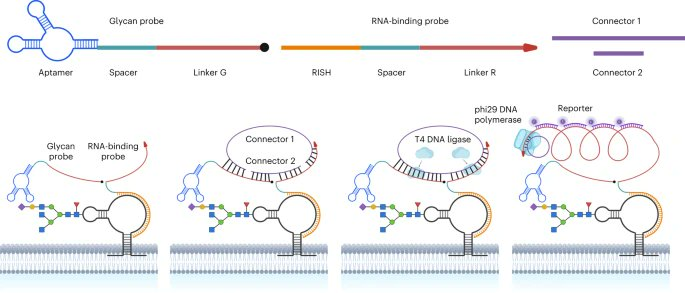
Little is known about the biological roles of glycosylated RNAs (glycoRNAs), a recently discovered class of glycosylated molecules, because of a lack of visualization methods. The authors report sialic acid aptamer and RNA in situ hybridization-mediated proximity ligation assay (ARPLA) to visualize glycoRNAs in single cells with high sensitivity and selectivity. The signal output of […]
GlycoDraw: A Python Implementation for Generating High-Quality Glycan Figures
The structural complexity of glycans is communicated through simplified and unified visual representations according to the Symbol Nomenclature for Glycans (SNFG) guidelines adopted by the community. Here, we introduce GlycoDraw, a Python-native implementation for high-throughput generation of high-quality, SNFG-compliant glycan figures with flexible display options. GlycoDraw is released as part of our glycan analysis ecosystem, […]
A Brief History of Visualizing Membrane Systems in Molecular Dynamics Simulations

Understanding lipid dynamics and function, from the level of single, isolated molecules to large assemblies, is more than ever an intensive area of research. The interactions of lipids with other molecules, particularly membrane proteins, are now extensively studied. With advances in the development of force fields for molecular dynamics simulations (MD) and increases in computational […]
Can ChatGPT pass Glycobiology ?

Under «Can ChatGPT pass Glycobiology ? » the authors present and discuss a systematic evaluation of how ChatGPT addresses progressively complex scientific writing tasks and exam-type questions in Carbohydrate Chemistry and Glycobiology. The results of this project provide insight into 1) the strengths and limitations of the ChatGPT model to provide relevant and (most importantly) […]
Well-Defined Heparin Mimetics Can Inhibit Binding of the Trimeric Spike of SARS-CoV‑2 in a Length-Dependent Manner
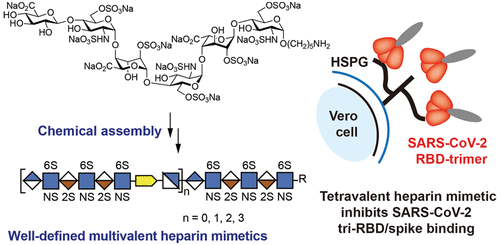
SARS-CoV-2 employs heparan sulfate (HS) as an initial cellular attachment factor, and therefore, there is interest in developing heparin as a therapeutic for SARS-CoV-2. The authors describe the preparation of well-defined heparin mimetics by a controlled head-to-tail assembly of Heparan Sulfate oligosaccharides having an alkyne or azide moiety by copper-catalyzed azide-alkyne cycloaddition (CuAAC). Alkyne- and […]
Anti-glycan monoclonal antibodies: Basic research and clinical applications
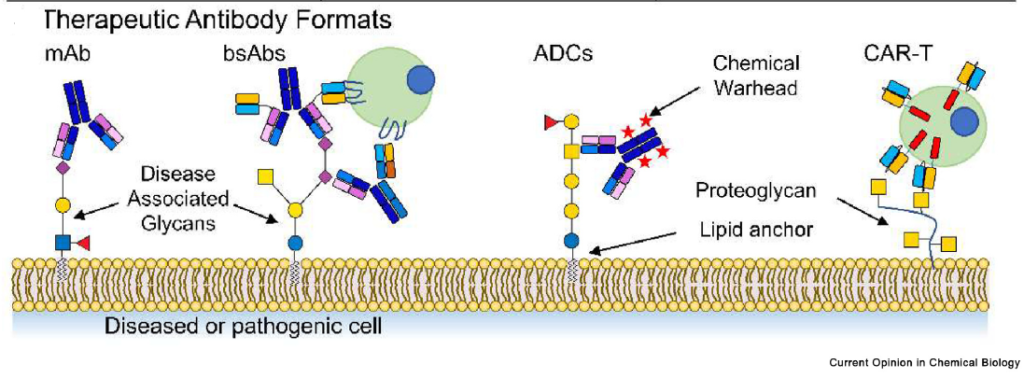
Anti-glycan monoclonal antibodies have essential applications in human health and basic research. Therapeutic antibodies that recognize cancer- or pathogen-associated glycans have been investigated in numerous clinical trials, resulting in two FDA-approved biopharmaceuticals. Anti-glycan antibodies are also utilized to diagnose, prognosticate, and monitor disease progression, as well as to study the biological roles and expression of […]
Hyaluronan and Reactive Oxygen Species Signaling—Novel Cues from the Matrix?
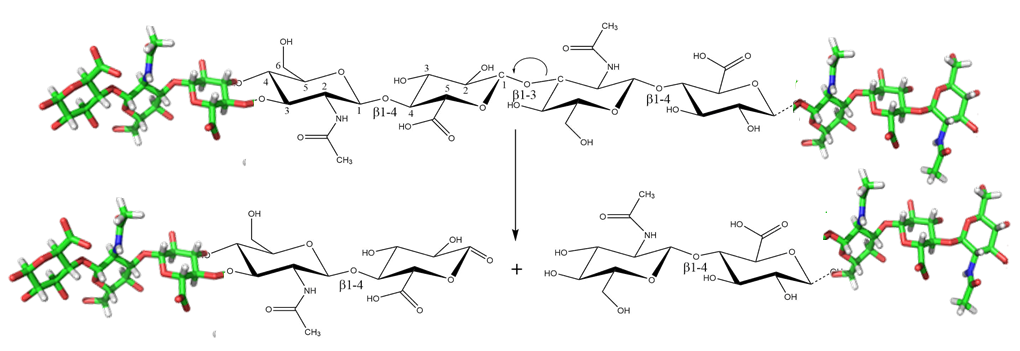
Hyaluronan (HA) is a naturally occurring non-sulfated glycosaminoglycan (GAG) localized to the cell surface and the tissue extracellular matrix (ECM). It is composed of disaccharides containing glucuronic acid and N-acetylglucosamine is synthesized by the HA synthase (HAS) enzymes and is degraded by hyaluronidase (HYAL) or reactive oxygen and nitrogen species (ROS/RNS) actions. HA is deposited […]
Many Roles of Carbohydrates: A Computational Spotlight on the Coronavirus S Protein Binding
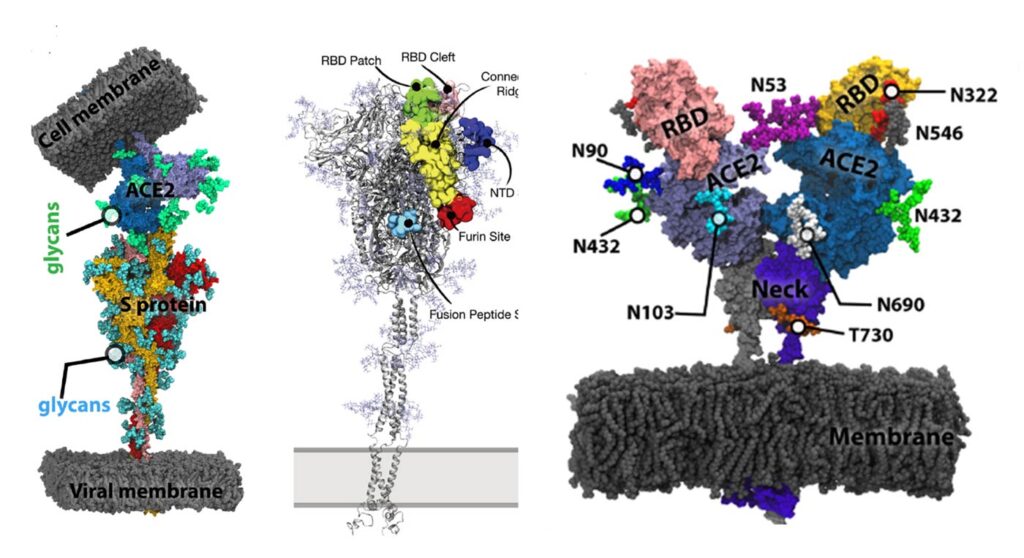
Glycosylation is one of the post-translational modifications, with more than 50% of human proteins being glycosylated. The exact nature and chemical composition of glycans are inaccessible to X-ray or cryo-electron microscopy imaging techniques. Therefore, computational modeling studies and molecular dynamics must be used as a “computational microscope”. The spike (S) protein of SARS-CoV-2 is heavily […]
Designing Smaller, Synthetic, Functional Mimetics of Sulfated Glycosaminoglycans as Allosteric Modulators of Coagulation Factors
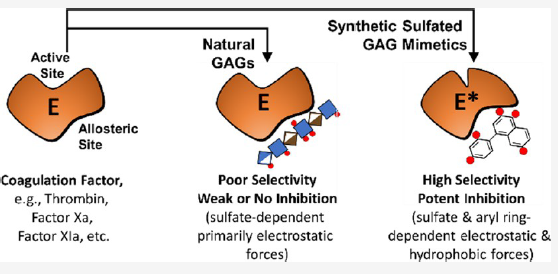
Glycosaminoglycans (GAGs) are arguably the most diverse collection of natural products. Unfortunately, this bounty of structures remains untapped. Decades of research have realized only one GAG-like synthetic, small-molecule drug, fondaparinux. This represents an abysmal output because GAGs present a frontier that few medicinal chemists, and even fewer pharmaceutical companies, dare to undertake. GAGs are heterogeneous, […]
Glycosaminoglycans: What Remains to be Deciphered?

Within the context of a European Cooperation in Science and Technology Action (INNOGLY), scientists of the Glycosaminoglycan r(GAG) research community addressed the questions of what remains to be solved to understand the structure and function of GAGs fully. They identified those pending issues that will benefit from the development of new approaches, namely (i) the […]
Biochemical and Structural Basis of Sialic acid Utilization by Gut Microbes
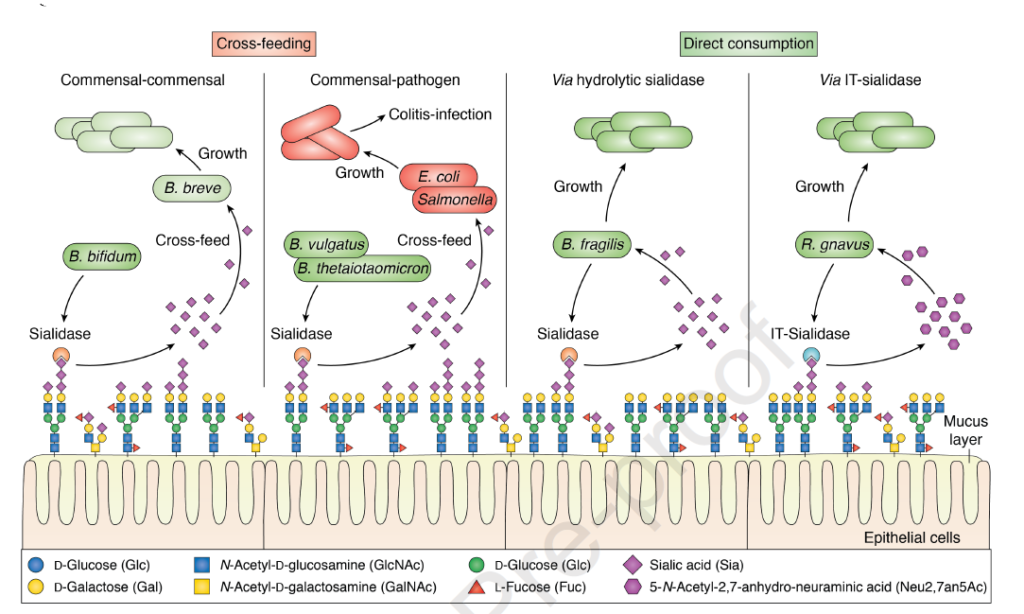
The human gastrointestinal (GI) tract harbours diverse microbial communities collectively known as the gut microbiota, which profoundly impact human health and disease. The repartition and availability of sialic acid derivatives in the gut significantly affect the modulation of gut microbes and host susceptibility to infection and inflammation. Although N-acetylneuraminic acid (Neu5Ac) is the main form […]
Structural and Biochemical Insight into a Modular β-1,4-Galactan Synthase in Plants

Rhamnogalacturonan I (RGI) is a structurally complex pectic polysaccharide with a backbone of alternating rhamnose and galacturonic acid residues substituted with arabinan and galactan side chains. Galactan synthase 1 (GalS1) transfers galactose and arabinose to either extend or cap the β-1,4-galactan side chains of RGI, respectively. The authors report the structure of GalS1 from Populus […]
Tuning specificity and topology of lectins through synthetic biology

Lectins are non-immunoglobulin and non-catalytic glycan-binding proteins that are able to decipher the structure and function of complex glycans. They are widely used as biomarkers for following the alteration of glycosylation state in many diseases and have applications in therapeutics. Controlling and extending lectin specificity and topology is the key to obtaining better tools. Furthermore, […]
Cataloging Natural Sialic Acids and other Nonulosonic Acids(NulOs), and their Representation Using the Symbol Nomenclature for Glycans

Nonulosonic acids or non-2-ulosonic acids (NulOs) are an ancient family of 2-ketoaldonic acids(α-ketoaldonic acids) with a 9-carbon backbone. In nature, these monosaccharides occur either in a 3-deoxy form(referred to as “sialic acids”) or in a 3,9-dideoxy“sialic-acid-like” form. The former sialic acids, including vertebrates, are most common in the deuterostome lineage and mimicked by some of […]
Force-Tuned Avidity of Spike Variant-ACE2 Interactions Viewed on the Single-Molecule Level
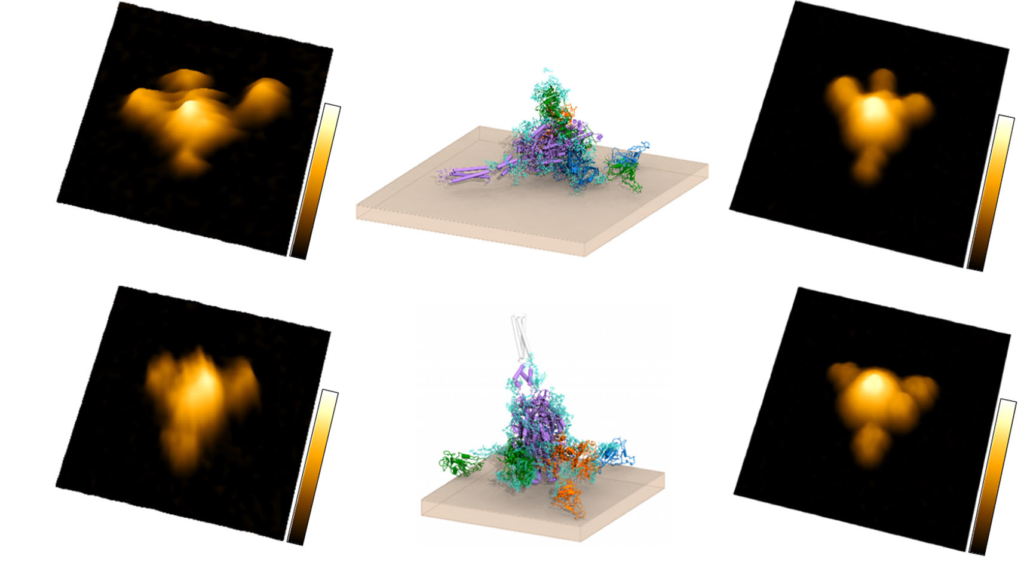
Recent waves of COVID-19 correlate with the emergence of the Delta and the Omicron variant. The authors report that the Spike trimer acts as a highly dynamic molecular calliper, forming up to three tight bonds through its RBDs with ACE2 expressed on the cell surface. The Spike of both Delta and Omicron (B.1.1.529). Variant enhances […]
From the Problem to the Solution: Chitosan Valorization Cycle

The problem of fisheries waste has increased in recent years and has become a global problem influenced by various biological, technical, operational and socioeconomic factors. In this context, using these residues as raw materials is a proven approach not only to reduce the crisis of unprecedented magnitude facing the oceans but also to improve the […]
Solid-State NMR Investigations of Extracellular Matrixes and Cell Walls of Algae, Bacteria, Fungi, and Plants
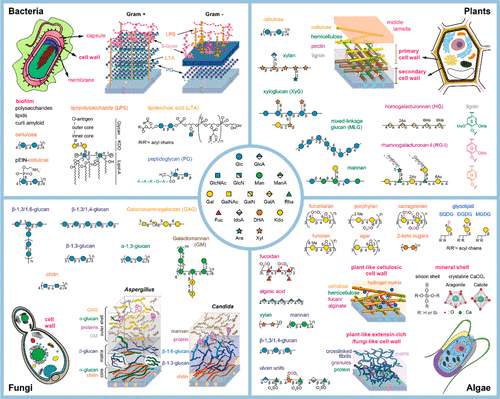
The review highlights the recent high-resolution investigations of intact ECMs and native cells in many organisms spanning plants, bacteria, fungi, and algae. Extracellular matrixes (ECMs), such as the cell walls and biofilms, are essential for supporting cell integrity and function and regulating intercellular communication. These biomaterials are also of significant interest to the production of […]
Primary Structure of Glycans by NMR Spectroscopy
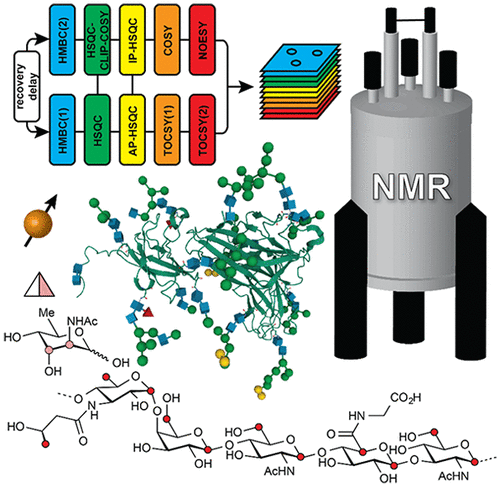
Glycans, carbohydrate molecules in the realm of biology, are present as biomedically important glycoconjugates, and a distinctive aspect is that their structures, in many instances, are branched. In determining the primary structure of a glycan, the sugar components, including the absolute configuration and ring form, anomeric configuration, linkage(s), sequence, and substituents, should be elucidated. Solution-state […]
Molecular Dynamics Simulation of an Entire Cell
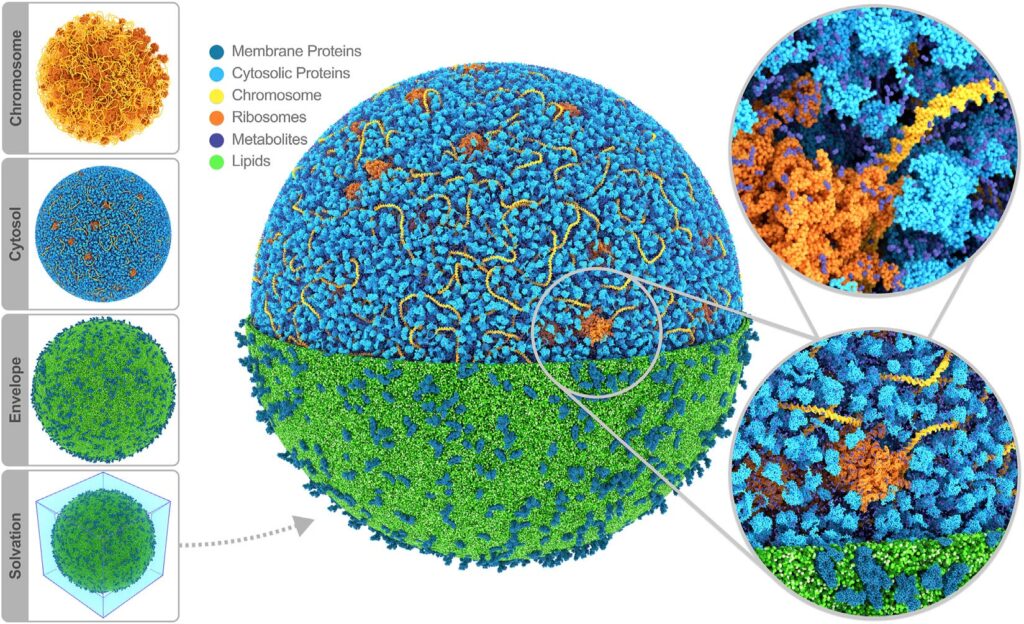
The ultimate microscope, directed at a cell, would reveal the dynamics of all the cell’s components with atomic resolution. In contrast to their real-world counterparts, computational microscopes are currently on the brink of meeting this challenge. In this perspective, the article shows how an integrative approach can be employed to model an entire cell, the […]
Building an Artificial Plant Cell
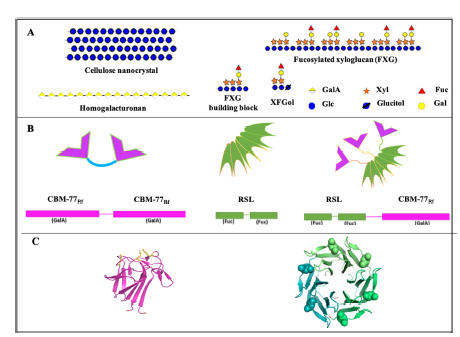
The cell wall constitutes a fundamental structural component of plant cells, providing them with mechanical resistance and flexibility. Mimicking that wall is a critical step in the conception of an experimental model of the plant cell. The assembly of cellulose/hemicellulose in the form of cellulose nanocrystals and xyloglucans as a representative model of the plant […]
Trends in Extracellular Matrix Biology
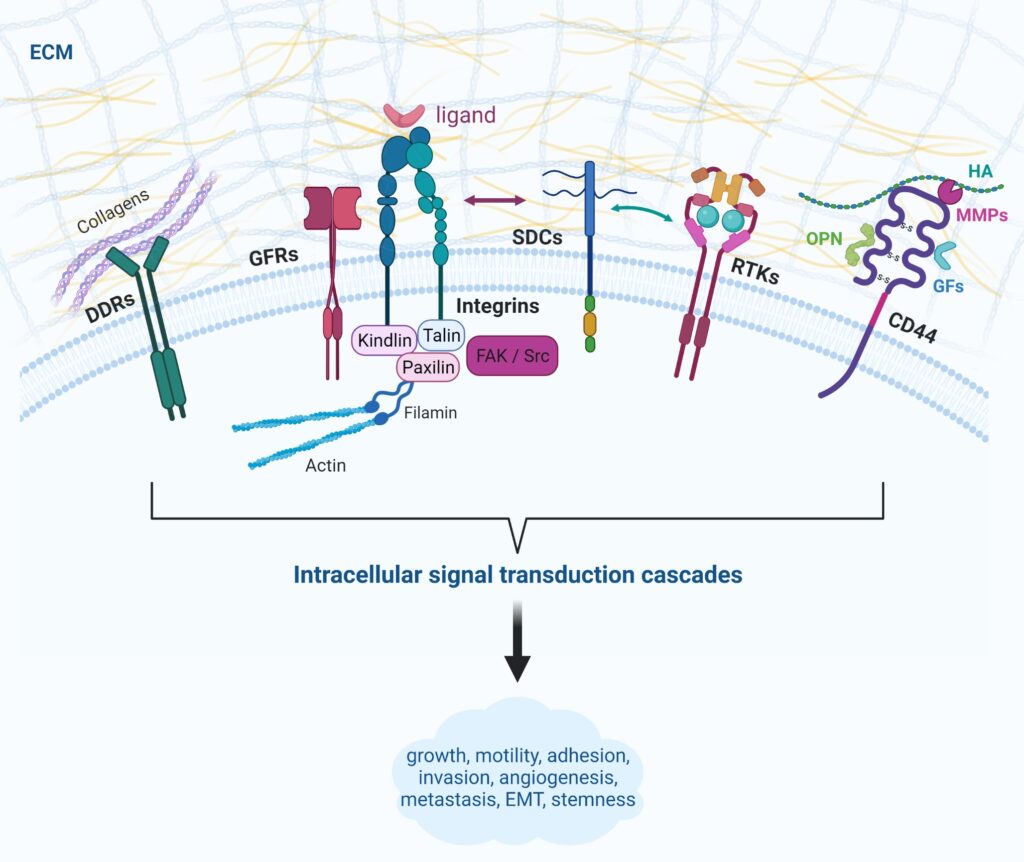
Extracellular matrixes (ECMs) are intricate 3-dimensional macromolecular networks of unique architectures with regulatory roles in cell morphology and functionality. As a dynamic native biomaterial, ECM undergoes constant but tightly controlled remodeling that is crucial for maintaining normal cellular behavior. Under pathological conditions like cancer, ECM remodeling ceases to be subjected to control, resulting in disease […]
AlphaFill: enriching AlphaFold models with ligands and cofactors

The predicted protein models in the AlphaFold protein structure database all lack coordinates for small molecules essential for molecular structure or function: haemoglobin lacks bound heme, zinc-finger motifs lack zinc ions essential for structural integrity, and metalloproteases lack metal ions needed for catalysis. Ligands important for biological function are absent, too; no ADP or ATP […]
Glycan Conformation in the Heavily Glycosylated Protein, CEACAM1

Glycans attached to glycoproteins can contribute to stability, mediate interactions with other proteins, and initiate signal transduction. Glycan conformation, critical to these processes is highly variable and often depicted as sampling a multitude of conformers. These conformers can be generated by molecular dynamics simulations and more inclusively by accelerated molecular dynamics, as well as other […]
Prot2Prot: a deep learning model for rapid, photorealistic macromolecular visualization

Molecular visualization is a cornerstone of structural biology, providing insights into the form and function of biomolecules that are difficult to achieve any other way. Scientific analysis, publication, education, and outreach often benefit from photorealistic molecular depictions using advanced computer-graphics programs. The article reports developing and applying a deep-learning model called Prot2Prot that quickly imitates […]
Noninvasive detection of any-stage cancer using free glycosaminoglycans
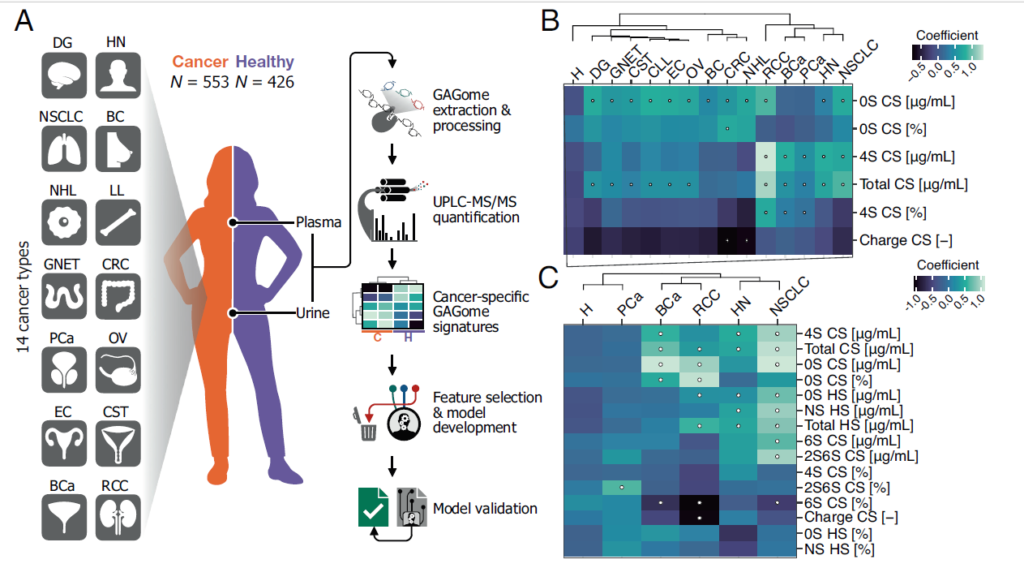
Multi-cancer early detection (MCED) is an emerging paradigm to curb cancer mortality by shifting the stage at diagnosis through a single test capturing all cancer types when still confined to their tissue of origin (stage I). Liquid biopsies based on genomic biomarkers could make MCED realistic, but limitations include 10% stage I sensitivity in validation […]
Martini 3 Coarse-Grained Force Field for Carbohydrates
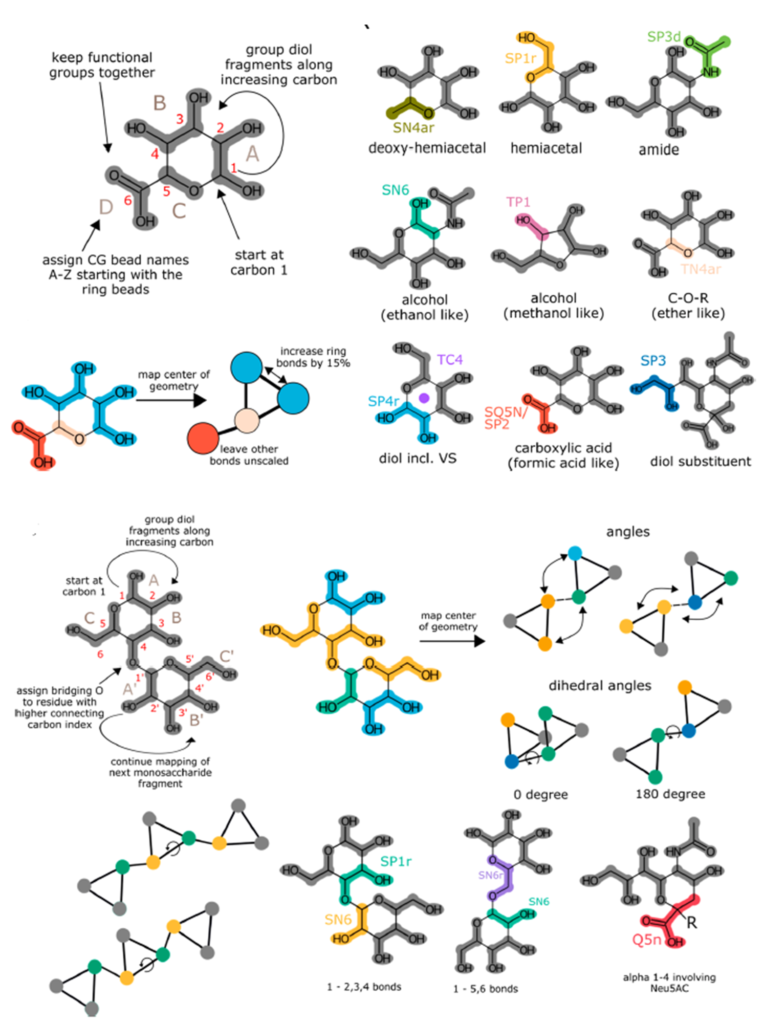
The Martini 3 force field is a full reparametrization of the Martini coarse-grained model for biomolecular simulations. The improved interaction balance allows a more accurate description of condensed phase systems. In the present work, we develop a consistent strategy to parametrize carbohydrate molecules accurately within Martini 3. In particular, we create a canonical mapping scheme […]
The GlySpace Alliance was formed in 2018…
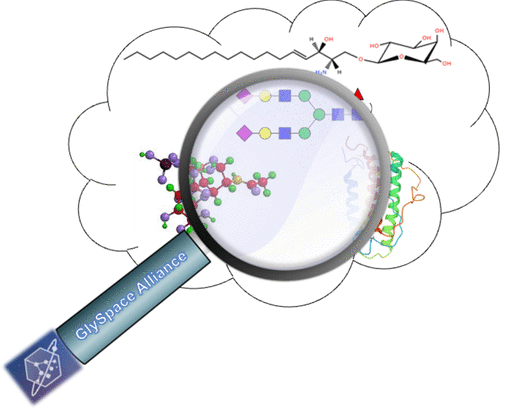
The GlySpace Alliance was formed in 2018 among the principal investigators of three major glycoscience portals: Glyco@Expasy, GlyCosmos, and GlyGen, representing Europe, Asia, and the United States, respectively. The members of the GlySpace Alliance have developed their respective resources from various perspectives. In short, Glyco@Expasy aims to provide data from the user’s view along the […]
Structure of the Human Heparan Sulfate Polymerase complex EXT1-EXT2

Heparan sulfates are complex polysaccharides that mediate the interaction with a broad range of protein ligands at the cell surface. A key step in heparan sulfate biosynthesis is catalyzed by the bi-functional glycosyltransferases EXT1 and EXT2, which generate the glycan backbone consisting of repeating N-acetylglucosamine and glucuronic acid units. The molecular mechanism of heparan sulfate […]
Heparan sulfate SARS-CoV-2 spike S1 Protein Interactions
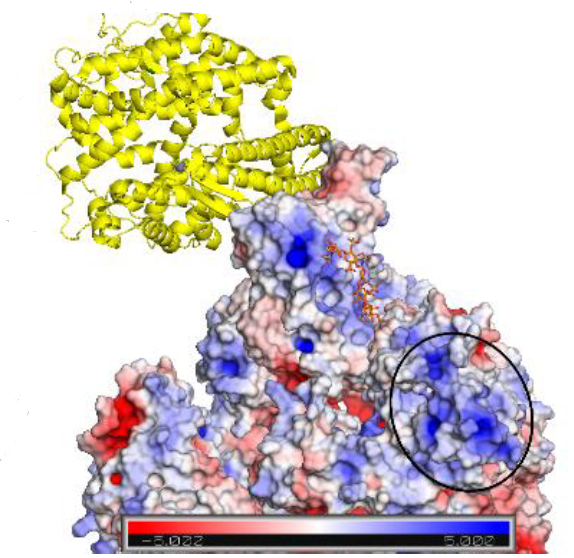
Infection of host cells by SARS-CoV-2 begins with recognition by the virus S (spike) protein of cell surface heparan sulfate, tethering the virus to the extracellular matrix environment and causing the subunit S1-RBD to undergo a conformational change into the ‘open’ conformation. These two events promote the binding of S1-RBD to the angiotensin-converting enzyme 2 […]
The Ruminococcus bromii amylosome protein Sas6 binds single and double helical α-glucan structures in starch.

Starch is the indispensable nutritive reserve of most green plants. Even though each plant species has a unique starch granular size, a conserved architecture of a constitutive series of organized levels is found. Starch is the most common carbohydrate in the human diet. As a prebiotic, resistant starch degradation, leading to glucose, requires the concomitant […]
Untangling the Threads of Cellulose Mercerization

Naturally occurring plant cellulose, the most abundant renewable resource consists of fibers of long polymer chains tightly packed in parallel arrays in either of two crystal phases collectively referred to as cellulose I. During mercerization, a process that involves treatment with sodium hydroxide, cellulose converts to another crystal form called cellulose II, within which every […]
Chemical Reviews: Glycosciences Issue.
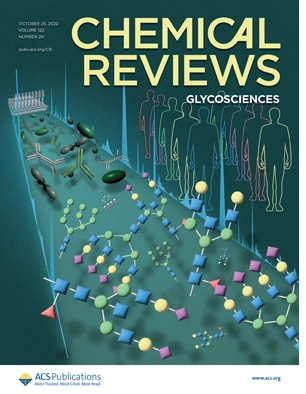
The Chemical Reviews thematic issue is called “Glycosciences” to illustrate the broader impact of carbohydrate chemistry on other sciences, opening new frontier knowledge and technologies that have only become possible through cross-disciplinary collaborations. These have led to exciting new discoveries, for example, in our understanding and treatment of microbial infections. Glycosylation is now understood as […]
Structural Basis for Directional Chitin Biosynthesis

Chitin is the most abundant amino polysaccharide in nature. It is an extracellular polymer consisting of N-acetylglucosamine (GlcNAc) units linked β(1-4). The critical reactions of chitin biosynthesis are catalyzed by chitin synthase, a membrane-integrated glycosyltransferase that transfers GlcNAc from UDP-GlcNAc to a growing chitin chain. However, the precise mechanism of this process has yet to […]
A universal glycoenzyme biosynthesis pipeline
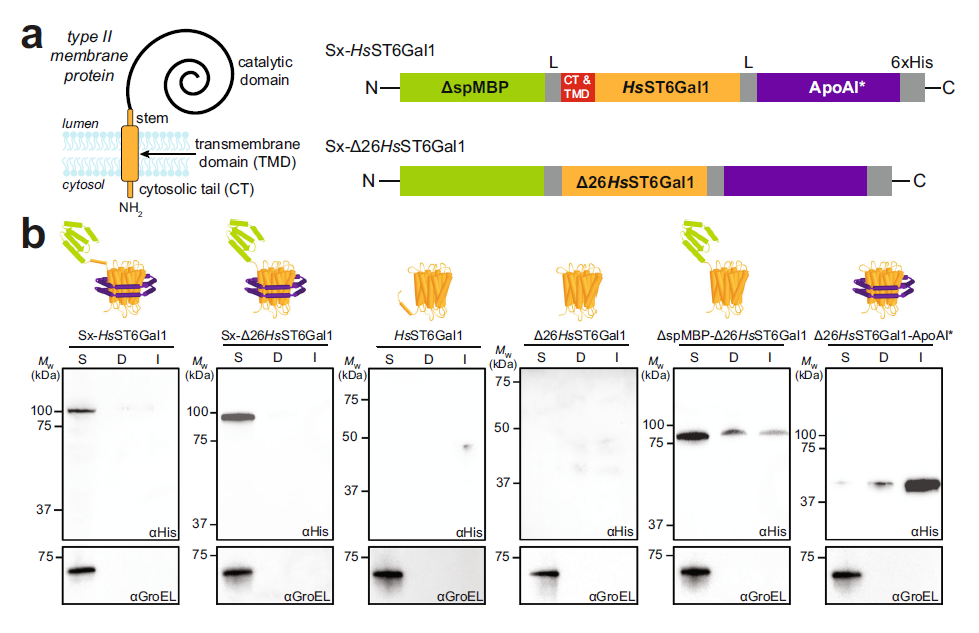
The ability to reconstitute natural glycosylation pathways or prototype entirely new ones from scratch is hampered by the limited availability of functional glycoenzymes, many of which are membrane proteins that fail to express in heterologous hosts. Here, we describe a strategy for topologically converting membrane-bound glycosyltransferases (GTs) into water-soluble biocatalysts expressed at high levels in […]
Biomass in the Bioeconomy

Biomass is the physical basis of the bioeconomy, the renewable segment of the circular economy, and as a CO2-neutral part of the carbon cycle, biomass is an efficient carbon sink. Demand for biomass is increasing worldwide because of its advantages in replacing fossil-based materials and fuels, which challenges reconciling this increased demand with the sustainable […]
The Nobel price to Carolyn Bertozzi and the click-chemistry
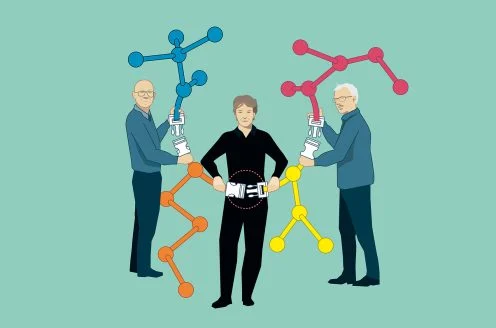
Sometimes simple answers are the best, and functional chemistry works wonders. Carolyn Bertozzi is awarded the Nobel Prize in Chemistry 2022 with Barry Sharpless and Morten Meldal because they brought chemistry into the era of functionalism, laid the foundations of click chemistry and opened applications to bioorthogonal reactions used inside living organisms. https://www.nobelprize.org/prizes/chemistry/2022/popular-information/
Automated solution-phase multiplicative synthesis of complex glycans up to a 1,080-mer
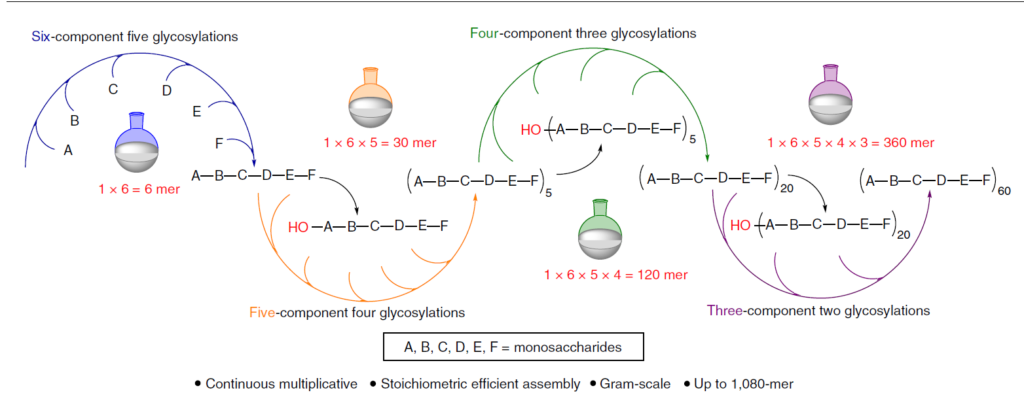
The article reports an automated solution-phase multiplicative synthesis of complex glycans enabled by preactivation-based, multi-component, one-pot glycosylation and continuous multiplying amplification. This was achieved by making a dual-mode automated solution-phase glycan synthesizer. Using this synthesizer, a library of oligosaccharides covering various glycoforms and glycosidic linkages was assembled rapidly, either in a general promoter-activation mode or […]
Carbohydrate-based drugs launched during 2000_2021
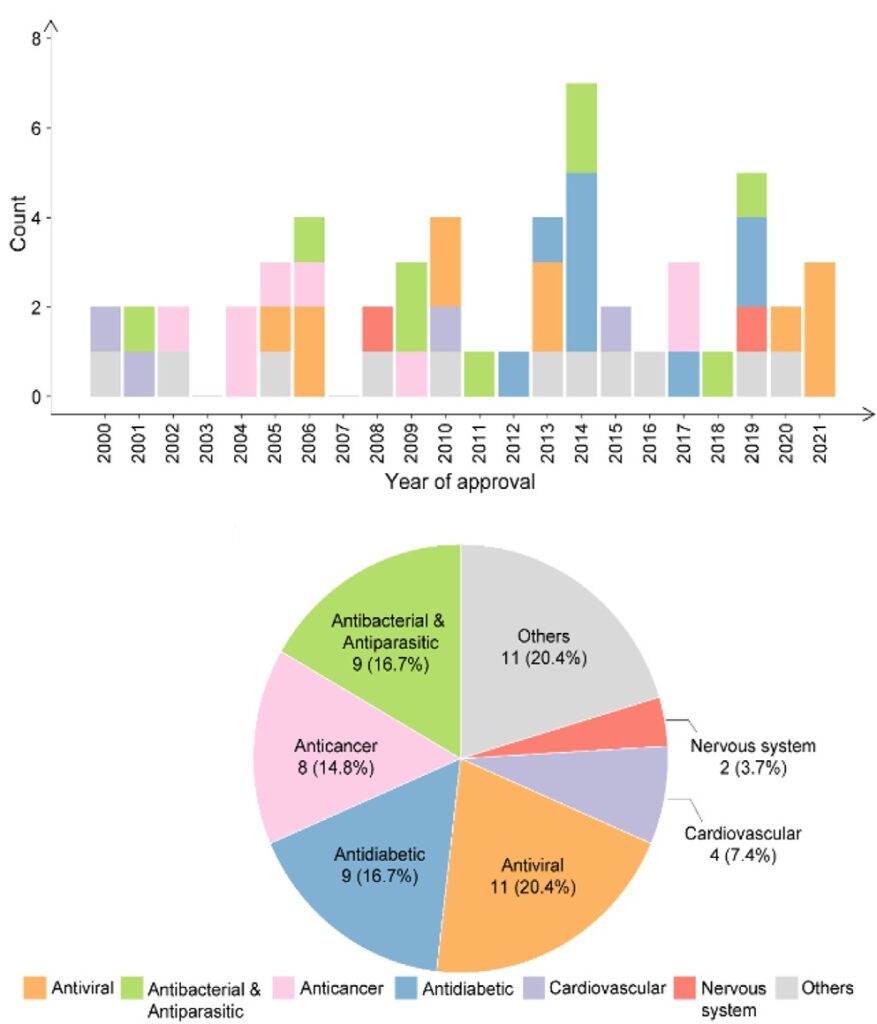
Carbohydrates are fundamental molecules involved in nearly all aspects of life, such as forming the genetic and energy materials, supporting the structure of organisms, constituting invasion and host defence systems, and forming antibiotics’ secondary metabolites. Naturally occurring carbohydrates and their derivatives have been extensively studied as therapeutic agents for treating various diseases. From 2000 to […]
Sequencing Glycoasminoglycan using Recognition Tunneling Nanopores
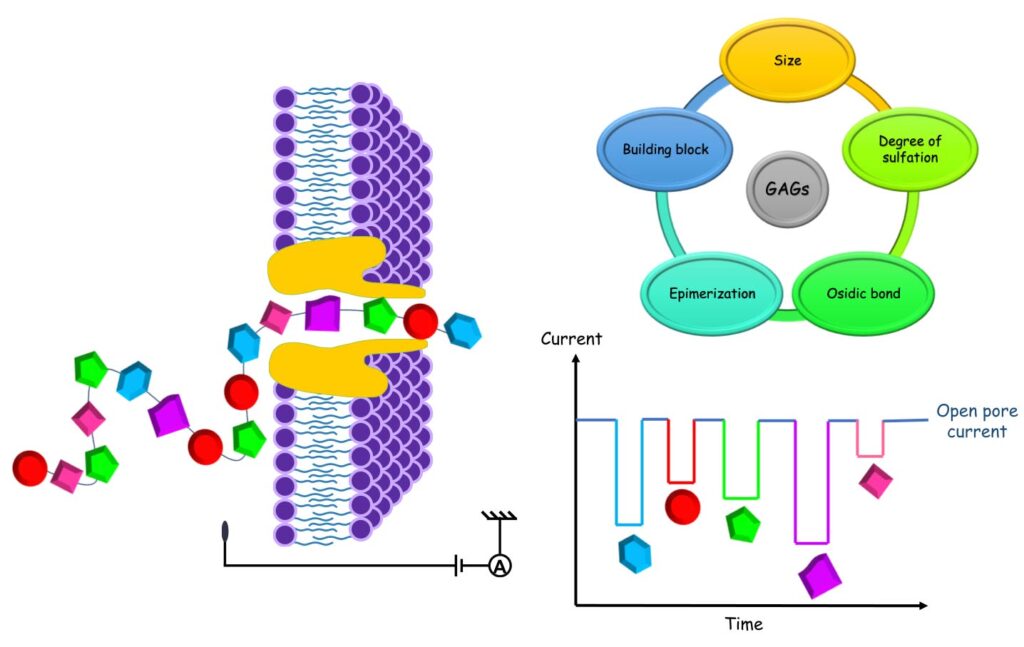
Glycosaminoglycans (GAGs) are highly anionic functional polysaccharides with information in their structure that plays a significant role in the communication between the cell and the extracellular environment. The study reports the label-free detection and analysis of GAGs at the single molecule level using sensing by biological nanopore. It offers a way to decipher structural information […]
Precise Assembly of Proteins and Carbohydrates for Next- Generation Biomaterials
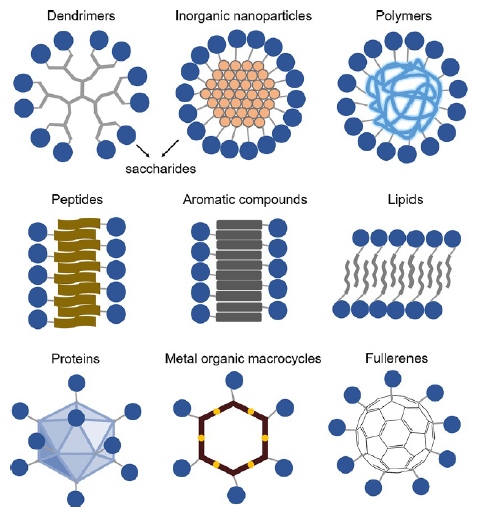
The complexity and diversity of biomacromolecules make them a unique class of building blocks for generating precise assemblies. They are mainly available to a new generation of biomaterials integrated with living systems due to their intrinsic properties, such as accurate recognition, self-organization, and adaptability. Therefore, many excellent approaches have been developed, leading to a variety […]
In situ structure and dynamics of an alphacoronavirus spike protein by cryo-ET and cryo-EM
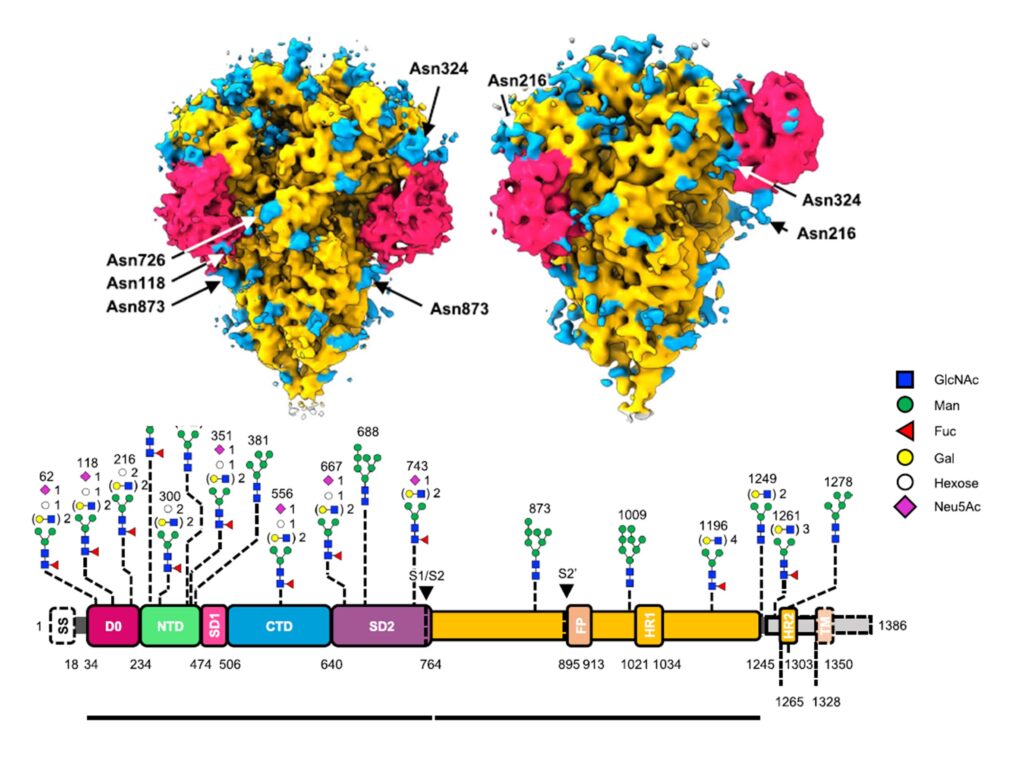
The trimeric spike (S) glycoprotein of porcine epidemic diarrhoea virus (PEDV) is responsible for virus-host recognition and membrane fusion; it is the main target for vaccine development and antigenic analysis. The two strains’ atomic structures of the recombinant PEDV S proteins have been reported, but they reveal distinct N-terminal domain 0 (D0) architectures that may […]
Glycoinformatics in the Artificial Intelligence Era

Artificial intelligence (AI) methods are being increasingly integrated into prediction software implemented in bioinformatics with the emerging glycoinformatics. Their limited use in glycoscience is partly explained by the peculiarities of glyco-data that are notoriously hard to produce and analyze. The accumulation of glycomics, glycoproteomics, and glycan-binding data has reached a point where even the most […]
The Astounding World of Glycans from Giant Viruses
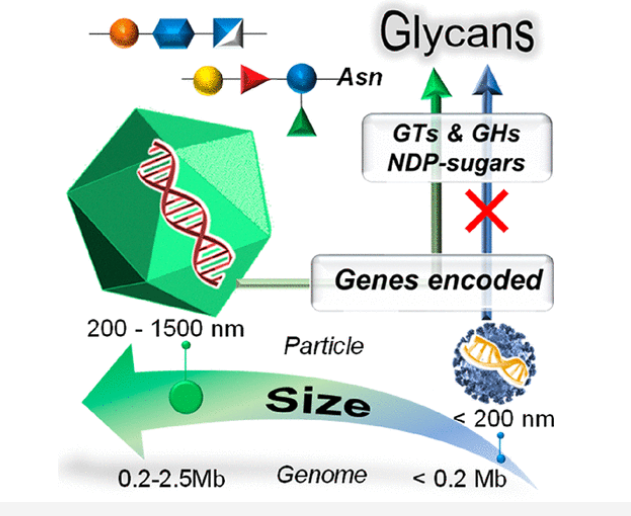
Viruses are a heterogeneous ensemble of entities, all sharing the need for a suitable host to replicate. They are extremely diverse, varying in morphology, size, nature, and complexity of their genomic content. Typically, viruses use host-encoded glycosyltransferases and glycosidases to add and remove sugar residues from their glycoproteins. Thus, the structure of the glycans on […]
CarbManaging Carbohydrate Microarrays with CarbArrayART
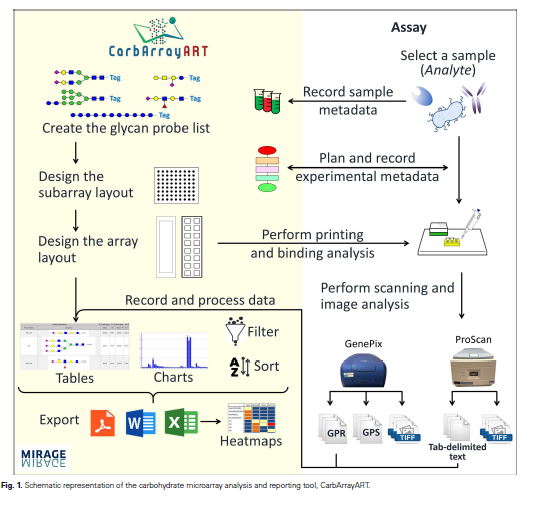
Glycan microarrays are essential tools in glycobiology and are being widely used for the assignment of glycan ligands in diverse glycan recognition systems. The authors have developed new software, called Carbohydrate Microarray Analysis and Reporting Tool: CarbArrayART, to address the need for a distributable application for glycan microarray data management. The main features of CarbArrayART […]
Spike-heparan sulfate interactions in…

All cells are surrounded by a glycocalyx composed of various types of glycoconjugates, glycoproteins, glycosphingolipids, and proteoglycans which are exploited by many viruses as attachment factors and receptors for infections. One of the major components of the cellular glycocalyx participates in the infection of SARS-CoV-2, facilitating the so-called open conformation of the spike protein, which […]
Multifaceted Computational Modeling in Glycoscience
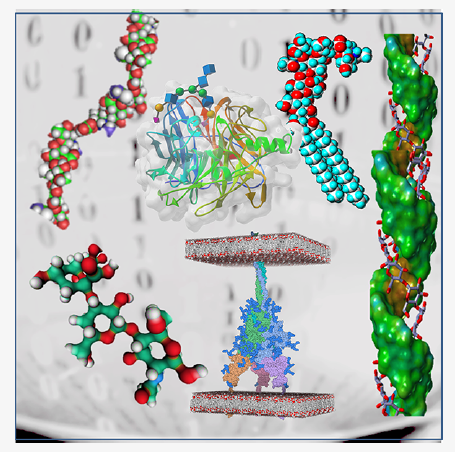
https://hal.archives-ouvertes.fr/hal-03841124/document Glycoscience assembles all the scientific disciplines involved in studying various molecules and macromolecules containing carbohydrates and complex glycans. Such an ensemble involves one of the most extensive sets of molecules in quantity and occurrence since they occur in all microorganisms and higher organisms. Once the compositions and sequences of these molecules are established, the […]
Pathogen-sugar interactions revealed by universal saturation transfer analysis
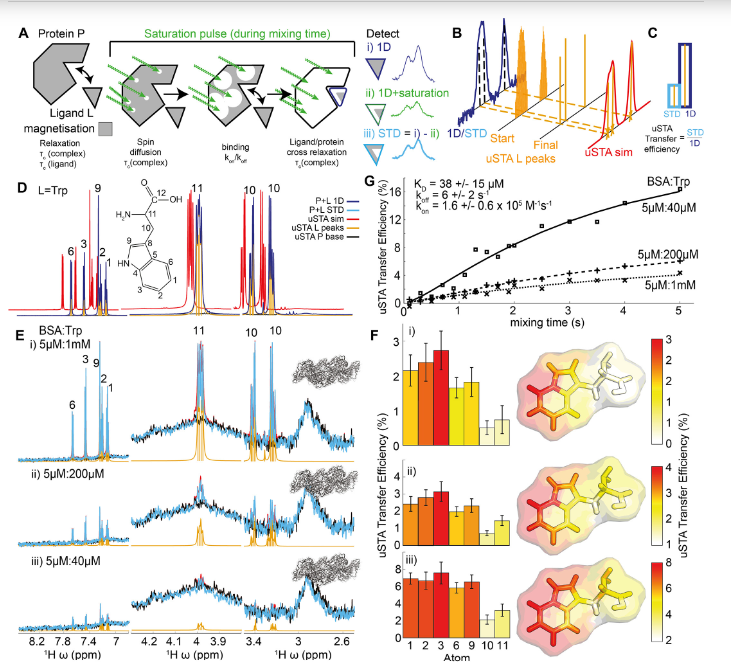
Many pathogens exploit host cell-surface glycans. However, precise analyses of glycan ligands binding with heavily-modified pathogen proteins can be confounded by overlapping sugar signals and/or compound with known experimental constraints. ‘Universal saturation transfer analysis’ (uSTA) builds on existing nuclear magnetic resonance spectroscopy to provide an automated workflow for quantitating protein-ligand interactions. uSTA reveals that early-pandemic, […]
Bottom-Up Approach to Understand Chirality Transfer across Scales in Cellulose Assemblies
Cellulose is a polysaccharide that displays chirality across different scales, from the molecular to the supramolecular level. This feature has been exploited to generate chiral materials. The mechanism of chirality transfer from the molecular level to higher-order assemblies has remained elusive, partially due to the heterogeneity of cellulose samples obtained via top-down approaches. The authors […]
Mass Spectrometry-Based Techniques to Elucidate the Sugar Code
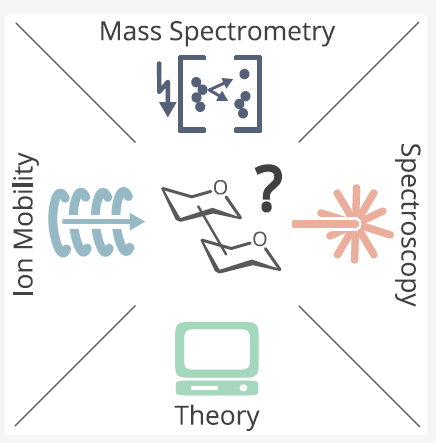
Although glycans are essential to all living organisms, surprisingly little is known about the “sugar code” and the biological roles of these molecules. The reason glycobiology lags behind its counterparts dealing with nucleic acids and proteins lies in the complexity of carbohydrate structures, which renders their analysis extremely challenging. Building blocks may differ only in […]
Molecular dynamics simulations enlight glycosaminoglycan interactions in the free- and protein-bound states

Glycosaminoglycans (GAGs) are informational molecules with astounding structural diversity. Understanding the behaviour of GAGs in the free and protein-bound states is critical for harnessing this diversity. Molecular dynamics (MD) offers atomistic insight into principles governing GAG recognition by proteins. Here, we discuss how MD can be used to understand the local and global properties of […]
The Glycosaminoglycan Interactome 2.0
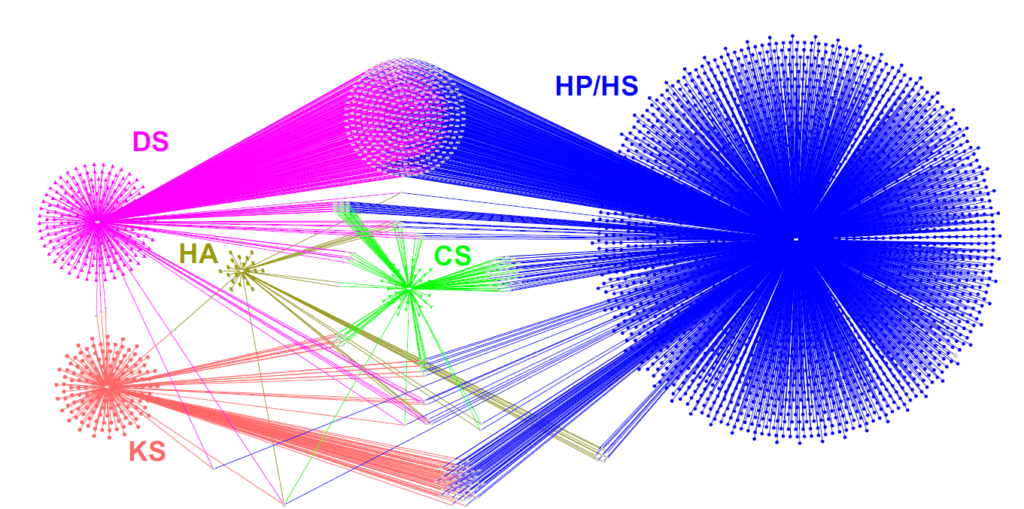
Glycosaminoglycans (GAGs) are complex linear polysaccharides covalently attached to core proteins (except for hyaluronan), where they form proteoglycans. They play vital roles in the organization of the extracellular matrix and at the cell surface, where they contribute to cell signalling and adhesion regulation. To explore the mechanisms and pathways underlying their functions, the authors generated […]
Synthetic Glycans to Improve Current Glycoconjugate Vaccines and Fight Antimicrobial Resistance
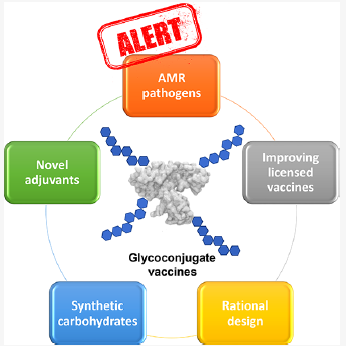
Antimicrobial resistance (AMR) is emerging as the next potential pandemic. Different microorganisms, including the bacteria Acinetobacter baumannii, Clostridioides difficile, Escherichia coli, Enterococcus faecium, Klebsiella pneumoniae, Neisseria gonorrhoeae, Pseudomonas aeruginosa, non-typhoidal Salmonella, and Staphylococcus aureus, and the fungus Candida auris, have been identified by the WHO and CDC as severe or urgent AMR threats. Others, such […]
A Complete 3D Glycan Library for SAMSON Molecular Design
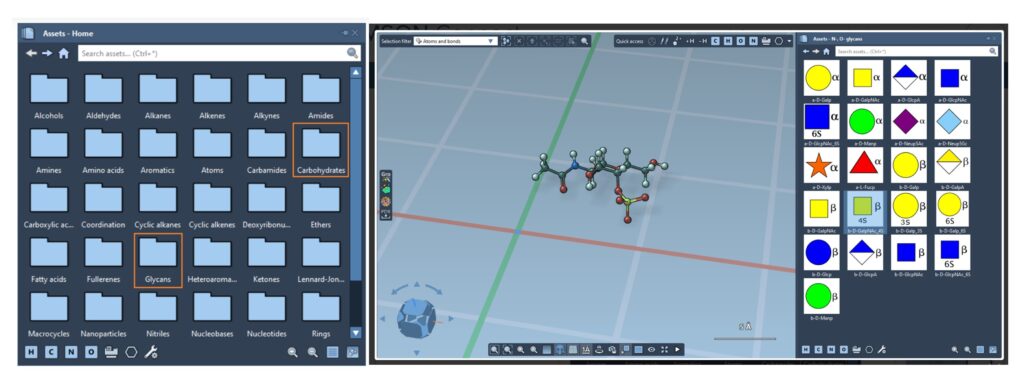
SAMSON offers new functionalities for visualising and modelling glycans and complex polysaccharides. ( https://lnkd.in/ej6T5GKS) A complete library of 128 3D structures of monosaccharides (cyclic, linear, Hexoses, Pentoses, Ketoses (D, L configuration); alpha/beta-pyranose; alpha/beta furanose) and their substituents is available. Another library provides 3D structures and SNFG Symbol Nomenclature for Glycans) representations of monosaccharides, most commonly […]
Essentials of Glycobiology, 4th edition

The fourth edition of this primary textbook in the field continues in the prior tradition to provide a basic overview of Glycobiology, directed toward the advanced undergraduate or the beginning graduate-level student of molecular and cellular biology and biomedicine. This edition includes a broader focus on all lineages of life forms; a wider range of […]
Sucrose Dominates the Seagrass Rhizosphere
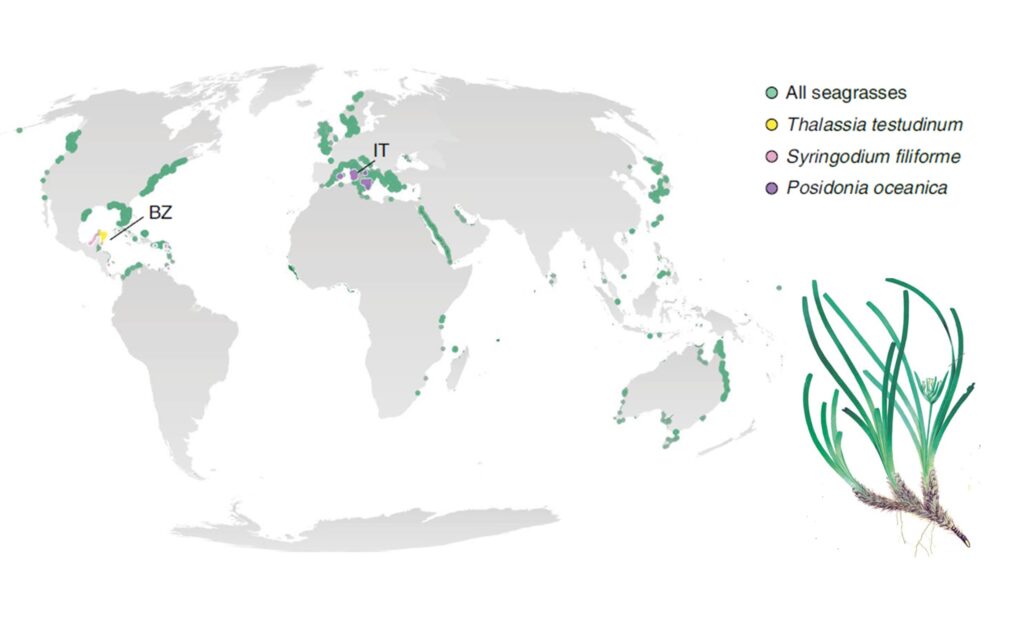
Seagrasses are among the most efficient sinks of carbon dioxide on Earth. They bury carbon 35 times faster than tropical rainforests per unit area. While carbon sequestration in terrestrial plants relies upon the microorganisms living in their soils, the interactions of seagrasses with their rhizospheres are poorly understood. Three seagrass species, among which Posidonia oecanica […]
Design of Protein Binding Proteins from Target Structure Alone
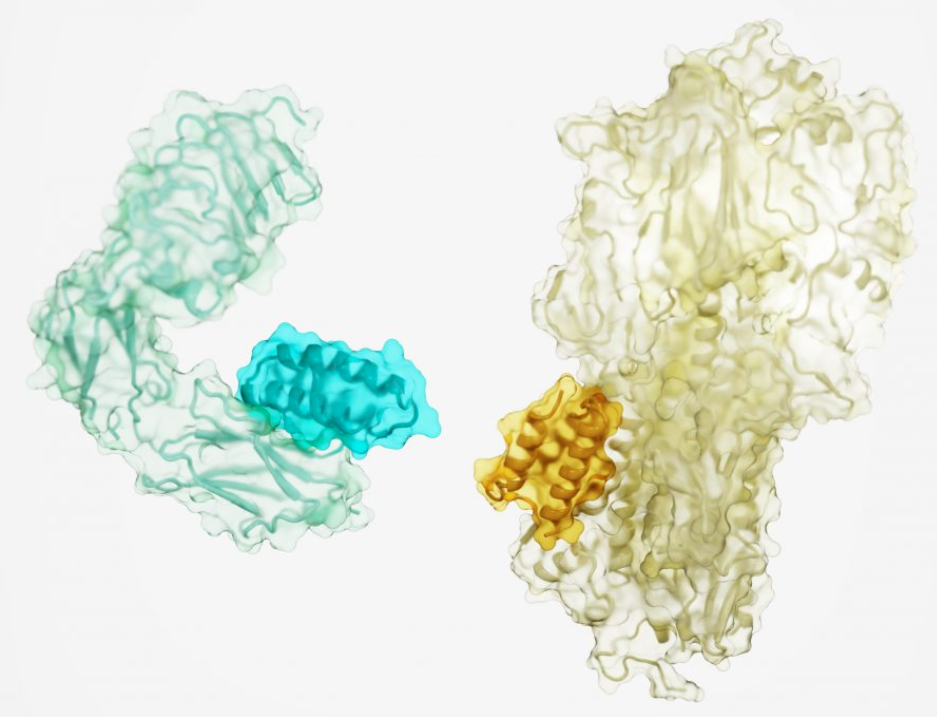
The article describes a new method for designing proteins that bind to a specific site on the surface using no information other than the 3D structure of the target. A general solution to this problem requires a broad exploration of the vast space of possible binding modes to a selected region of a protein surface, […]
Microbial carbohydrate-binding toxins – From aetiology to biotechnological application
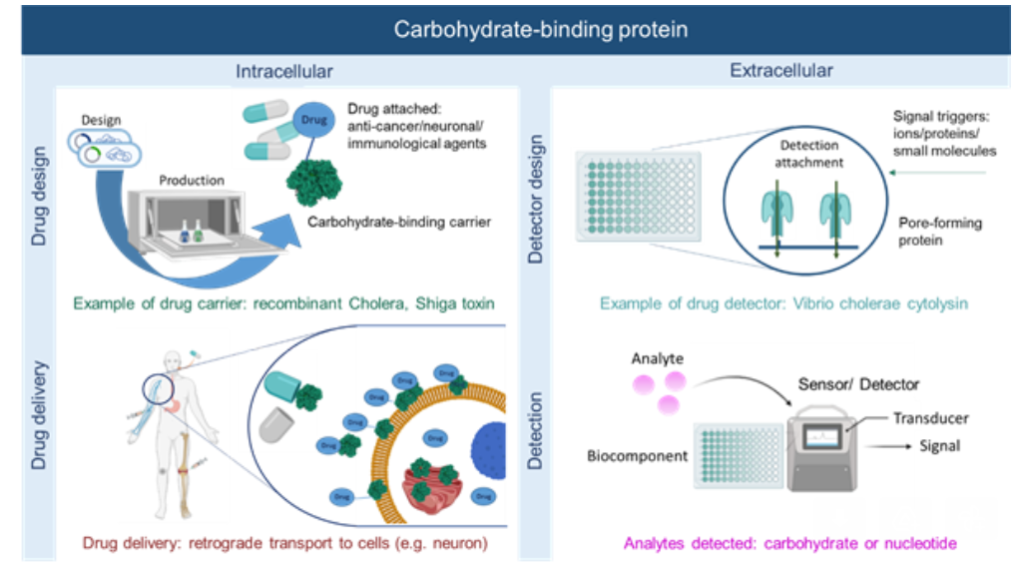
Glycan-recognizing toxins play a significant role in the aetiology of many diseases afflicting humanity. The carbohydrate recognition domains of these toxins play essential roles in the virulence of many microbial organisms with multiple modes of action, from promoting pore formation to facilitating the entry of toxic enzymatic subunits into the host cell. Carbohydrate-binding domains with […]
Video: SARS-CoV-& spike & ACE2
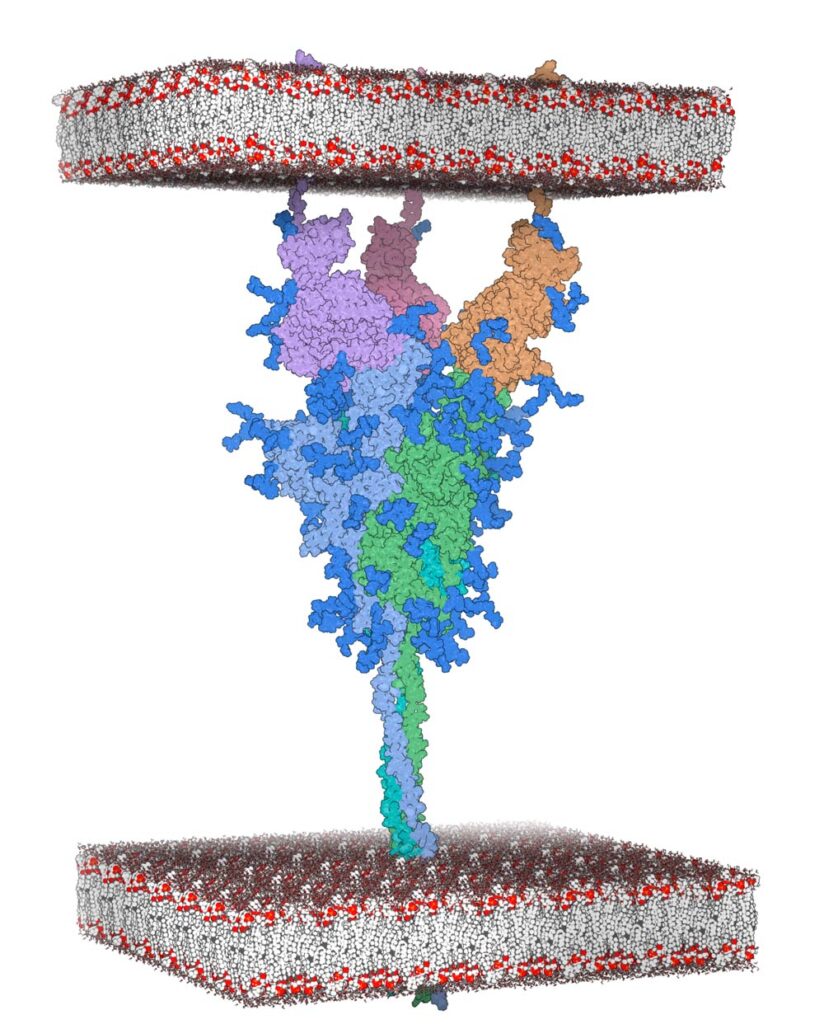
Click on video
The First-in-Human Synthetic Glycan-Based Conjugate Vaccine Candidate against Shigella

Shigella, the causative agent of shigellosis, is among the leading causes of diarrheal diseases with high morbidity in low-income countries. Relying on chemical synthesis, the design of a multidisciplinary strategy yielded an original glycoconjugate vaccine candidate (SF2a-TT15) targeting Shigella flexneri 2a (SF2a). SF2a-TT15 contains synthetic 15mer oligosaccharides. They correspond to three non-Oacetylated repeats, linked at […]
Acholetin: A newly discovered Poly 1-3 β-D GlcNAc bacterial polysaccharide
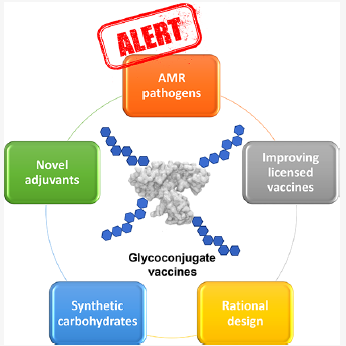
Using genomic data and activity-based screening, the researchers identified a glycoside phosphorylase enzyme from bacteria called Alasmacholep laidlawii. The authors expressed, purified and crystallized the bacterial enzyme and discovered that it could synthesize a new type of polysaccharide, which they named acholetin. with the Glycoside Phosphorylase being denoted acholetin phosphorylase (AchP)While the composition of acholetin […]
Glycomimetics against Multi-Drug Resistant Pathogens
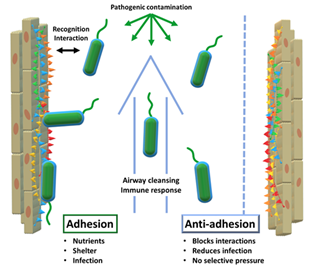
The collection of glycopedia virtual chapters has been extended with a new contribution Multi-drug resistant (MDR) pathogens such as Burkholderia cenocepacia have become a hazard in the context of healthcare-associated infections, especially for patients admitted with compromising or aggravating conditions. Like other opportunistic Gram-negative bacteria, this pathogen establishes virulence and biofilms through lectin-mediated adhesion. Glycans […]
The Fascinating World of Siglec Proteins
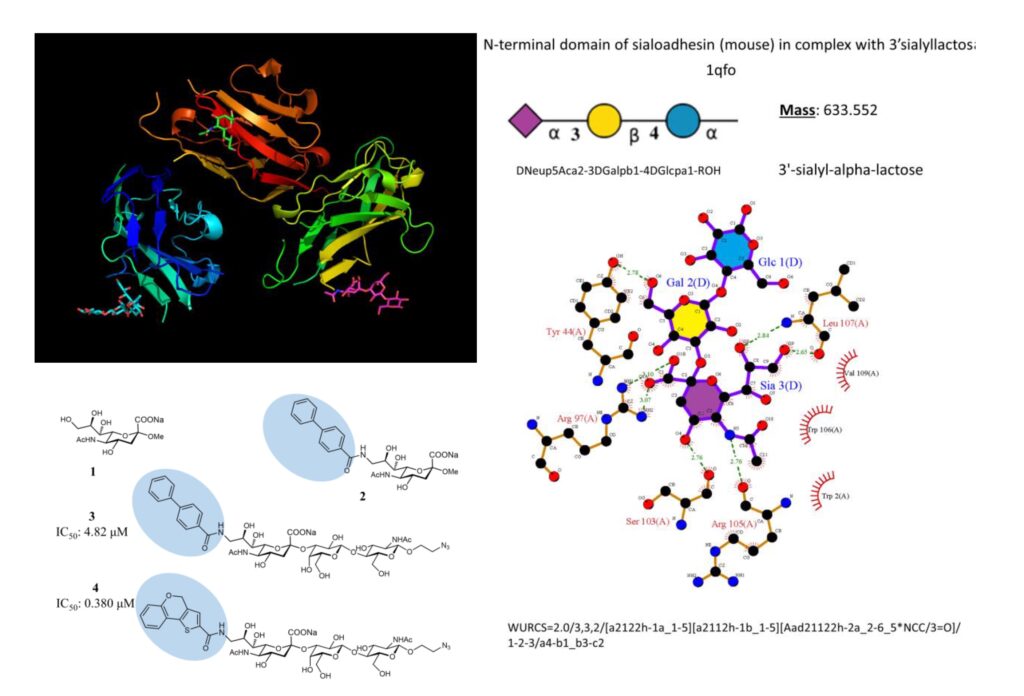
The collection of glycopedia virtual chapters has been extended with a new contribution The Fascinating World of Siglec Proteins” reviews the most recent advances about Sialic acid-binding immunoglobulin-like lectins (Siglecs), a family of transmembrane proteins able to recognize sialic acids. Siglecs have emerged as potential therapeutic targets for treating several diseases: the main areas include […]
Mucins Inhibit Coronavirus Infection in a Glycan-Dependent Manner

Mucins are a diverse and heterogeneous family of glycoproteins that comprise the bulk of mucus and the epithelial glycocalyx. Mucins are intimately involved in viral transmission. Mucin and virus-laden particles can be expelled from the mouth and nose to later infect others. Viruses must also penetrate the mucus layer before cell entry and replication. The […]
The in vitro Synthesis of Cellulose
The implementation of cellulose as a green alternative to classical polymers sparks research on the synthesis of defined derivatives of this biopolymer for various high-tech applications. Apart from the scientific challenge, the in vitro synthesis of cellulose using a bottom-up approach provides specimens with absolutely accurate substituent patterns and degrees of polymerization, not accessible from […]
Recent Advances in Electron Microscopy of Carbohydrate Nanoparticles
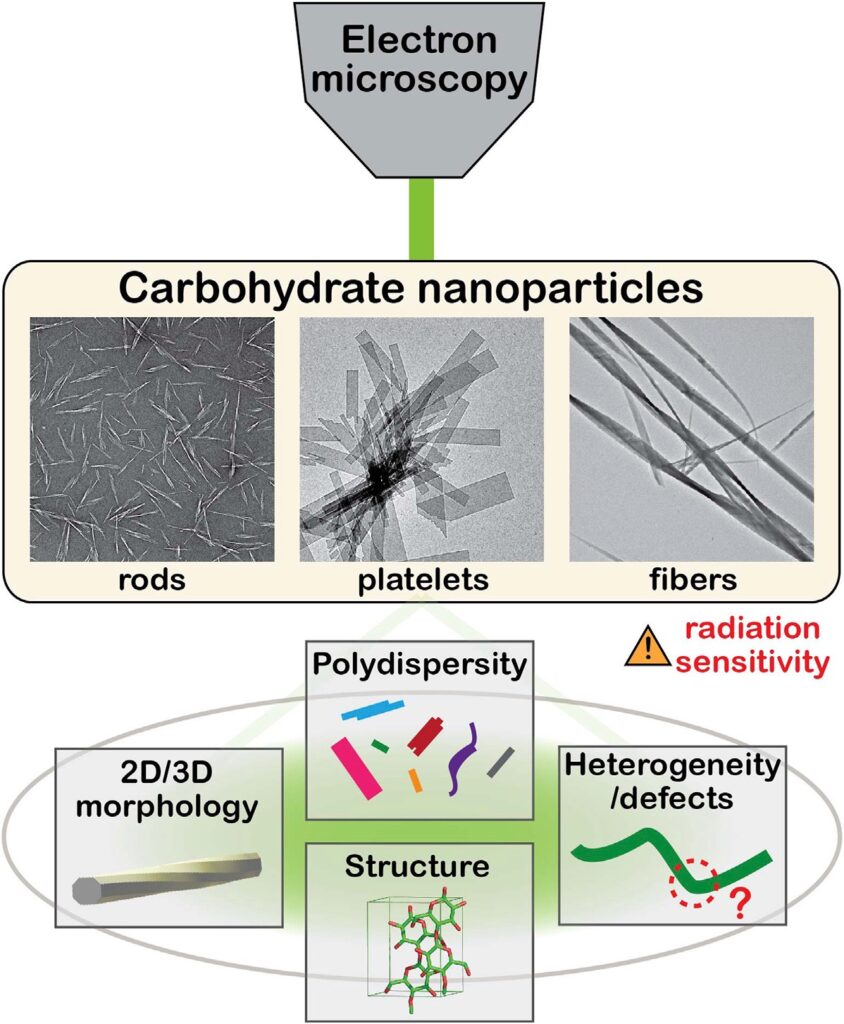
Carbohydrate nanoparticles, both naturally derived and synthetic ones, have attracted scientific and industrial attention as high-performance renewable building blocks of functional materials. Electron microscopy (EM) has played a central role in investigations of their morphology and molecular structure, although the intrinsic radiation sensitivity of carbohydrate crystals has often hindered the in-depth characterization with EM techniques. […]
Exploring the Multifaceted Roles of Glycosaminoglycans (GAGs) – New Advances and Further Challenges
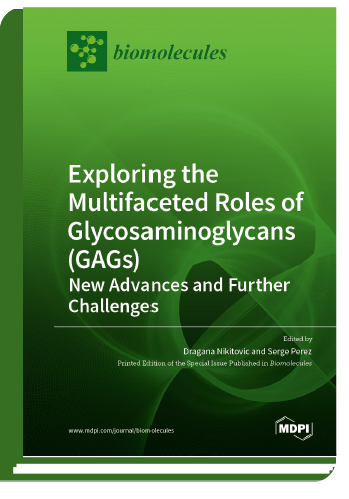
Glycosaminoglycans are linear, anionic polysaccharides (GAGs) consisting of repeating disaccharides. GAGs are ubiquitously localized throughout the extracellular matrix (ECM) and to the cell membranes of cells in all tissues. They are either conjugated to protein cores in the form of proteoglycans, e.g., chondroitin/dermatan sulfate (CS/DS), heparin/heparan sulfate (Hep/HS) and keratan sulfate (KS), as well as […]
Neutron crystallography reveals mechanisms used by Pseudomonas aeruginosa for host-cell binding
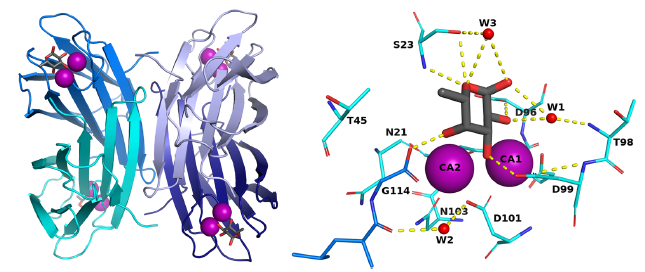
The opportunistic pathogen Pseudomonas aeruginosa, a major cause of nosocomial infections, uses carbohydrate-binding proteins (lectins) as part of its binding to host cells. The fucose binding lectin, LecB, displays a unique carbohydrate-binding site that incorporates two closely located calcium ions bridging between the ligand and protein, providing specificity and unusually high affinity. The authors investigate […]
A Useful Guide to Lectin Binding: Machine-Learning Directed Annotation of 57 Unique Lectin Specificities

Tools to study glycans are rapidly evolving; however, most of the present knowledge is deeply dependent on binding by glycan-binding proteins (e.g., lectins). The specificities of lectins have not always been well-defined, making it difficult to leverage their full potential for glycan analysis. The authors use a combination of machine learning algorithms and expert annotation […]
Spike Protein and the Various Cell-Surface Carbohydrates: An Interaction Study
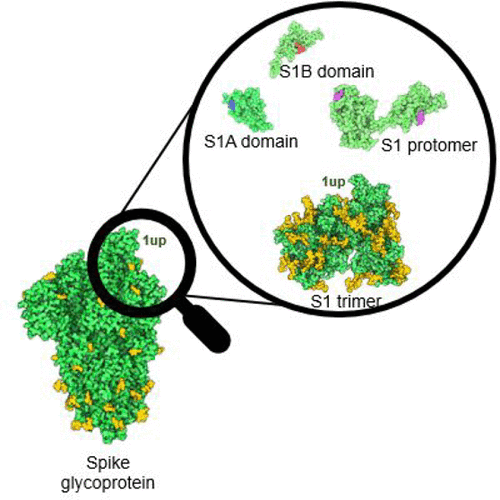
The SARS-CoV-2 virus enters the host cell through the spike protein that binds to the host ACE2 cell surface protein. However, the role of the putative sugar-binding sites in the spike protein has remained unclear. The authors provide a comprehensive in silico outlook into the infection initiation wherein the virus recognizes the sialosides on the […]
Chitin and Chitosan in the Bioeconomy
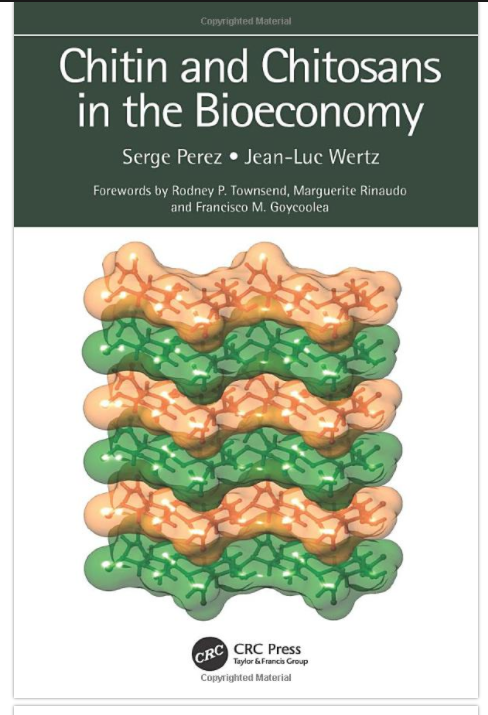
Chitin is the second most abundant natural polymer in the world after cellulose, mainly derived from the food waste of shrimp and crabs. Chitosan is the most important derivative of chitin. Thanks to their biodegradability, non-toxicity, biocompatibility, bioactivity, and versatile chemical and physical properties, chitin and chitosan derivatives are used in a wide variety of […]
The binding of heparin to spike glycoprotein inhibits SARS-CoV-2 infection by three mechanisms
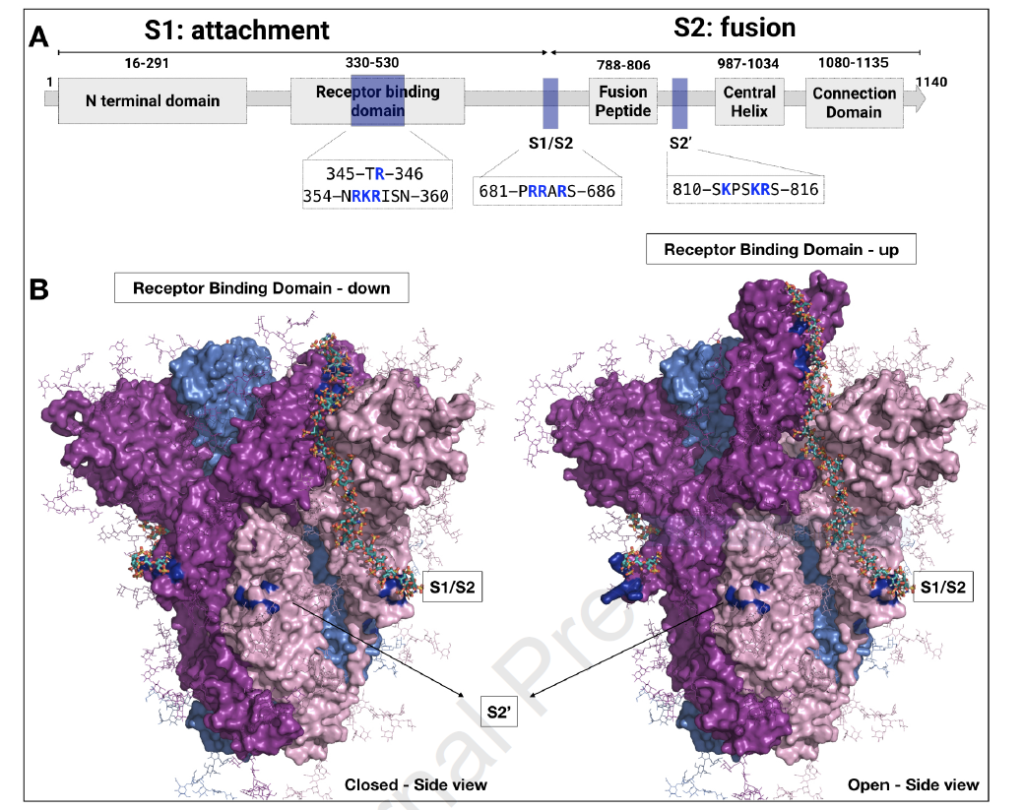
Heparin, a naturally occurring glycosaminoglycan, has been found to have antiviral activity against SARS-CoV-. The authors investigated the binding of heparin to the SARS-CoV-2 spike glycoprotein by means of sliding window docking, molecular dynamics simulations, and biochemical assays. The simulations show that heparin binds at long, positively-charged patches on the spike glycoprotein, thereby masking basic […]
Modernized uniform representation of carbohydrate molecules in the Protein Data Bank
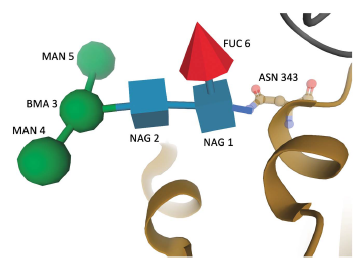
Carbohydrate molecules present in more than 14,000 Protein Data Bank (PDB) structures have recently been reviewed and remediated to conform to a new standardized format. This machine-readable data representation for carbohydrates occurring in the PDB structures and the corresponding reference data improve the findability, accessibility, interoperability and reusability of structural information pertaining to these molecules. […]
Fine-tuning the spike: role of the nature and topology of the glycan shield in the structure and dynamics of the SARS-CoV-2
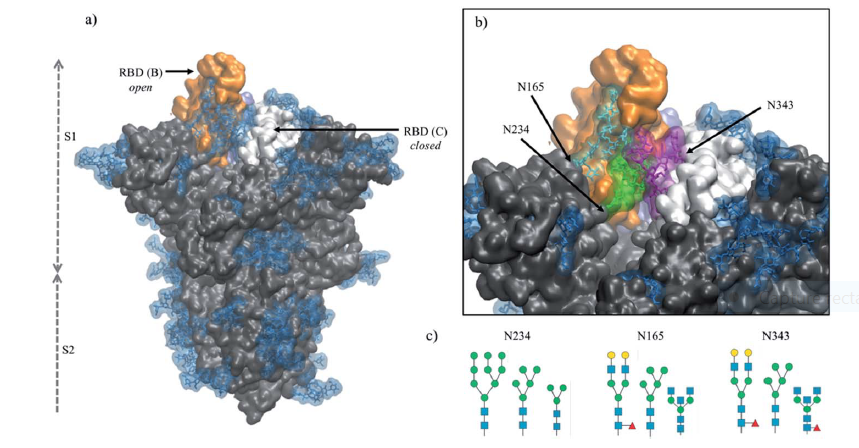
The dense glycan shield is an essential feature of the SARS-CoV-2 spike (S) architecture, the key to immune evasion and to the activation of the prefusion conformation. Recent studies indicate that the occupancy and structures of the SARS-CoV-2 S glycans depend not only on the nature of the host cell but also on the structural […]
CAZy: 30 years of contributions to the classification of carbohydrate acting enzymes.
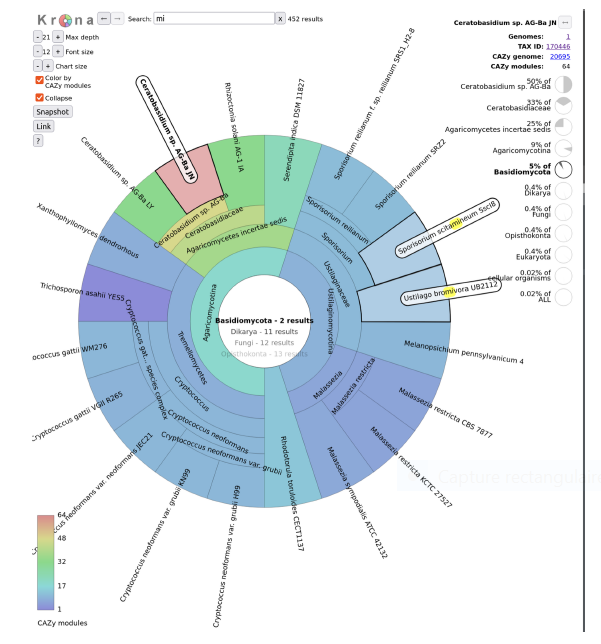
Thirty years have elapsed since the emergence of the classification of carbohydrate-active enzymes in sequence-based families that became the CAZy database over 20 years ago, freely available for browsing and download at www.cazy.org. In the era of large scale sequencing and high-throughput Biology, it is important to examine the position of this specialist database that […]
Combining computational and experimental studies for a better understanding of cellulose and its analogs
A must-read review article, where the author draws his perspective of how computational efforts should be combined with well-designed experiments to be directly compared with molecular modeling. Introduction From primitive models to atomistic details Toward experimental structures with higher precision The limit of experimental determination Limitation in resolution Inherent structural disorder and dynamics Modeling crystals […]
SugarDrawer: A Web-Based Database Search Tool with Editing Glycan Structures
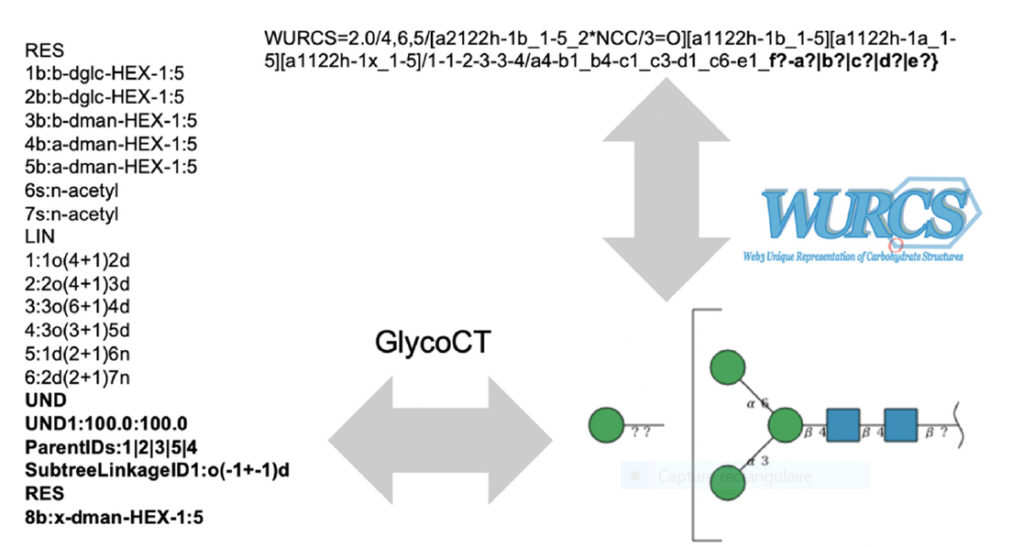
Abstract: In life science fields, database integration is progressing and contributing to collaboration between different research fields, including glycosciences. The integration of glycan databases has greatly progressed collaboration worldwide with the development of the international glycan structure repository, GlyTouCan. This trend has increased the need for a tool by which researchers in various fields can […]
An Affinity for Sweets
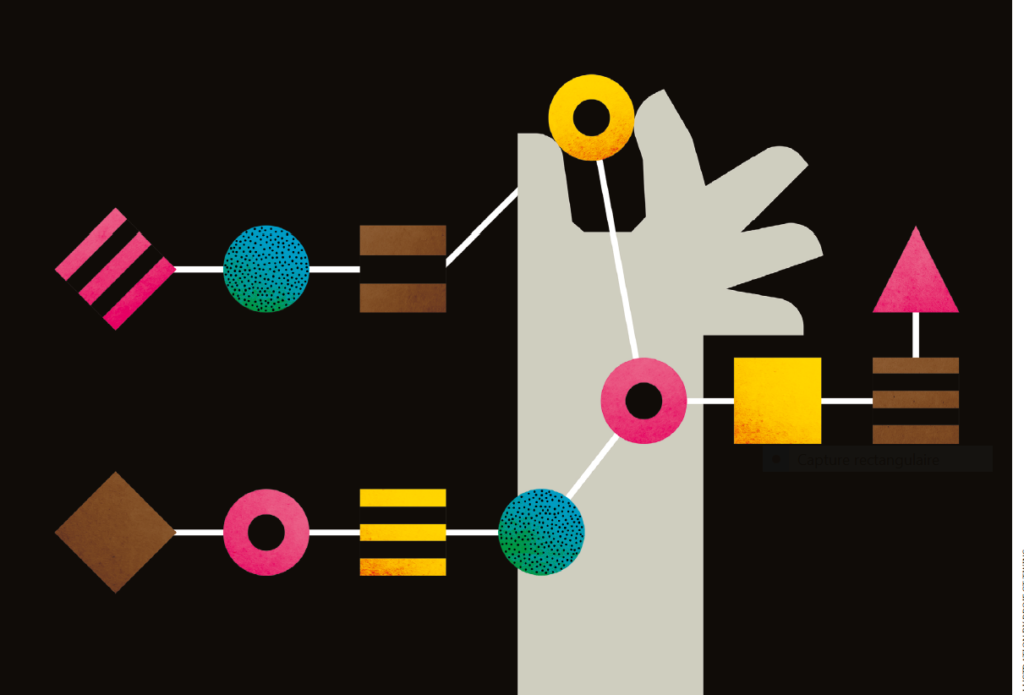
When glycans start attracting general attention, the main features of glycobiology are described displaying the large panorama of functions and associated difficulties and challenges. With glycans being so little understood, there is plenty to learn. According to Ajit Varki: “Glycoscientists are like kids in a candy shop. But the bad part is there aren’t many […]
Single-molecule imaging of glycan–lectin interactions on cells with Glyco-PAINT
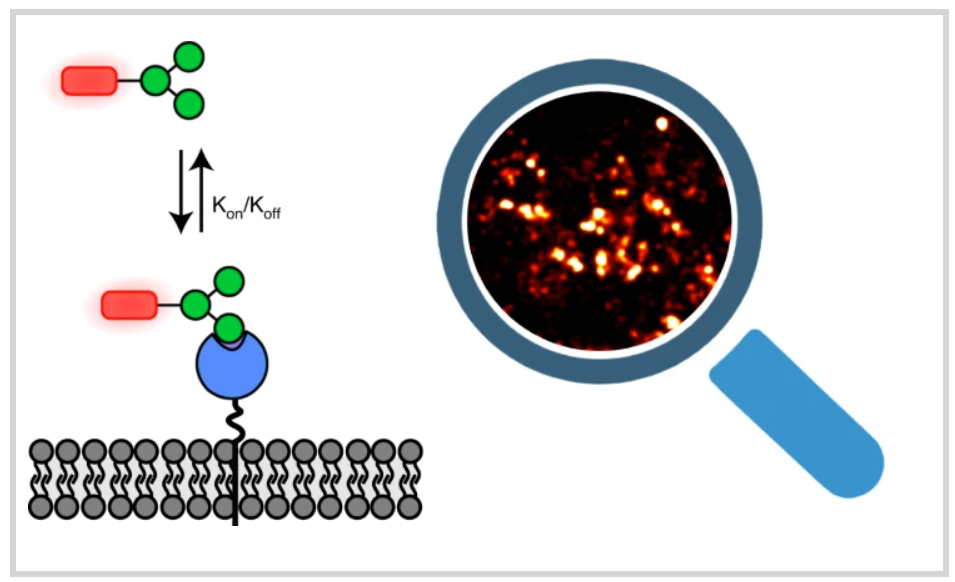
Most lectins bind carbohydrate ligands with relatively low affinity, making the identification of optimal ligands challenging. The authors introduce a point accumulation in nanoscale topography (PAINT) super-resolution microscopy method to capture weak glycan–lectin interactions at the single-molecule level in living cells (Glyco-PAINT). Glyco-PAINT exploits weak and reversible sugar binding to directly achieve single-molecule detection and […]
Large-scale fabrication of structurally coloured cellulose nanocrystal films and effect pigments
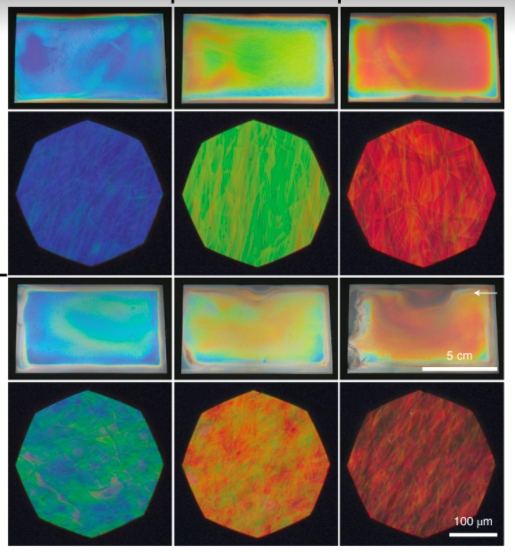
Cellulose nanocrystals are renewable plant-based colloidal particles capable of forming photonic films by solvent-evaporation-driven self-assembly. So far, the cellulose nanocrystal self-assembly process has been studied only at a small scale, neglecting the limitations and challenges posed by the continuous deposition processes required to exploit this sustainable material in an industrial context. Here, we addressed these […]
Copper-coordinated cellulose ion conductors for solid-state batteries

The authors report a general strategy for achieving high-performance solid polymer ion conductors by engineering molecular channels. These molecular channels are provided throughout the coordination of Cu2+ ions with one-dimensional cellulose nanofibrils, which enables the rapid transport of Li+ ions along the polysaccharide chains. This one-dimensional conductor allows ion percolation in thick LiFePO4 solid-state cathodes […]
The case for post-predictional modifications in the AlphaFold Protein Structure Database
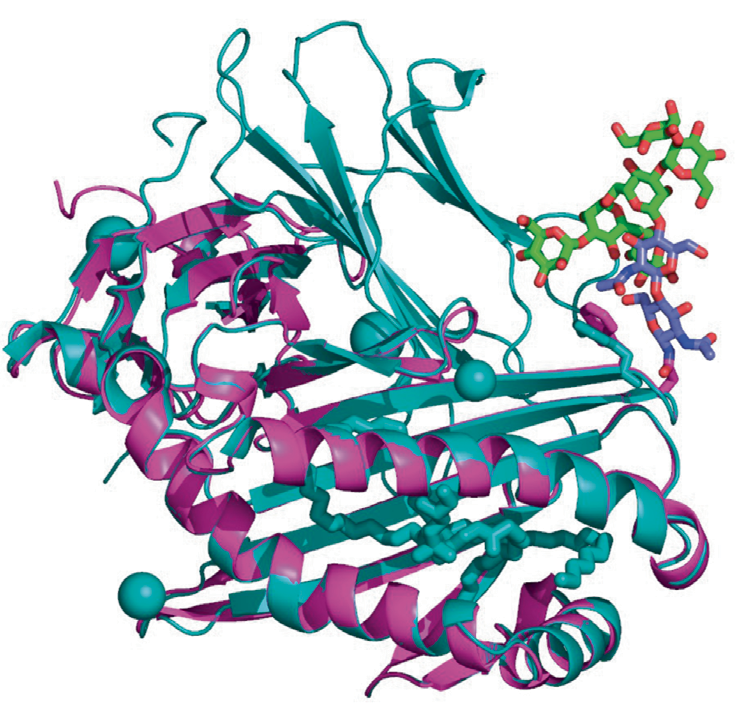
The AlphaFold Protein Structure Database release by DeepMind and EMBL-EBI marks a significant breakthrough in structural biology. It makes highly accurate structural predictions available to the scientific community worldwide for 20,000 proteins from humans and proteins from 20 other biologically relevant organisms that include Escherichia coli. Like many scientists that work on macromolecular structures, the […]
What is the Sugar Code?
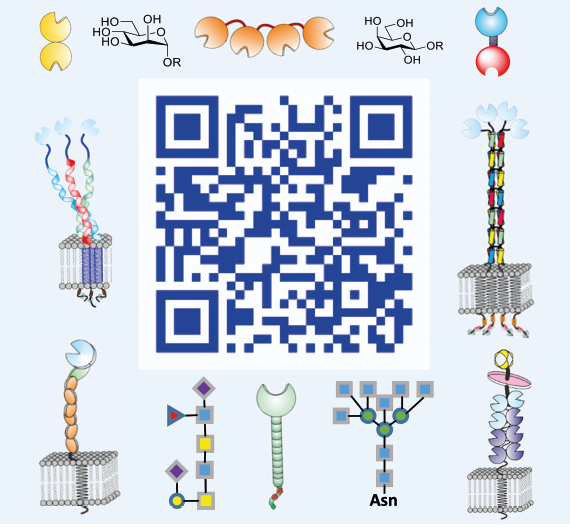
A code is defined by the nature of the symbols, which are used to generate information-storing combinations (e. g. oligo- and polymers). Like nucleic acids and proteins, oligo- and polysaccharides are ubiquitous, and they are a biochemical platform for establishing molecular messages. Of note, the letters of the sugar code system (third alphabet of life) […]
Reviewing the weaving of bacterial cellulose by the cellulose synthase secretion systems

The article is a very thorough review of the current mechanistic knowledge on bacterial cellulose secretion, focusing on the structure, assembly, and cooperativity of Bcs secretion system components. While bacterial cellulose was first described in the 19th century, it almost took one century until a string of structural works unravelled the complexity of the polymerization […]
Cell-free Chemoenzymatic Starch Synthesis from Carbon Dioxide
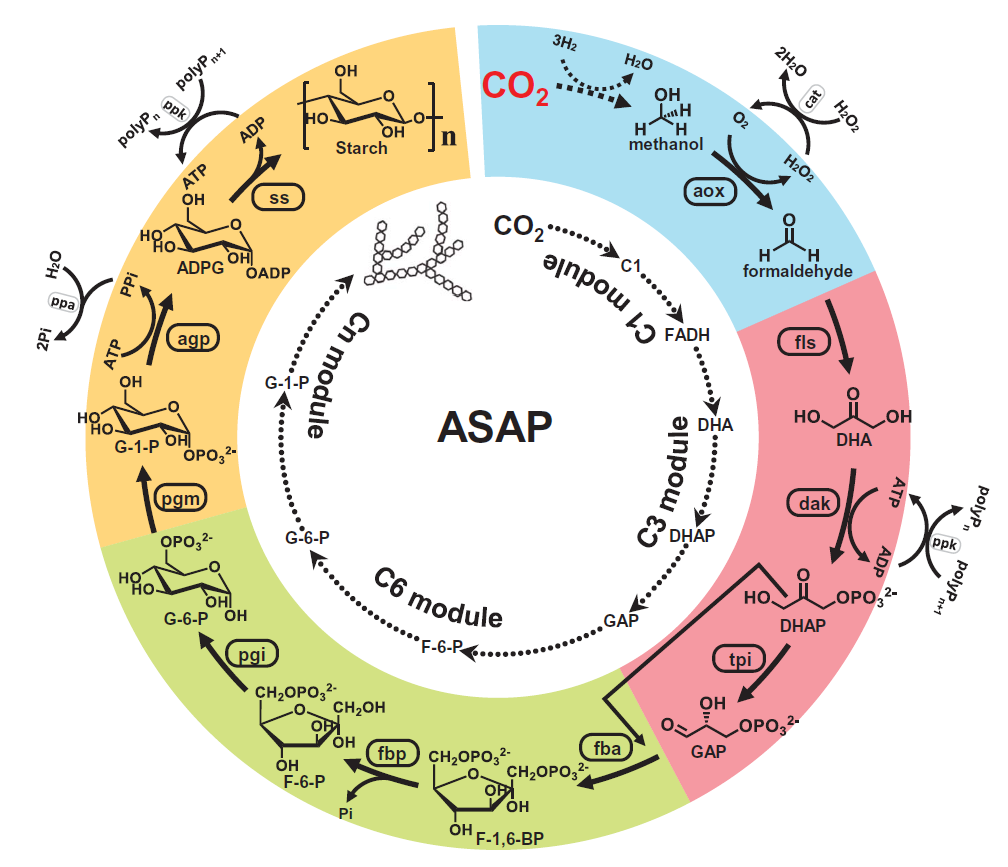
The design of innovative pathways other than plant photosynthesis for converting CO2 to starch, is a significant disruptive approach both in terms of conceptual and scientific achievement and promising technological output. The authors develop a chemoenzymatic system and an artificial starch anabolic pathway : Artificial Starch Anabolic Pathway (ASAP) consisting of only 11 core reactions. […]
CSDB/SNFG Structure Editor: An Online Glycan Builder with 2D and 3D Structure Visualization
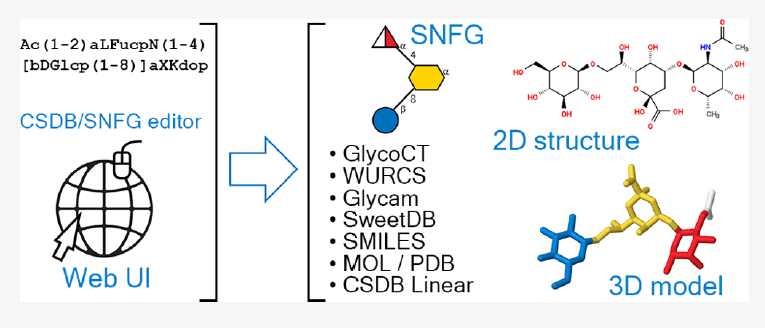
This article describes the features, usage, and application of a CSDB/SNFG Structure Editor, a new online tool for quick and intuitive input of carbohydrate and derivative structures using Symbol Nomenclature for Glycans (SNFG). The Editor is built on the Carbohydrate Structure Database (CSDB) platform and relies on its online services via the dedicated web API. […]
Modelling Protein−Glycosaminoglycan Complexes: Does the Size Matter?
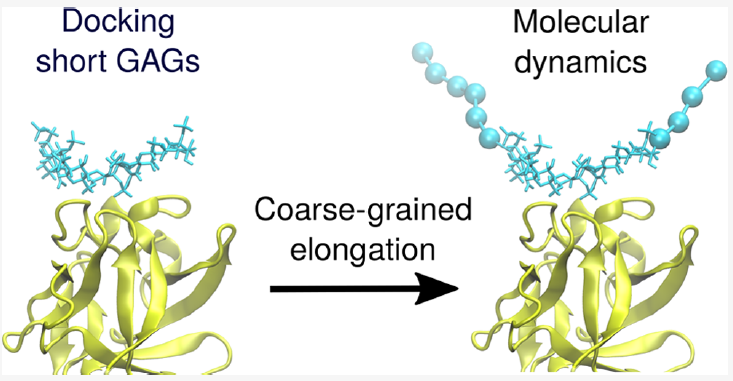
Docking glycosaminoglycans (GAGs) has been challenging because of the complex nature of these long periodic linear and negatively charged polysaccharides. Standard docking tools like Autodock3 are successful when docking GAGs up to the hexameric length. However, they experience challenges to dock longer GAGs properly. Similar limitations concern other docking approaches typically developed for docking ligands […]
In situ plant materials hyperspectral imaging by multimodal scattering near-field optical microscopy
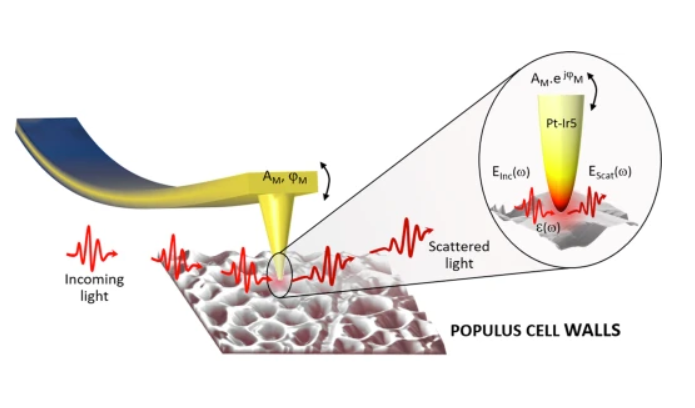
Plant cells are elaborate three-dimensional polymer nano-constructs with complex chemistry. The bulk response of plants to light in the far-field is ultimately encoded by optical scattering from the nano-constructs that constitute the three-dimensional structure of plant cells. These nano-constructs’ chemical and physical properties may be acquired through their interaction with a modulated nano-tip using scattering […]
2021 International Glycoconjugate Organisation Awards

2021 IGO Award, Els Van Damme Els Van Damme: Els Van Damme obtained her PhD in Plant Sciences in 1991 at the Catholic University of Leuven (Belgium). She is currently appointed as a Senior Full Professor at Ghent University (Belgium) within the Department of Biotechnology, Faculty of Bioscience Engineering. Prof. Els Van Damme is well […]
Lectins enhance SARS-CoV-2 infection and influence neutralizing antibodies
SARS-CoV-2 infection, involves cell attachment and membrane fusion and relies on the Angiotensin-converting enzyme (ACE2) receptor. This later is paradoxically found at low levels in the respiratory tract, suggesting that additional mechanisms facilitating infection may exist. The authors show that C-type lectin receptors, DC-SIGN, L-SIGN and the sialic acid-binding Ig-like lectin 1 (SIGLEC1) act as […]
Comprehensive Glycoscience, Second Edition

Comprehensive Glycoscience, Second Edition covers the most elementary of topics and progresses to the most current and advanced research in the field. This allows for readers to quickly and easily find the appropriate glycoscience information for their research. It assembles the top minds in this area and provide an update to the renowned 2007 first […]
Arabinose Metabolism and Function in Plants. Not Just a Simple Sugar
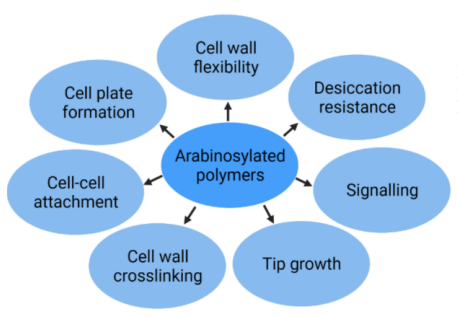
Growth, development, structure, and dynamic adaptations and remodelling processes in plants are largely controlled by the properties of their cell walls. These intricate wall structures are mostly made up of different sugars connected through specific glycosidic linkages and contain many glycosylated proteins. An essential plant sugar present throughout the Plantae, even before the divergence of […]
Highly accurate protein structure prediction with AlphaFold

The transformative artificial intelligence (AI) tool called AlphaFold, has predicted the 3 dimensional structures of nearly the entire human proteome (98.5% of human proteins). The resulting dataset covers 58% of residues with a confident prediction, of which a subset (36% of all residues) have very high confidence. Furthermore, the tool has predicted almost complete proteomes […]
A Journey from Structure to Function of Bacterial Lipopolysaccharides
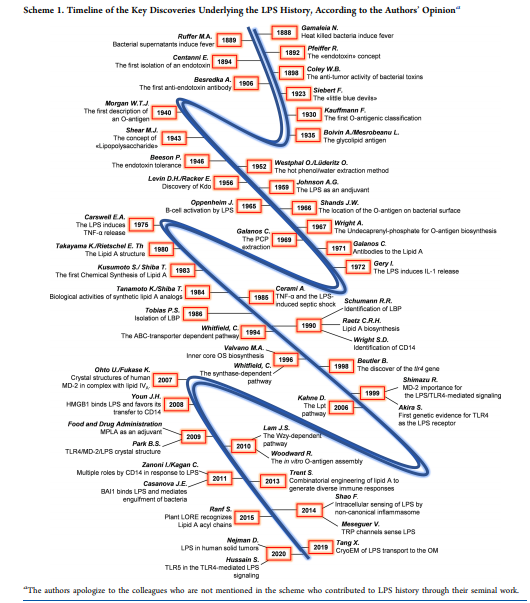
Lipopolysaccharides (LPSs) are crucial constituents of the outer membrane of most Gram-negative bacteria. They play a fundamental role in protecting bacteria from environmental stress factors in drug resistance, pathogenesis, and symbiosis. LPSs have been thoroughly dissected during the last decades, and massive information on these fascinating biomolecules is now available. Based on a critical appreciation […]
Small RNAs are modified with N-glycans and displayed on the surface of living cells
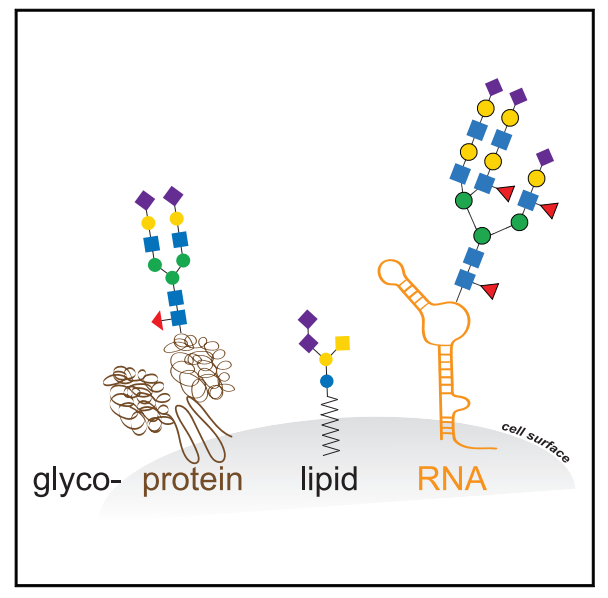
In contrast to lipids and proteins, RNA was never considered to be a significant target of glycosylation. The authors of the article challenge this view with evidence that mammals use RNA as a third scaffold for glycosylation. Using a battery of chemical and biochemical approaches, they found that conserved small noncoding RNAs bear sialylated glycans. […]
Glyco3D: A New Portal
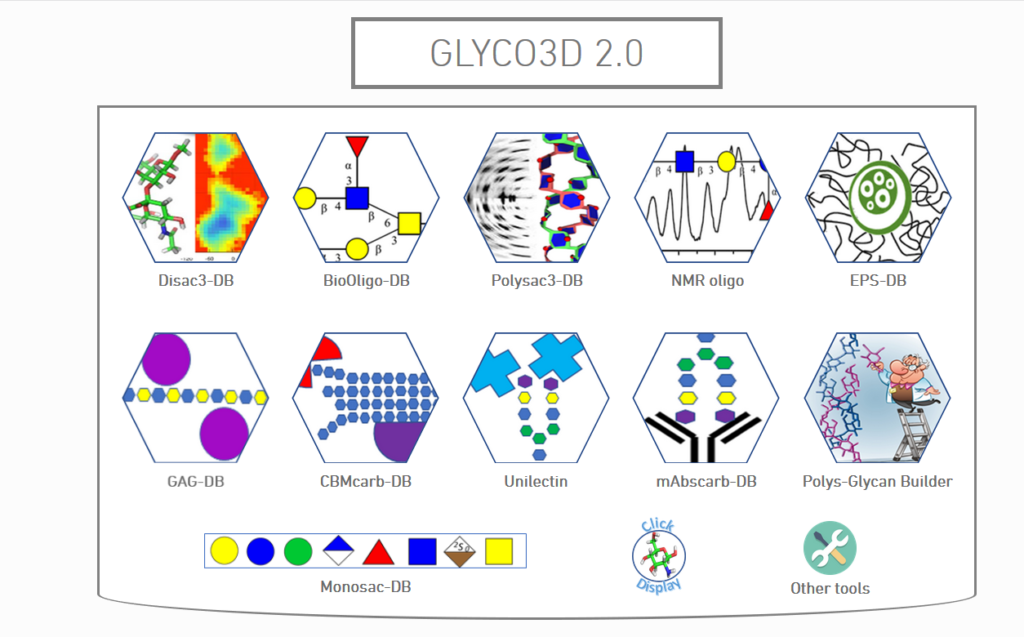
The new Glyco3D portal (glyco3D@cermav.cnrs.fr) brings together databases and applications of interest to structural glycosciencesDisac3-DB: 160 disaccharides, 3D Structures, xyz, Potential Energy Surfaces, SNFG representationsBioOligo-DB : 314 oligosaccharide, 3D structures, xyz, Taxonomy, SNFG representationsPolysac3-DB : Polysaccharides, 3D Structures, xyz, X-ray, e- diffractograms, taxonomy, (curated)NMR Oligo : NMR data, 150 oligosaccharides, 1H, 13C, COSY, TOCSY, HMQC […]
Identifying the Origin of Local Flexibility in a Carbohydrate Polymer
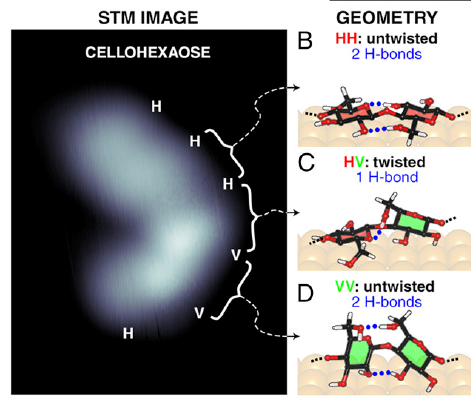
Correlating the structures and properties of a polymer to its monomer sequence is key to understanding how its higher hierarchy structures are formed and how its macroscopic material properties emerge. Carbohydrate polymers, such as cellulose and chitin, are the most abundant materials found in nature whose structures and properties have been characterized only at the […]
The clinical impact of glycobiology: targeting selectins, Siglecs and mammalian glycans

Advances in genomics, glycoproteomics and tools from chemical biology have made glycobiology more tractable and understandable. Dysregulated glycosylation plays a major role in disease processes from immune evasion to cognition, sparking research that aims to target glycans for therapeutic benefit. The field is ready for a boom in drug development. Glycobiology has already produced several […]
Big-Data Glycomics: Tools to Connect Glycan Biosynthesis to Extracellular Communication
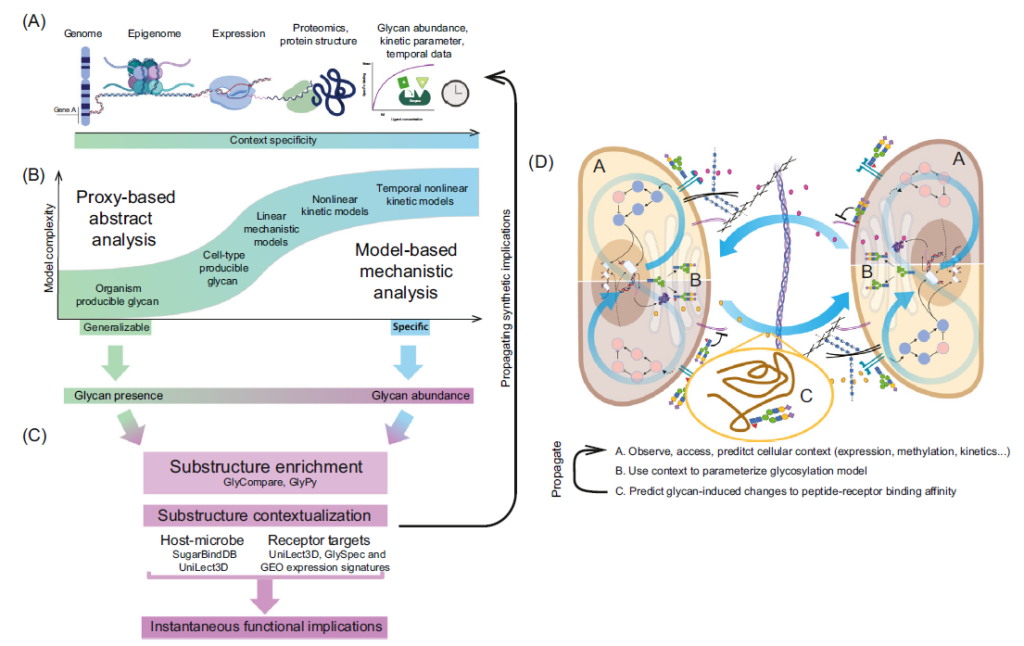
Characteristically, cells must sense and respond to environmental cues. Despite the importance of cell–cell communication, our understanding remains limited and often lacks glycans. Glycans decorate proteins and cell membranes at the cell–environment interface, and modulate intercellular communication, from development to pathogenesis. Providing further challenges, glycan biosynthesis and cellular behavior are co-regulating systems. The article presents […]
Anti-Glycan Antibodies: Roles in Human Disease

Endogenous carbohydrate-binding antibodies that recognize bacterial, fungal, and other microbial carbohydrates prevent systemic infections and help maintain microbiome homeostasis. Anti-glycan antibodies can have both beneficial and detrimental effects. For example, alloantibodies to ABO blood group carbohydrates can help reduce the spread of some infectious diseases. However, they also impose limitations on blood transfusions. Antibodies that […]
Enhanced validation of small-molecule ligands and carbohydrates in the Protein Data Bank
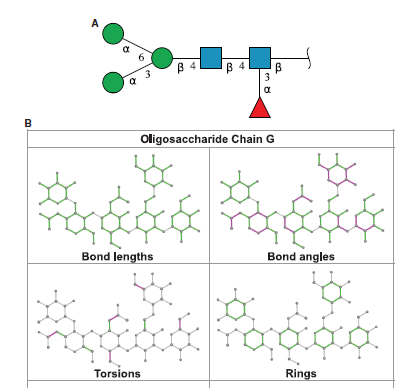
The Worldwide Protein Data Bank (wwPDB) has provided validation reports based on recommendations from community Validation Task Forces for structures in the PDB since 2013. To further enhance the validation of small molecules as recommended from the 2016 Ligand Validation Workshop, wwPDB, Global Phasing Ltd., and the Noguchi Institute, recently formed a public/private partnership to […]
Laboratory Observation of, Astrochemical Search for, and Structure of Elusive Erythrulose in the Interstellar Medium
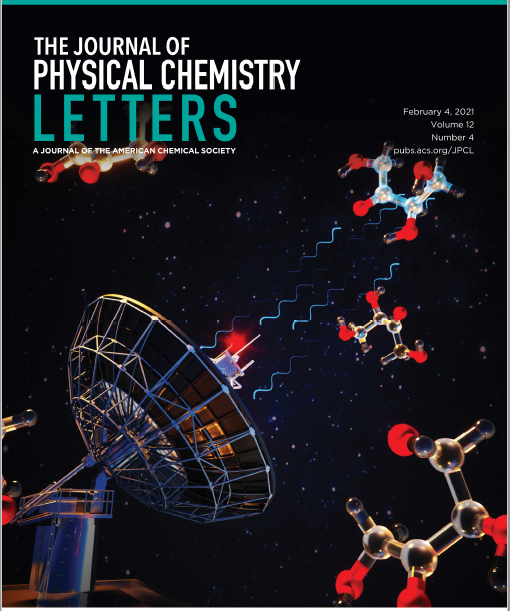
Rotational spectroscopy provides the most powerful means of identifying molecules of biological interest in the interstellar medium (ISM), but despite their importance, carbohydrates’ detection has remained rather elusive. Here, we present a comprehensive Fourier transform the rotational spectroscopic study of elusive erythrulose, a sugar building block likely to be present in the ISM, employing a […]
First Neutron 3D Structure of a Protein Interacting with a Fully Deuterated Carbohydrate Ligand

Carbohydrate-binding proteins from pathogenic bacteria and fungi participate in various pathological processes, where they interact with glycan present on the surface of the host cells. These interactions are part of the host’s initial infection processes; their investigations are fundamental to be performed at the atomic level. The article reports a carbohydrate-binding protein’s first neutron structure […]
Cracking the « Sugar Code » : A Snapshot of N- and O-Glycosylation Pathways and Functions in Plants Cells.
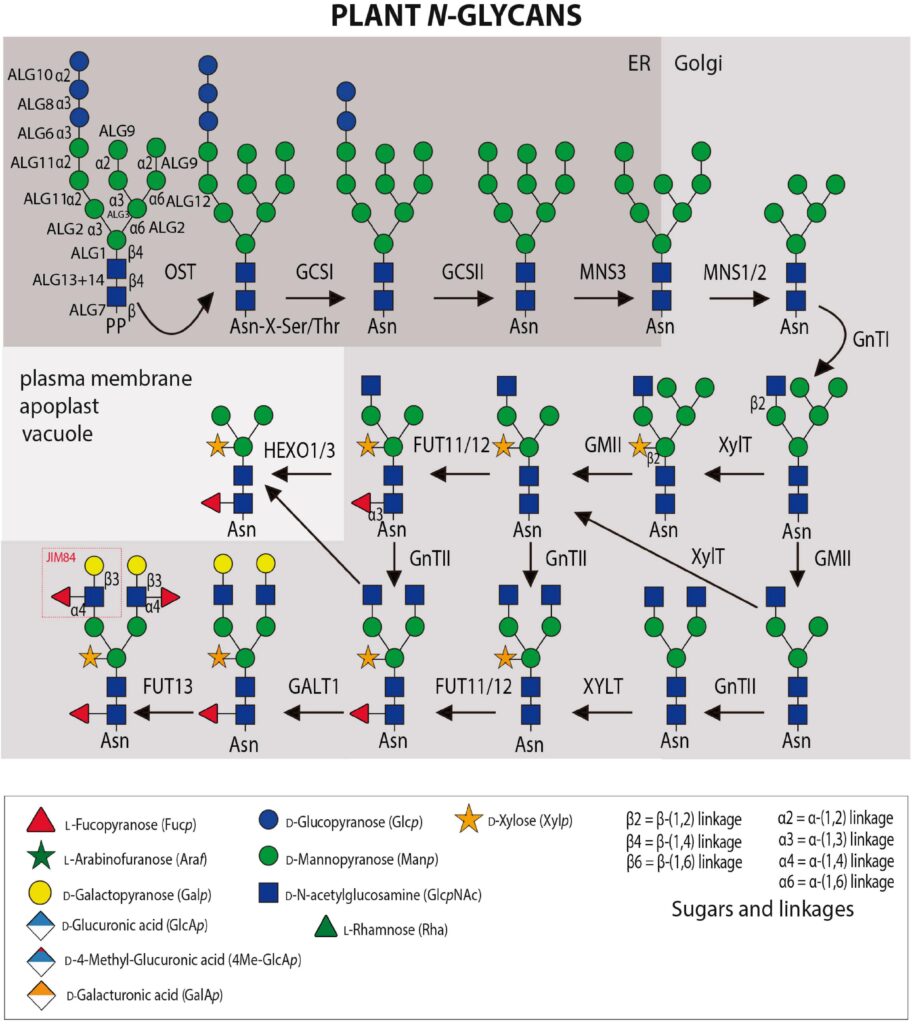
Glycosylation is a fundamental co-translational and/or post-translational modification process. An attachment of sugars onto either proteins or lipids can alter their biological function, subcellular location and modulate an organism’s development and physiology. While the essential role of N- and O-glycan modifications on mammalian glycoproteins is already well documented, their biological functions in plants is just […]
An Integrated Visualization for Lectin Microarray-based Mouse Tissue Glycome Mapping Data with Lectin Histochemistry
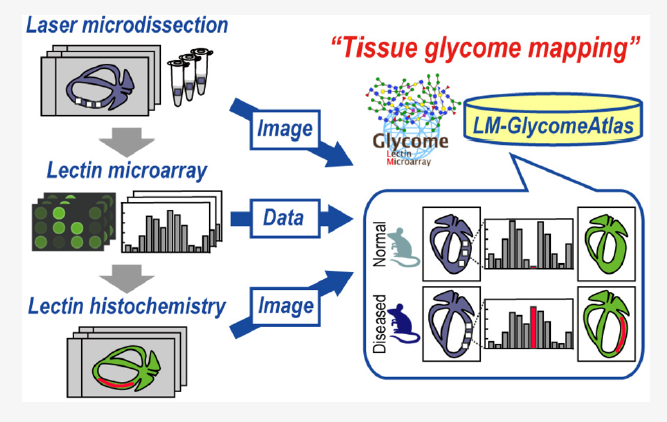
Laser microdissection-assisted lectin microarray provides quantitative and qualitative information on glycans on proteins expressed in microscopic regions of formalin-fixed paraffin-embedded tissue sections. For the effective visualization of this “tissue glycome mapping” data, a novel online tool, LM-GlycomeAtlas (https://glycosmos.org/lm_glycomeatlas/index), was launched in the freely available glycoscience portal, the GlyCosmos Portal (https://glycosmos.org). In LM-GlycomeAtlas Version 1.0, nine […]
Developing Fibrillated Cellulose as a Sustainable Technological Material

Cellulose is the most abundant biopolymer on Earth, found in trees, waste from crops and other biomass. The fibres that comprise cellulose can be broken down into building blocks, known as fibrillated cellulose, of varying, controllable dimensions that extend to the nanoscale. Fibrillated cellulose is harvested from renewable resources, so its sustainability potential combined with […]
Glycan Utilization Systems in the Human Gut Microbiota: a Gold Mine for Structural Discoveries
The complex glycans comprising ‘dietary fibre’ evade the limited repertoire of human digestive enzymes. They feed the vast community of microbes in the lower gastrointestinal tract. As such, complex glycans drive the composition of the human gut microbiota (HGM) and, in turn, influence diverse facets of our nutrition and health. To access these otherwise recalcitrant […]
Starch in the Bioeconomy
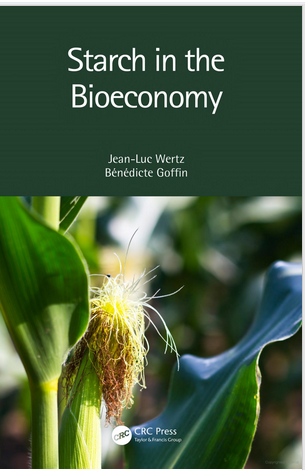
Starch is the most widespread and abundant reserve carbohydrate in plants and is unique in that it can be used for the production of food, materials in bio-based products, and energy. Starch remains more than ever vital for our society. This holds nutritionally and economically in the broadest sense, having an impact at the agricultural […]
Towards a Unified Open-Access Dataset of Molecular Interactions
The International Molecular Exchange (IMEx) Consortium provides scientists with a single body of experimentally verified protein interactions curated in rich contextual detail to an internationally agreed standard. In this update to the IMEx Consortium work, the authors discuss how this initiative has been working in practice, how it has ensured database sustainability, and how it […]
Beyond Shielding: The Roles of Glycans in the SARS-CoV‑2 Spike Protein

The ongoing COVID-19 pandemic is caused by severe acute respiratory syndrome coronavirus 2 (SARS-CoV-2). Antibody development efforts mainly revolve around the extensively glycosylated SARS-CoV-2 spike (S) protein, which mediates host cell entry by binding to the angiotensin-converting enzyme 2 (ACE2). Like many other viral fusion proteins, the SARS-CoV-2 spike utilizes a glycan shield to thwart […]
DeepMind’s program for determining the 3D shapes of proteins
DeepMind’s program, called AlphaFold, outperformed approximately 100 other teams in a biennial protein-structure prediction challenge called CASP, short for Critical Assessment of Structure Prediction. DeepMind’s AlphaFold program has determined the shape of round two-thirds of the proteins with accuracy comparable to laboratory experiments. AlphaFold’s accuracy with most of the other proteins was also high, though […]
The architecture of starch blocklets follows phyllotaxic rules
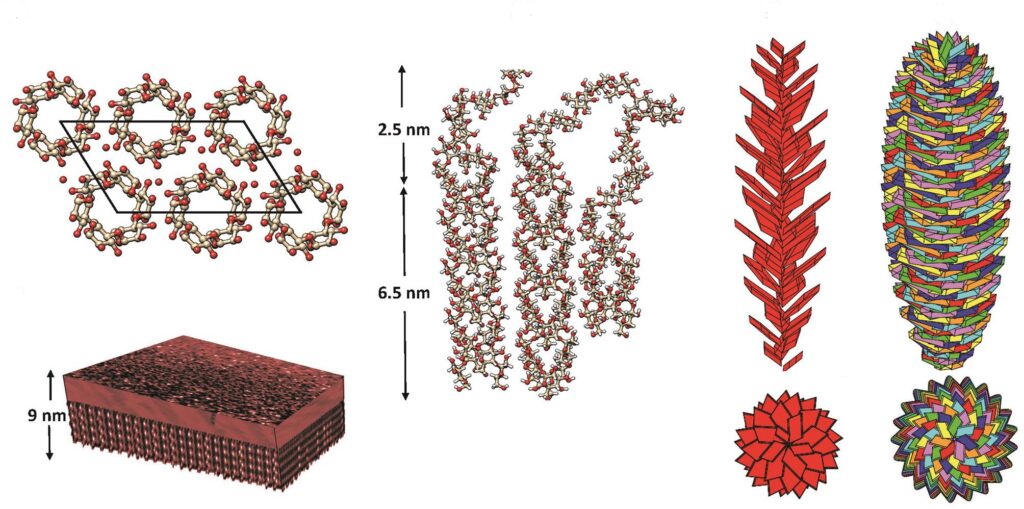
The starch granule is Nature’s way to store energy in green plants over long periods. Irrespective of their origins, starches display distinct structural features that are the fingerprints of levels of organization over six orders of magnitude. The underlying hypothesis is based that Nature retains hierarchical material structures at all levels and that some general […]
A Review of Starch Biosynthesis in Relation to the Building Block-Backbone Model

Starch is a water-insoluble polymer of glucose synthesized as discrete granules inside the stroma of plastids in plant cells. Starch reserves provide a source of carbohydrate for immediate growth and development, and act as long term carbon stores in endosperms and seed tissues for growth of the next generation, making starch of huge agricultural importance. […]
Nanocellulose based-material for wound…
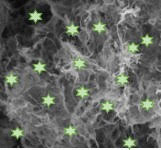
Nanocellulose based-material for wound dressing This review article aims at giving insight into cellulose-based nanomaterials and their potential use for wound dressing applications. The first part focuses on nanocellulose particles, including their production, properties and assembly into highly organized materials. The design of 2D (films and nanopapers) and 3D structures (cryogels and aerogels) is further […]
LectomeXplore and a new lectin classificatin
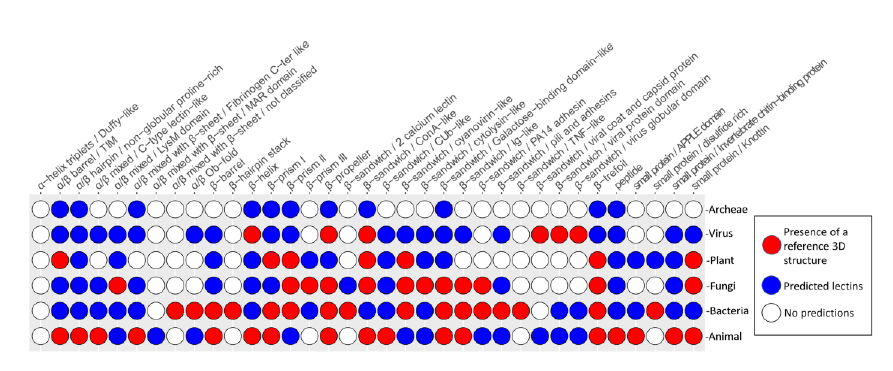
Lectins are non-covalent glycan-binding proteins mediating cellular interactions but their annotation in newly sequenced organisms is lacking. The limited size of functional domains and the low level of sequence similarity challenge usual bioinformatics tools. The identification of lectin domains in proteomes requires the manual curation of sequence alignments based on structural folds. A new lectin […]
Paramecium bursaria chlorella virus-1…

Paramecium bursaria chlorella virus-1 (PBCV-1) is a large doublestranded DNA (dsDNA) virus that infects the unicellular green alga Chlorella variabilis NC64A. Unlike many other viruses, PBCV-1 encodes most, if not all, of the enzymes involved in the synthesis of the glycans attached to its major capsid protein.The chloroviruses are unusual because they are predicted to […]
Computational tools for drawing, building and displaying carbohydrates: a visual guide
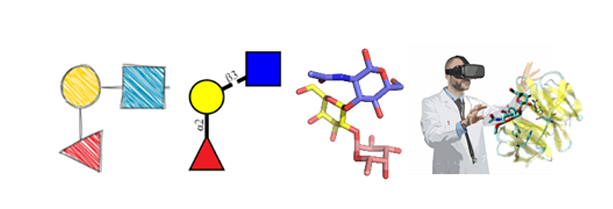
Drawing and visualisation of molecular structures are some of the most common tasks carried out in structural glycobiology, typically using various software. In this perspective article, we outline developments in the computational tools for the sketching, visualisation and modelling of glycans. The article also provides details on the standard representation of glycans, and glycoconjugates, which […]
Glyco 2030. A Roadmap for Glycoscience in Europe
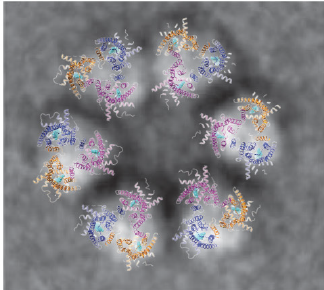
The document presenting Roadmap for Glycoscience in Europe toward 2030 is available. Click on icon to access the full textglyco_2030_a_roadmap_for_glycoscience_in_europe.pdfUnder the management of the CarboMet team; the content of the Roadmap results from several European wide workshops and the engagement with leading scientists in Europe (>350 stakeholder engagement) in the last 3 years. While this […]
Developments in Mannose-Based Treatments for Uropathogenic Escherichia coli-Induced Urinary Tract Infections

During their lifetime almost half of the women will experience a symptomatic urinary tract infection (UTI) with a further half experiencing a relapse within six months. Currently UTIs with antibiotics, but increasing antibiotic resistance rates highlight the need for new treatments. Uropathogenic Escherichia coli (UPEC) is responsible for the majority of symptomatic UTI cases and […]
Handbook of Polysaccharides
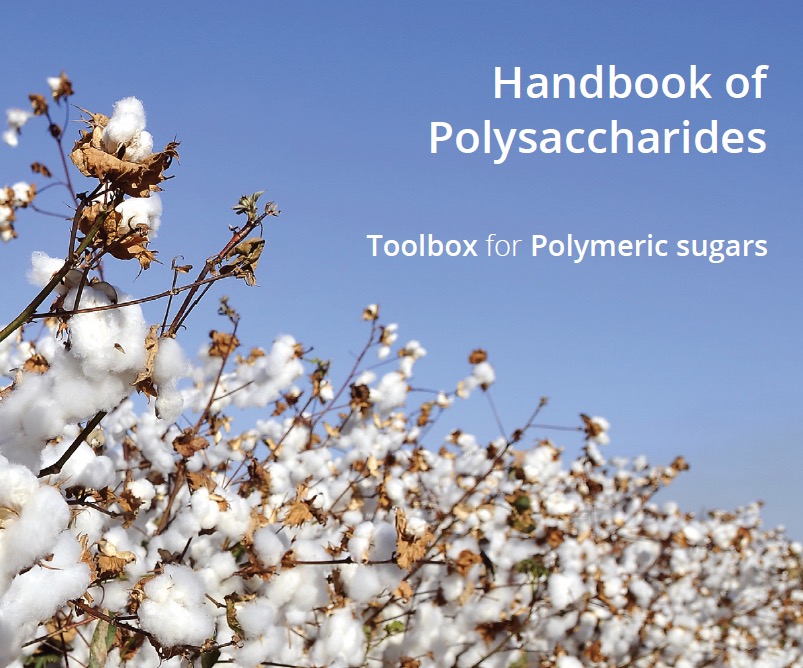
The «HandBook for Polysaccharides » covers the toolbox and catalogue of polysaccharides and related biopolymers. The structural diversity and the diverse attributes of these abundant (macro) molecules underline a wide range of uses that exploit their unique functionalities across the food, pharmaceutical and industrial sectors. The presentation of this toolbox and catalogue provides comprehensive support […]
Leveraging glycomics data in glycoprotein 3D structure validation

The heterogeneity, mobility and complexity of glycans in glycoproteins have been, and currently remain, significant challenges in structural biology. These aspects present unique problems to the two most prolific techniques: X-ray crystallography and cryo-electron microscopy. At the same time, advances in mass spectrometry have made it possible to get deeper insights on precisely the information […]
Supramolecular Assembly and Chirality of Synthetic Carbohydrate Materials
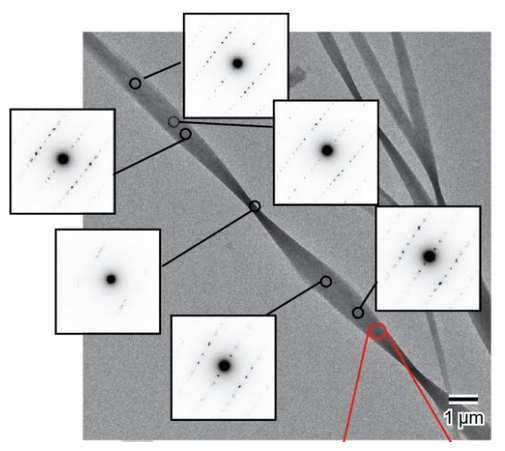
Hierarchical carbohydrate architectures serve multiple roles in Nature. Hardly any correlations between the carbohydrate chemical structures and the material properties are available due to the lack of standards and suitable analytic techniques. Therefore, designer carbohydrate materials remain highly unexplored, as compared to peptides and nucleic acids. Here, a synthetic D-glucose disaccharide, DD, is chosen as […]
Structure–Property–Function Relationships of Natural and Engineered Wood

The complex structure of wood, one of the most abundant biomaterials on Earth, has been optimized over 270 million years of tree evolution. This optimization has led to the highly efficient water and nutrient transport, mechanical stability and durability of wood. The unique material structure and pronounced anisotropy of wood endow it with an array […]
Starch Structure, Functionality and Application in Foods

History of Starch Research. Les Copeland Botanical Sources of Starch Shujun Wang, Peng Guo Fine Structure of Amylose and Amylopectin Xiangli Kong Multiscale Structures of Starch Granules Shujun Wang, Hanbin Xu, Huiyu Luan Amylose–Lipid Complex Qiang Huang, Xu Chen, Shaokang Wang, Jianzhong Zhu Phase Transitions of Starch and Molecular Mechanisms Shujun Wang, Chen Chao, Shiqing […]
The Glycan Alphabet is Not Uuniversal: A Hypothesis
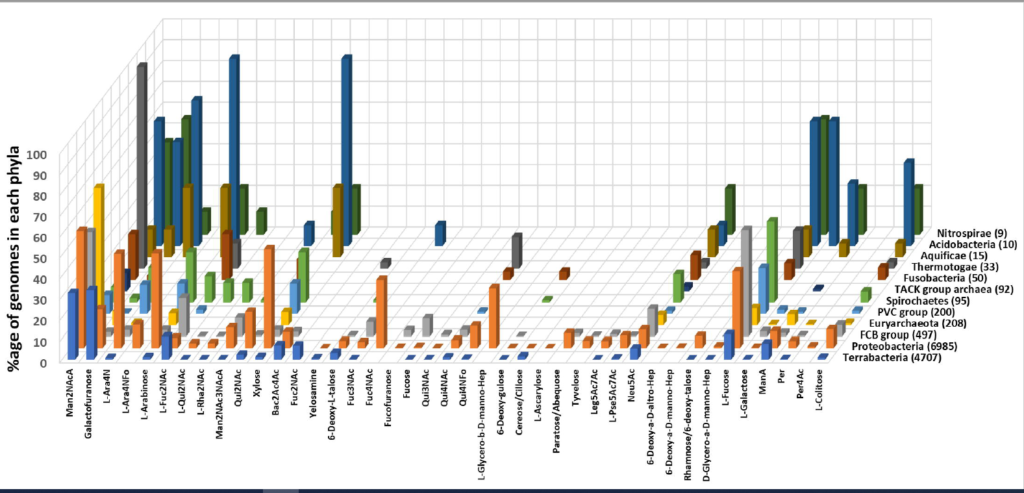
Do glycans use the same set of monosaccharides as building blocks in all organisms, the way proteins and nucleic acids do? Several monosaccharides constitute naturally occurring glycans but it is uncertain if they constitute a universal set like the alphabets of proteins and DNA. Based on the available experimental observations, it is hypothesized herein that […]
Chemical Synthesis of Glycans up to a 128-mer Relevant to the O-antigen of Bacteroides vulgatus
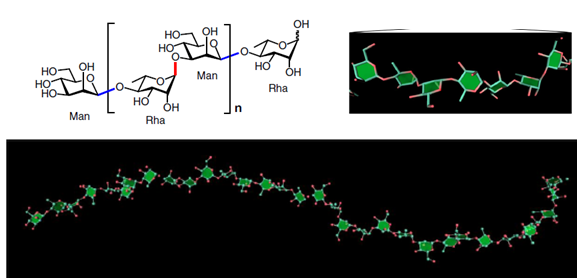
Glycans are involved in various life processes and represent critical targets of biomedical developments. Nevertheless, the accessibility to long glycans with precise structures remains challenging. The article reports on the synthesis of glycans consisting of [→4)-α-L-Rhap-(1→3)-β-D-Manp-(1→] repeating unit. The glycan is relevant to the O-antigen of Bacteroides vulgatus, a common component of gut microbiota. The […]
Unraveling the complex enzymatic machinery making a key galactolipid in chloroplast membrane: a multiscale computer simulation
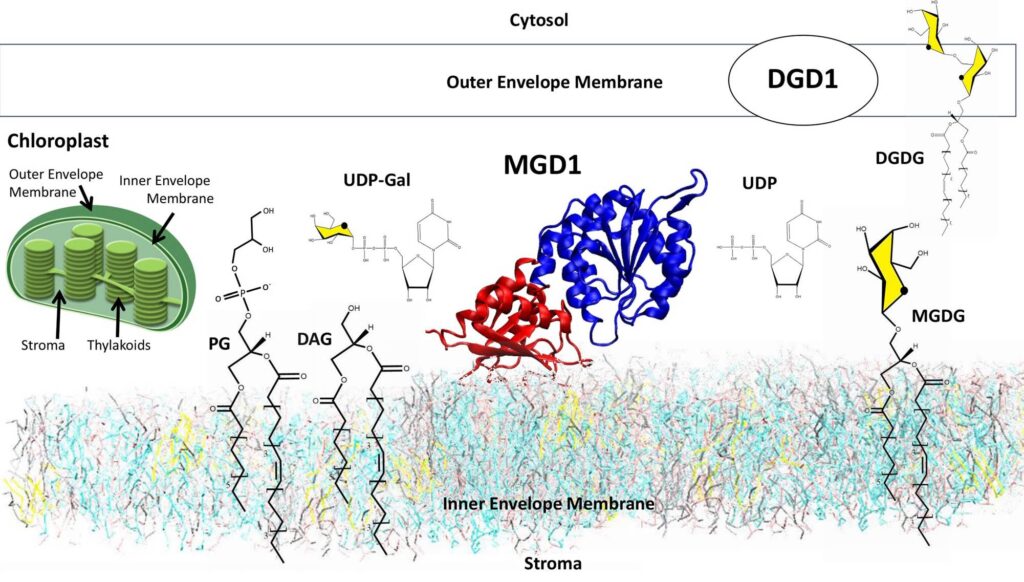
Chloroplast membranes have a high content of the uncharged galactolipids monogalactosyldiacylglycerol (MGDG) and digalactosyldiacylglycerol (DGDG). These galactolipids are essential for the biogenesis of plastids and functioning of the photosynthetic machinery. A monotopic glycosyltransferase, monogalactosyldiacylglycerol synthase synthesizes the bulk of MGDG. It is embedded in the outer leaflet of the inner envelope membrane of chloroplasts. The […]
Glycosaminoglycan–Protein Interactions: The First Draft of the Glycosaminoglycan Interactome

The six mammalian glycosaminoglycans (GAGs), chondroitin sulfate, dermatan sulfate, heparin, heparan sulfate, hyaluronan, and keratan sulfate, are linear polysaccharides. Except for hyaluronan, they are sulfated to various extent, and covalently attached to proteins to form proteoglycans. GAGs interact with growth factors, morphogens, chemokines, extracellular matrix proteins and their bioactive fragments, receptors, lipoproteins, and pathogens. These […]
GlyGen : Computational and Informatics Resources for Glycoscience
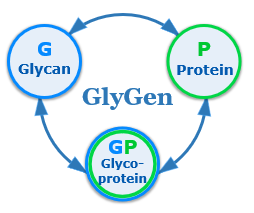
GlyGen is a data integration and dissemination project for carbohydrate and glycoconjugate related data. GlyGen retrieves information from multiple international data sources and integrates and harmonizes this data. The GlyGen web portal allows exploration of this data and execution of unique searches that cannot be performed using any of the integrated databases in isolation. GlyGen […]
Architecture of a Catalytically Active Homotrimeric Plant Cellulose Synthase Complex
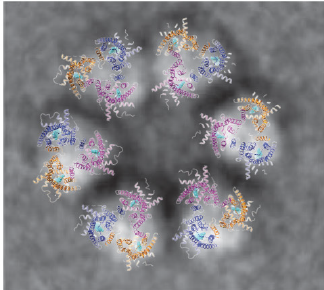
Cellulose is an essential plant cell wall component. Supramolecular plant cellulose synthase complexes organize multiple linear glucose polymers into microfibrils as load-bearing wall components. The authors determined the structure of a poplar cellulose synthase CesA homotrimer that suggests a molecular basis for cellulose microfibril formation. This complex, stabilized by cytosolic plant conserved regions and helical […]
Understanding Cellulosome Interaction with Cellulose by High-Resolution Imaging
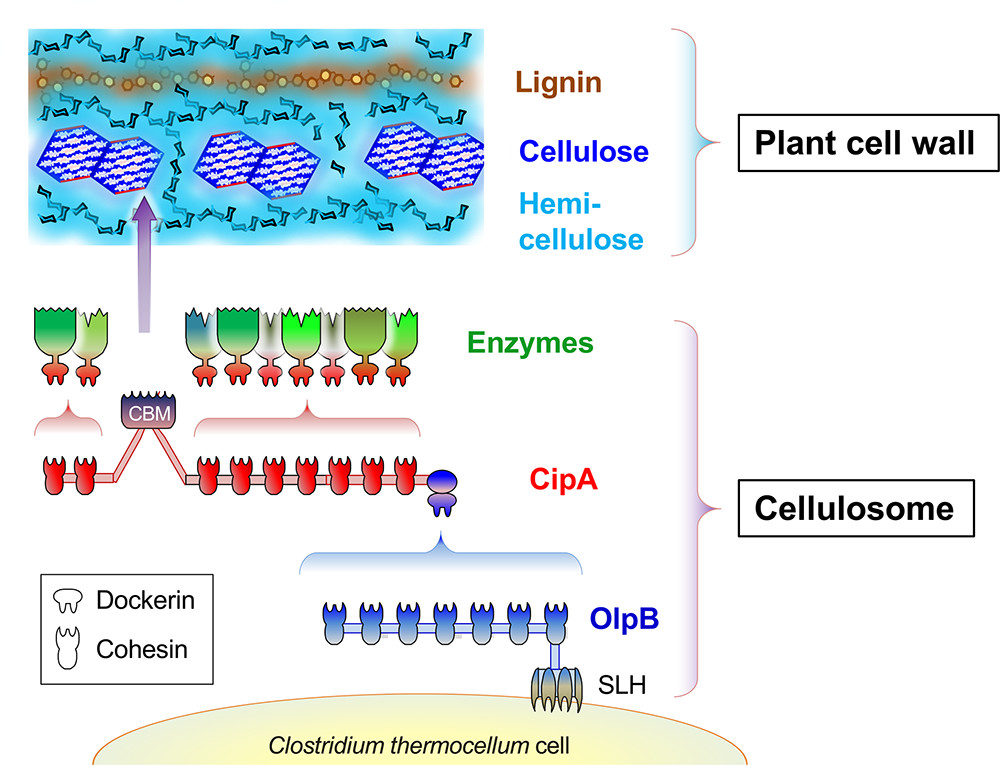
The cellulosome is a supramolecular multi enzymatic protein complex that functions as a biological nanomachine of cellulosic biomass degradation. The cellulosome complex binds to cellulose fibrils in the plant cell walls via a binding module of a primary scaffold protein. It is tethered to the bacterial cell wall via a surface-homology module of the anchoring […]
Imaging Single Glycans
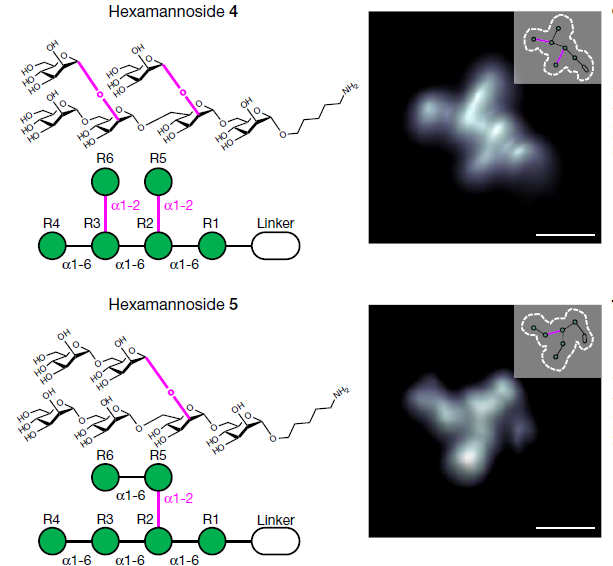
Imaging of biomolecules guides our understanding of their diverse structures and functions. Real-space imaging at sub-nanometre resolution using cryo-electron microscopy has provided key insights into proteins and their assemblies. Direct molecular imaging of glycans has not been possible so far. The inherent glycan complexity and backbone flexibility require single-molecule approaches for real-space imaging. At present, […]
Heparin and Related Polysaccharides
Heparin is a widely used lifesaving anticoagulant drug of biological origin. Unlike many other drugs, heparin is not a small molecule, peptide, or protein but a linear sulfated polysaccharide categorized as a glycosaminoglycan. In addition to being used as clinical medicine, heparin with its complex mixture of polyanionic glycosaminoglycan chains is the subject of much […]
Cell Wall O-Acetyl and Methyl Esterification Patterns of Leaves Reflected in Atmospheric Emission Signatures of Acetic Acid and Methanol
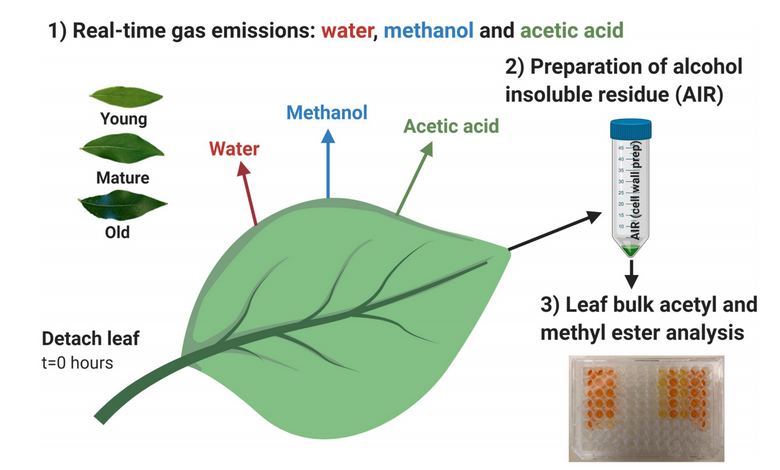
Plants emit high rates of methanol, generally assumed to derive from pectin demethylation, and this increases during abiotic stress. In contrast, less is known about the emission and source of acetic acid. The authors of the article used Populus trichocarpa leaves in different developmental stages. Following desiccation of the leaves, they quantified for total methanol […]
PDBe-KB: a Community-driven Resource for Structural and Functional Annotations
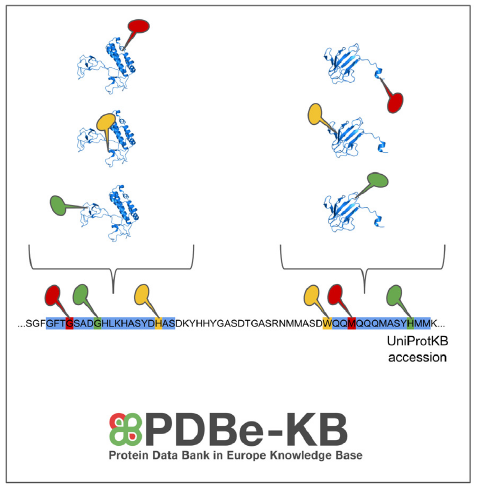
The Protein Data Bank in Europe-Knowledge Base (PDBe-KB, https://pdbe-kb.org) is a community-driven, collaborative resource for literature-derived, manually curated and computationally predicted structural and functional annotations of macromolecular structure data, contained in the Protein Data Bank (PDB). The goal of PDBe-KB is to place macromolecular structure data in their biological context and therefore to help the […]
Total Synthesis of Polysaccharides by Automated Glycan Assembly
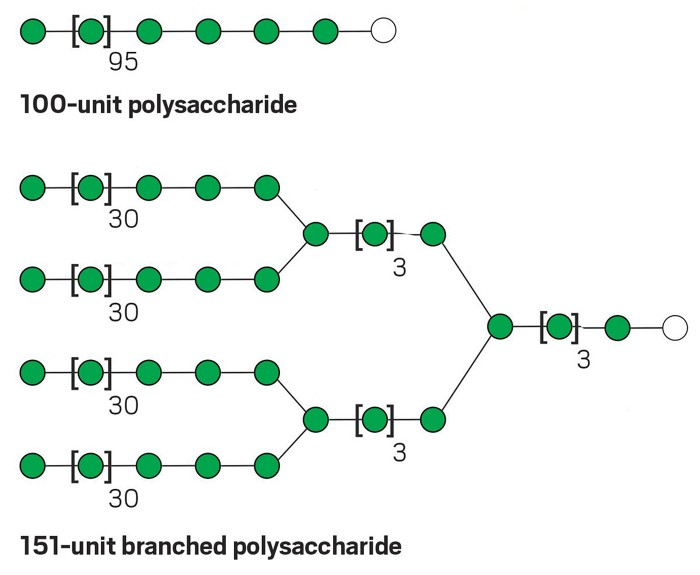
Polysaccharide isolation provides heterogeneous mixtures, while heroic efforts were required to complete chemical and/or enzymatic syntheses of polysaccharides as long 92-mers. The authors of the article show that automated glycan assembly (AGA) enables access to a 100-mer polysaccharide via a 201-step synthesis within 188 h. Convergent block coupling of 30- and 31-mer oligosaccharide fragments, prepared […]
Professor Ten Feizi honoured by The Royal Society of Chemistry

Professor Ten Feizi FMedSci has been awarded the 2020 Haworth Memorial Lectureship from the RSC Carbohydrate Group. The award is given in recognition of Professor Feizi’s outstanding contributions to the development of glycan array technologies for the characterization of glycan ligands of carbohydrate-binding proteins. The award was founded in 1969 in commemoration of Sir Norman […]
A New Biopolymer Skeleton Produced by Rhizobium radiobacter:
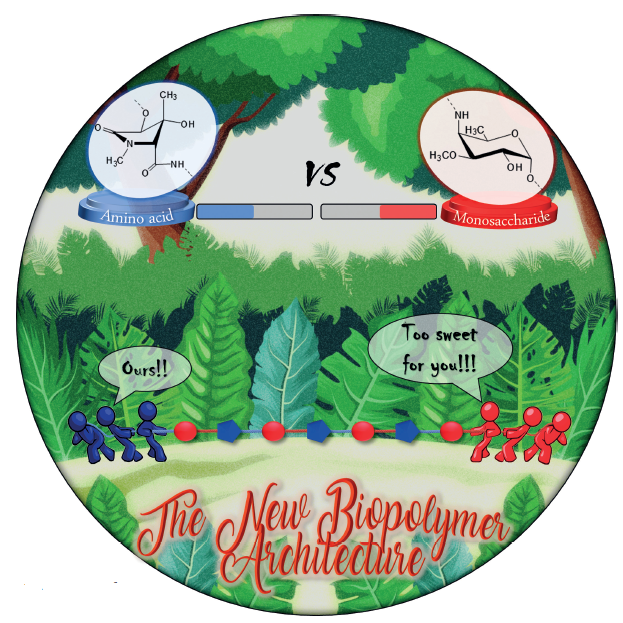
Lipopolysaccharides (LPSs) play a vital role in the elicitation of an innate immune response in all eukaryotes and are recognized as Microbe Associated Molecular Patterns (MAMPs) by the host immune system. LPSs comprise three chemically and genetically distinct regions: the endotoxic moiety termed Lipid A, the core region and the O-specific polysaccharide (OPS) or O-antigen. […]
Carbohydrate Supramolecular Chemistry: Beyond the Multivalent Effect
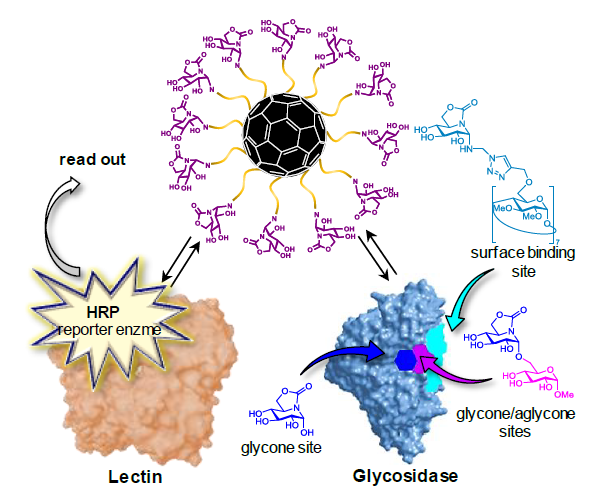
The importance of the role played by carbohydrates in the multivalent or glycoside cluster effect drove recent innovative glycochemistry as reflected by the ever-growing number of papers in the field. An impressive range of glyco-architectures has been conceived to imitate what is thought to be the glycan coating of cells, to target complementary protein receptors, […]
3D Models of Glycosylated SARS-CoV-2-Spike Protein
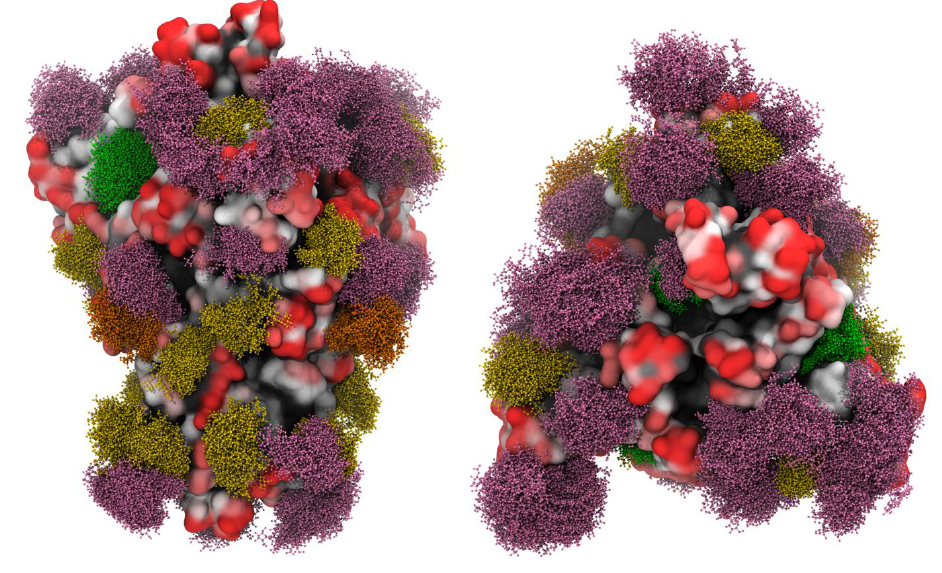
The determination of the three-dimensional structure fo the spike (S) protein SARS-CoV-2, along with reported glycomics data for the protein produced in HEK293 cells indicated an extensive level of glycosylation but did not provide any structural information as regards to the role played by these glycans. The authors of the article report the structures for […]
Site-specific Analysis of the SARS-CoV-2 Glycan Shield
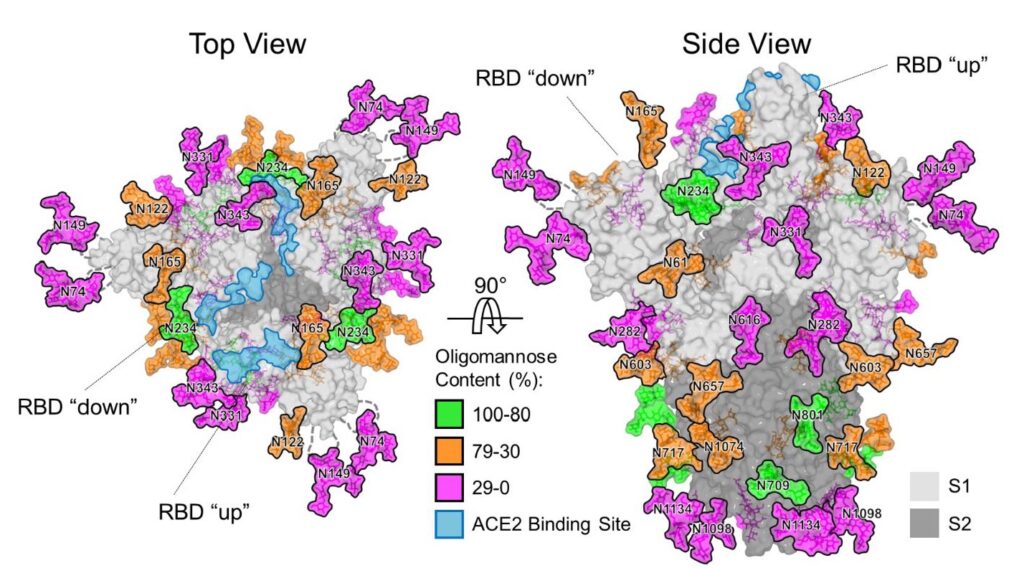
The emergence of the betacoronavirus, SARS-CoV-2 that causes COVID-19, represents a significant threat to global human health. Vaccine development is focused on the principal target of the humoral immune response, the spike (S) glycoprotein, that mediates cell entry and membrane fusion. SARS-CoV-2 S gene encodes 22 N-linked glycan sequons per protomer, which likely play a […]
Exploitation of Glycosylation in Enveloped Virus Pathobiology
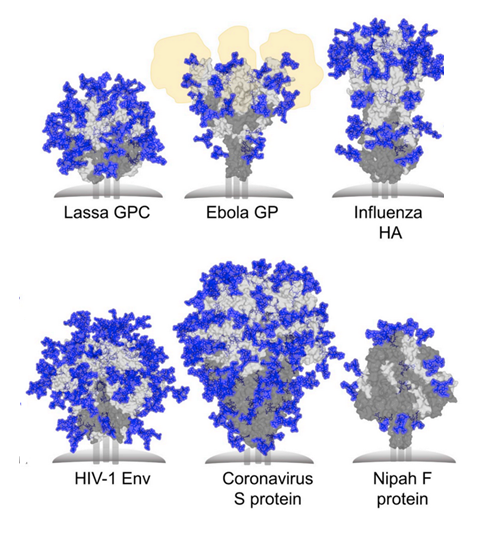
Glycosylation is a ubiquitous post-translational modification responsible for a multitude of crucial biological roles. As obligate parasites, viruses exploit host-cell machinery to glycosylate their own proteins during replication. Viral envelope proteins from a variety of human pathogens including HIV-1, influenza virus, Lassa virus, SARS, Zika virus, dengue virus, and Ebola virus have evolved to be […]
Synthesis of Rare Sugar Isomers through Site-selective Epimerization

Biomass-derived carbohydrates (D-glucose, D-xylose and D-galactose) are extracted on commercial scales. They serve as a renewable chemical feedstock and building block. On the opposite, there are hundreds of distinct monosaccharides that cannot be isolated from their natural sources and must instead be prepared through multistep chemical or enzymatic syntheses Site-selective epimerization reactions offer one way […]
Pectin Homogalacturonan Nanofilament Expansion Drives Morphogenesis in Plant Epidermal Cells
The process by which plant cells expand and gain shape has presented a challenge for researchers. Current models propose that these processes are driven by turgor pressure acting on the cell wall. Using one constituent of the family of pectin ( e;g. the linear homogalacturonan polysaccharide (HG)) the authors suggest the occurrence of a in […]
Structural Basis for Substrate Specificity and Catalysis of α1,6-Fucosyltransferase

Core-fucosylation is an essential biological modification by which fucose is transferred from GDP-β-L-fucose to the innermost N-acetylglucosamine residue of N-linked glycans. A single human enzyme α1,6-fucosyltransferase (FUT8) is the only enzyme responsible for this modification via the addition of α-1,6-linked fucose to N-glycans. To date, the details of substrate recognition and catalysis by FUT8 remain […]
Recent Trends in Carbohydrate Chemistry
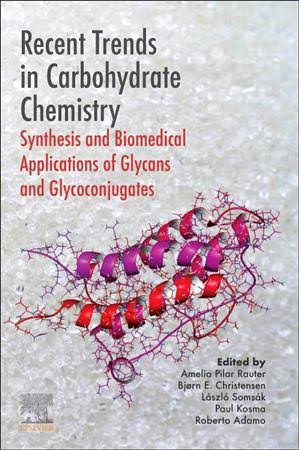
Recent Trends in Carbohydrate Chemistry: Synthesis and Biomedical Applications of Glycans and Glycoconjugates covers biomedically relevant bacterial cell wall carbohydrates including recent findings on biosynthetic aspects, advances in the chemical assembly of bacterial lipopolysaccharide fragments and teichoic acids and modern NMR approaches to unravel structural details. The first part introduces and provides the relevant background […]
Bacterial Biopolymers: From Pathogenesis to Advanced Materials
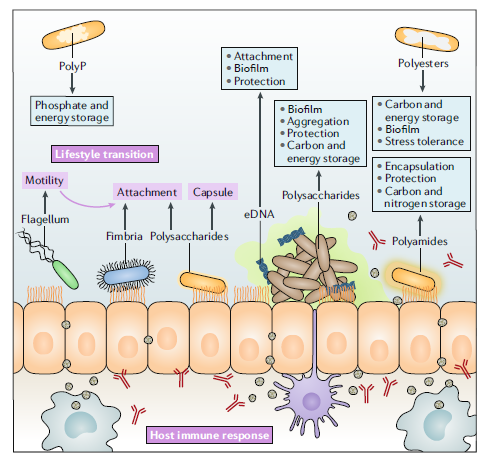
Bacteria can synthesize various classes of these biopolymers, such as polysaccharides ), polyamides, polyesters and polyphosphates. Such bacterial polymers have two faces: when produced by pathogenic bacteria, these biopolymers function as major virulence factors, where when they are produced by non-pathogenic bacteria, they can be used as food ingredients or biomaterials.Over the years, research has […]
Improved protein structure prediction using…
Protein structure prediction can be used to determine the three-dimensional shape of a protein from its amino acid sequence1. This problem is of fundamental importance as the structure of a protein largely determines its function; however, protein structures can be difficult to determine experimentally. Considerable progress has recently been made by leveraging genetic information. It […]
Simulation of Subcellular Structures
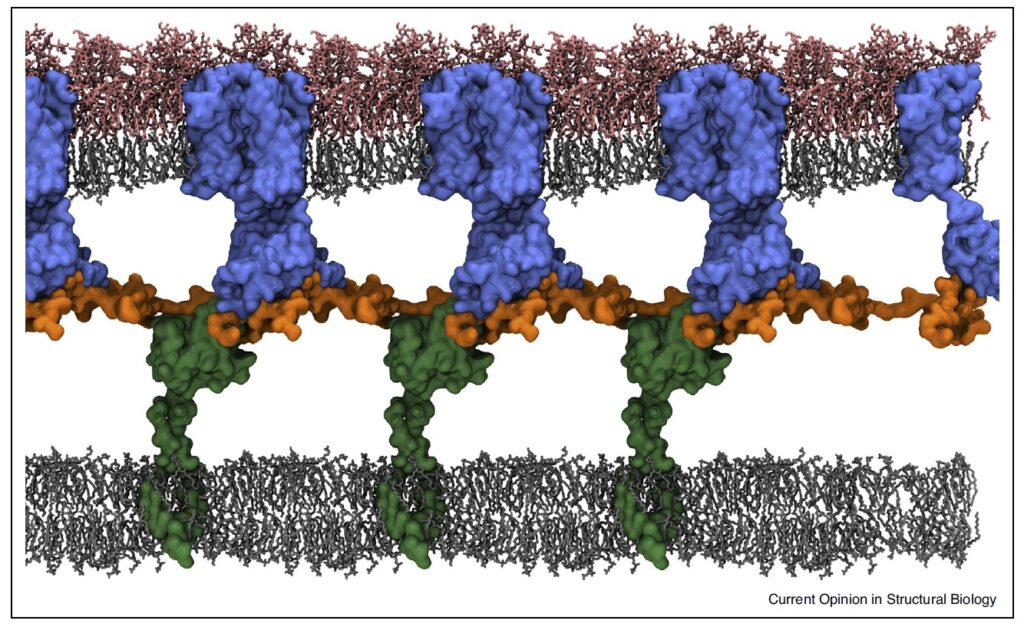
Advances in molecular dynamics simulations are leading to large increases across spatial, temporal and complexity scale. They provide valuable molecular level insight into processes occurring on the subcellular level. An increasing repertoire of methods to assemble and analyse complex membrane simulations, alongside advances in structural biology methods for membrane proteins, have contributed to our increased […]
Modified Cyclodextrins as Broad-spectrum Antivirals
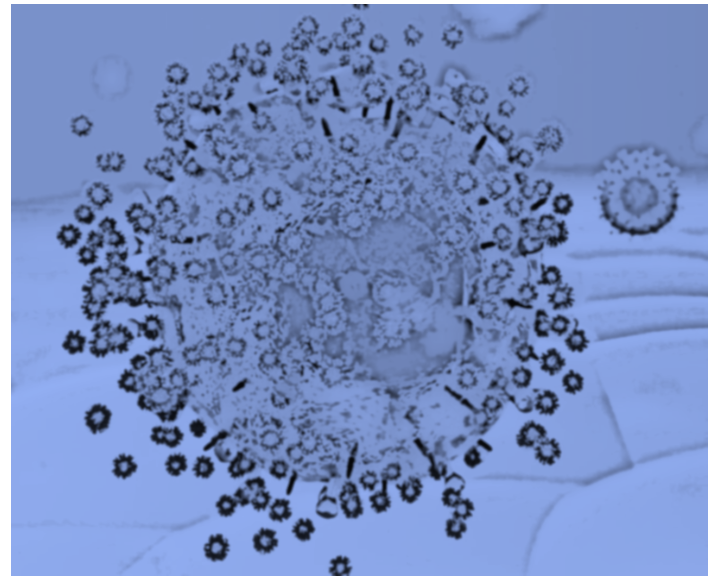
Viral infections kill millions of people and new antivirals are needed. Nontoxic drugs that irreversibly inhibit viruses (virucidal) are postulated to be ideal. Unfortunately, all virucidal molecules described to date are cytotoxic. The cell surface sugars which are responsible for initial viral attachment can be mimicked by antivirals molecules such as heparin or heparin-like molecules. […]
Recent Advances in Glycoinformatic Platforms for Glycomics and Glycoproteomics
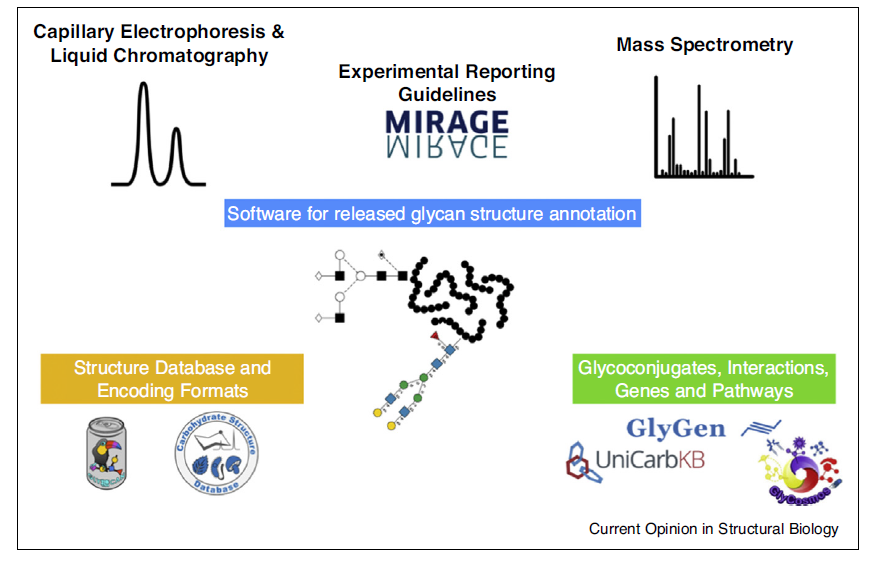
Protein glycosylation is the most complex and prevalent post-translation modification in terms of the number of proteins modified and the diversity generated. To understand the functional roles of glycoproteins it is important to gain an insight into the repertoire of oligosaccharides present. The comparison and relative quantitation of glycoforms combined with site-specific identification and occupancy […]
Glycopedia is sad to see our British colleagues leave the EU.
Glycopedia is sad to see our British colleagues leave the EU.
Innovation Potentials Triggered by Glycoscience Research
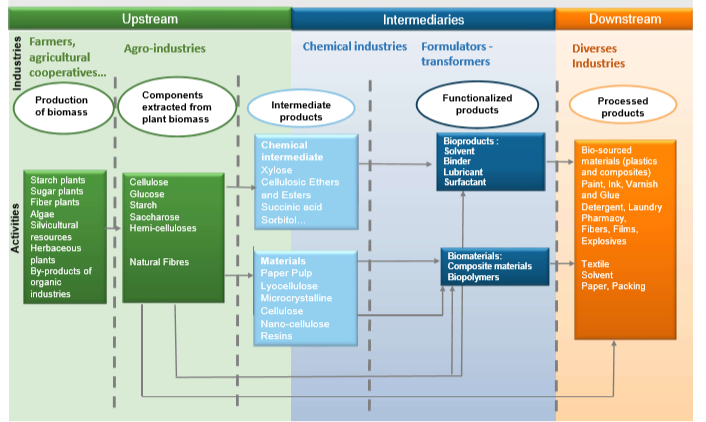
Glycoscience is an interdisciplinary ï¬eld, which leads to different industrial applications derived from physicochemical and/or biological properties of carbohydrates. This study aims to evaluate how glycoscience may act as a driving force to make research innovative and sustainable in industrial and/or commercial areas. To this end, the two main properties of carbohydrate molecules were rationalized […]
Theoretical and Experimental Understanding the Biosynthesis of Starch Granules in a Physiological Context
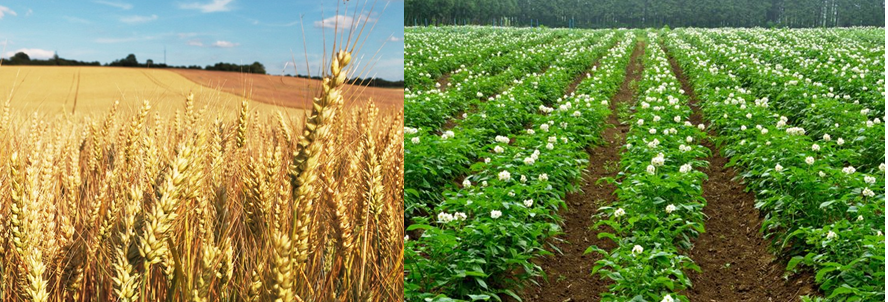
Starch, a plant-derived insoluble carbohydrate composed of glucose polymers, is the principal carbohydrate in our diet and valuable raw material for industry. The properties of starch depend on the arrangement of glucose units within the constituent polymers. However, key aspects of starch structure and the underlying biosynthetic processes are not well understood, limiting progress towards […]
Cryo–electron Microscopy Structures of Human Oligosaccharyltransferase Complexes OST-A and OST-B
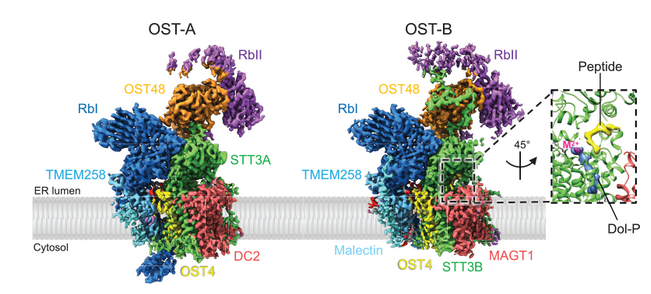
Oligosaccharyltransferase (OST) catalyzes the transfer of a high-mannose glycan onto secretory proteins in the endoplasmic reticulum. Mammals express two distinct OST complexes that act in a cotranslational (OST-A) or post-translational (OST-B) manner. The article reports the high-resolution cryo-electron microscopy structures of human OST-A and OST-B. These structures have similar overall architectures. These structures provide insight […]
Structure and Engineering of Tandem Repeat Lectins

Through their ability to bind complex glycoconjugates, lectins have unique specificity and potential for biomedical and biotechnological applications. In particular, lectins with short repeated peptides forming carbohydrate-binding domains are not only of high interest for understanding protein evolution but can also be used as a scaffold for engineering novel receptors. Synthetic glycobiology now provides the […]